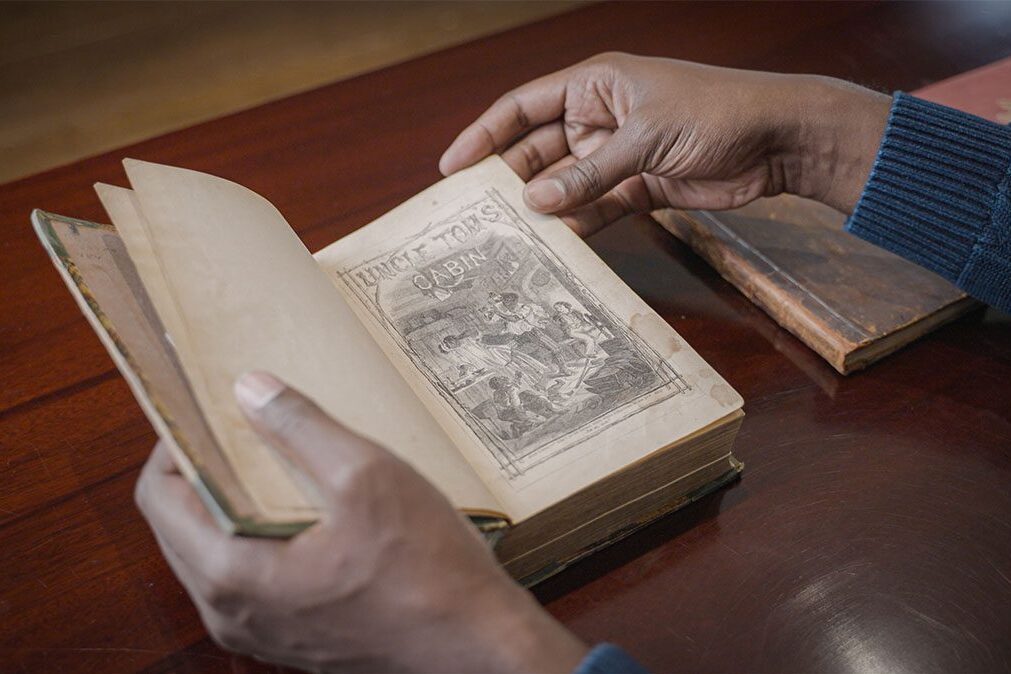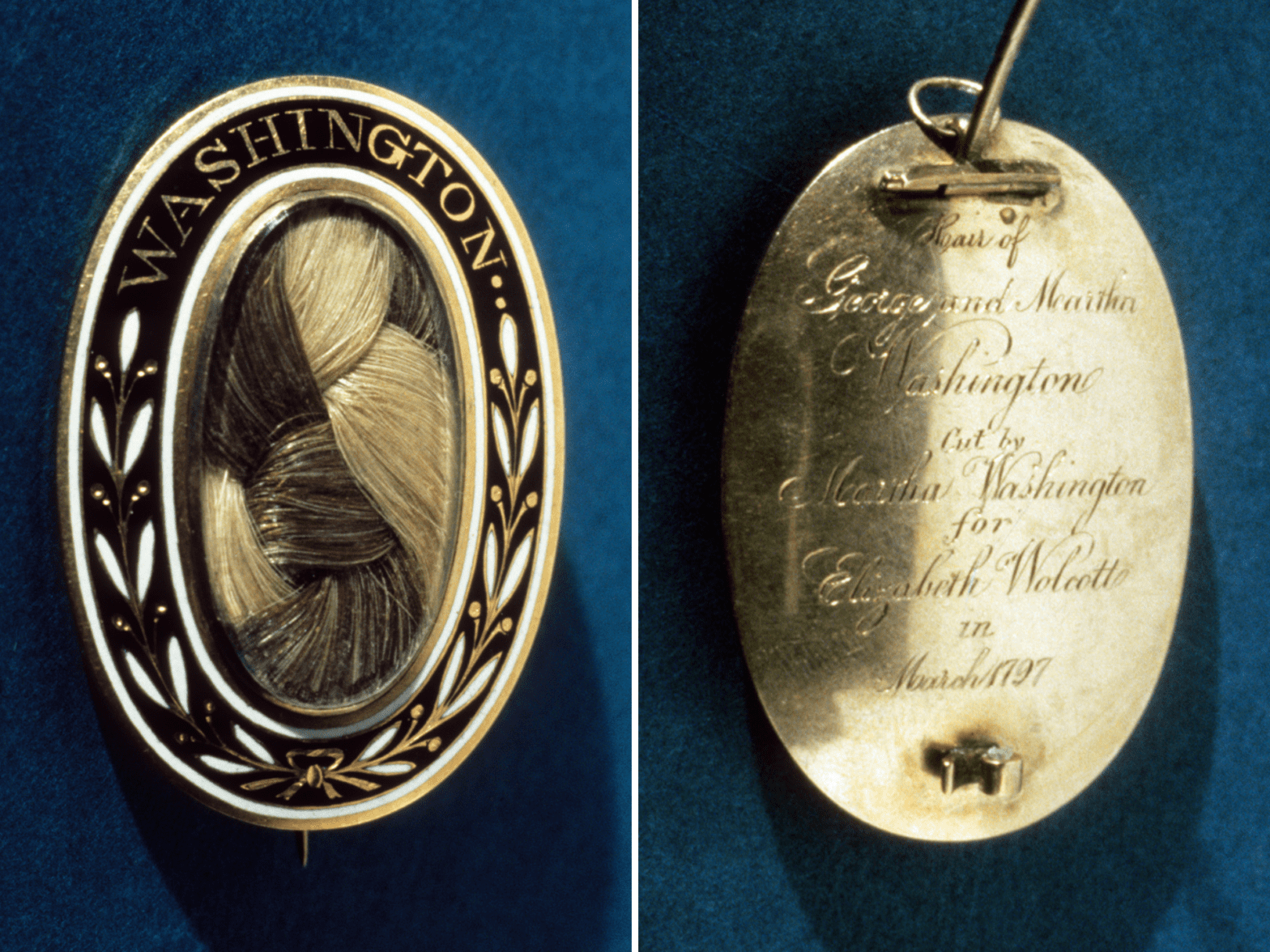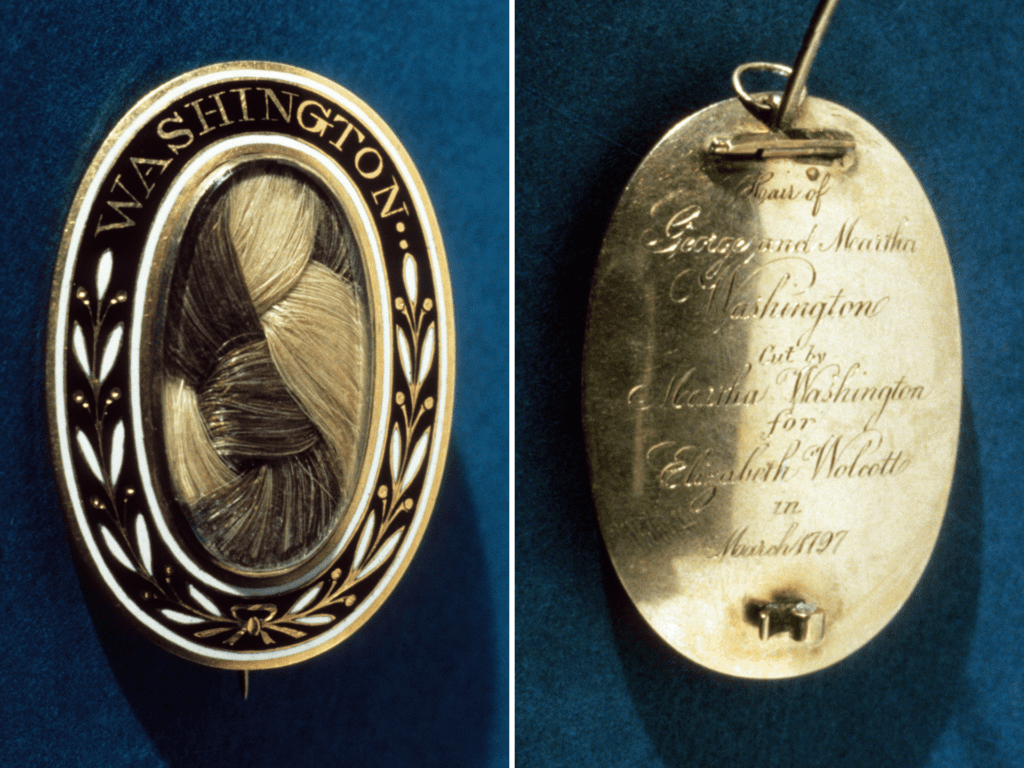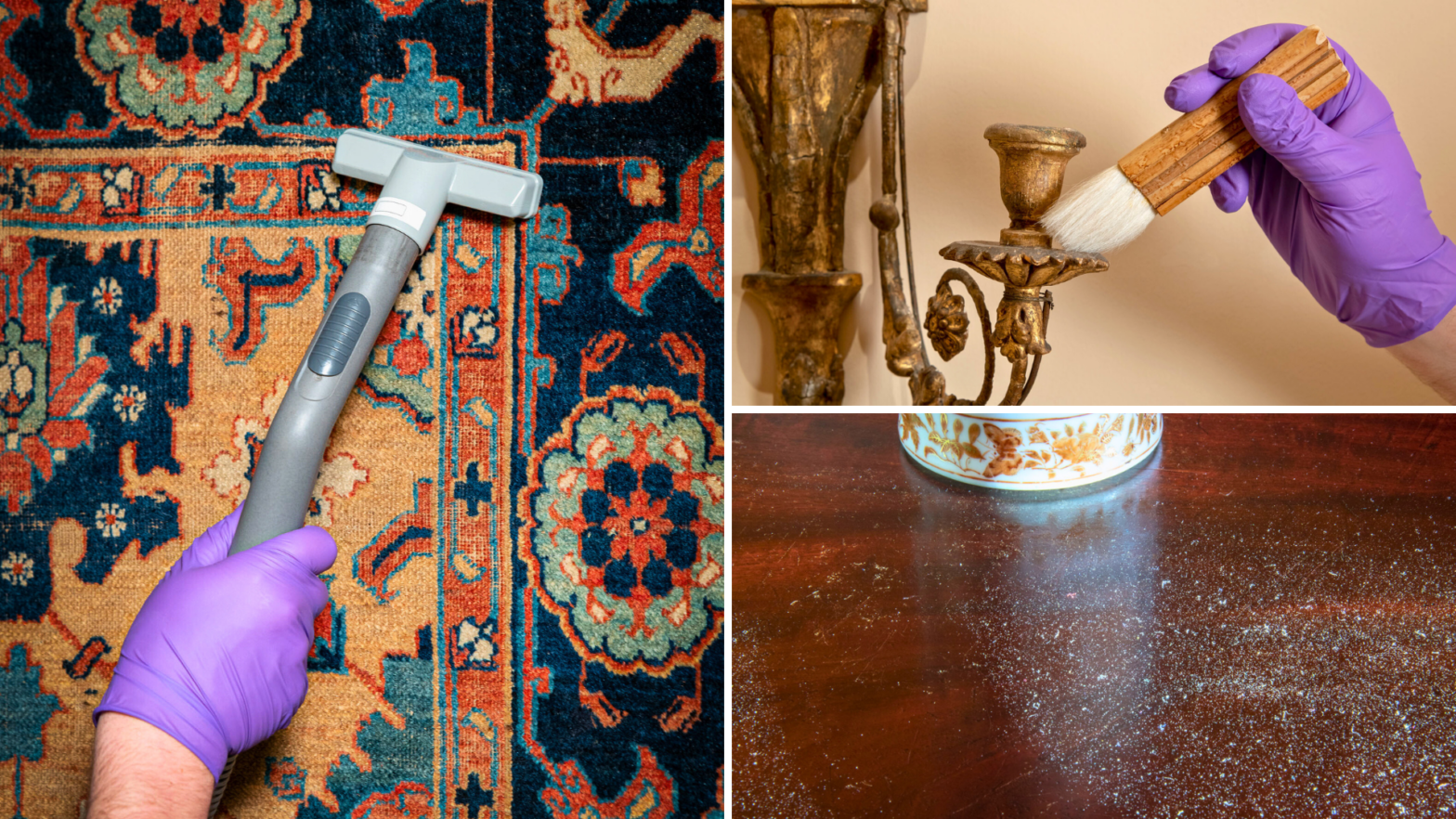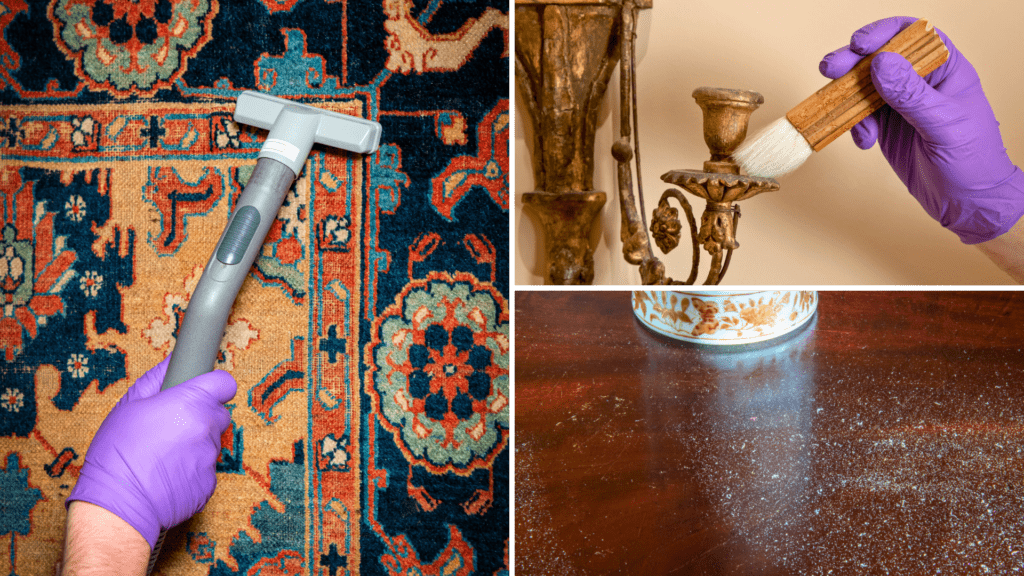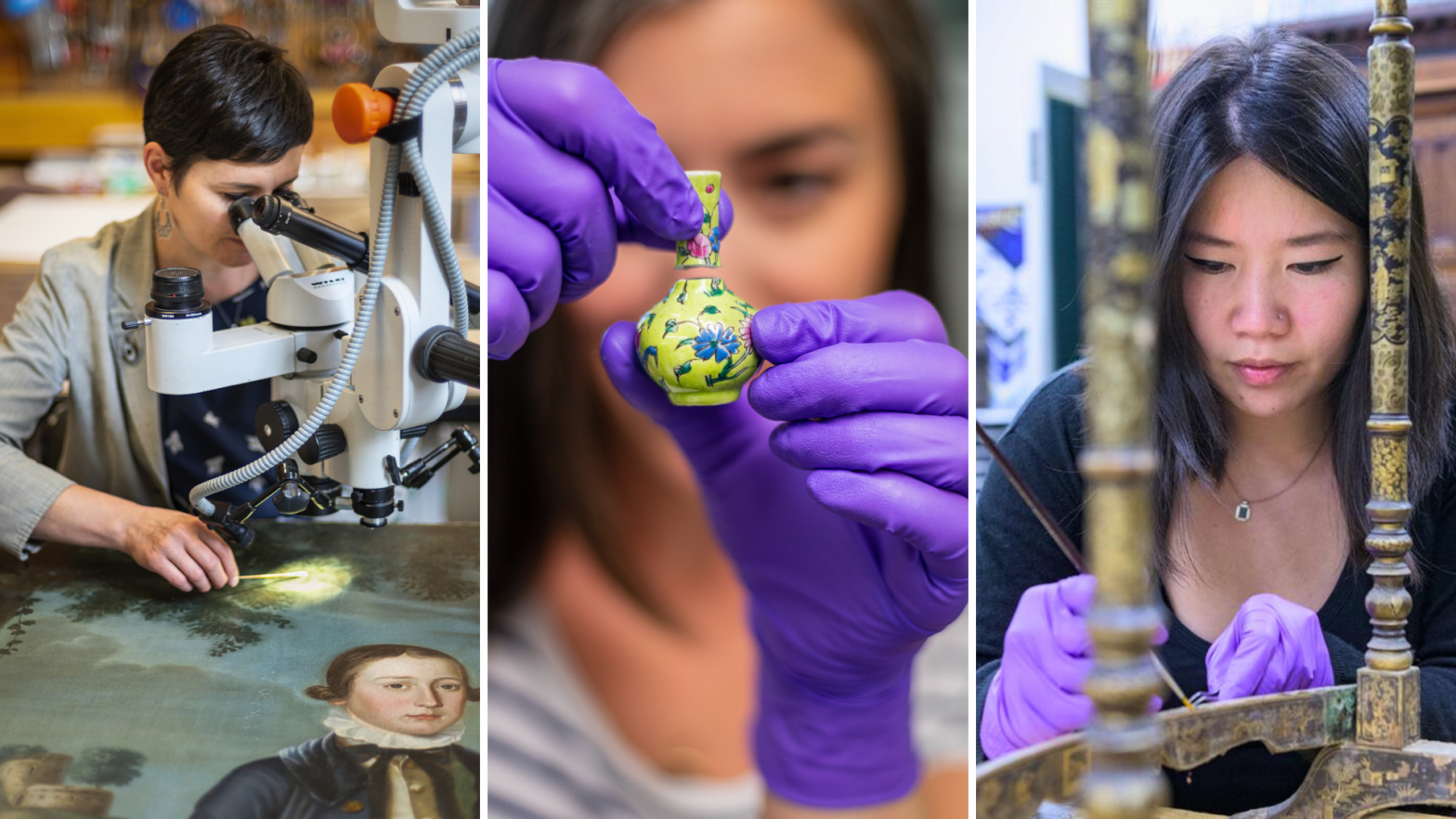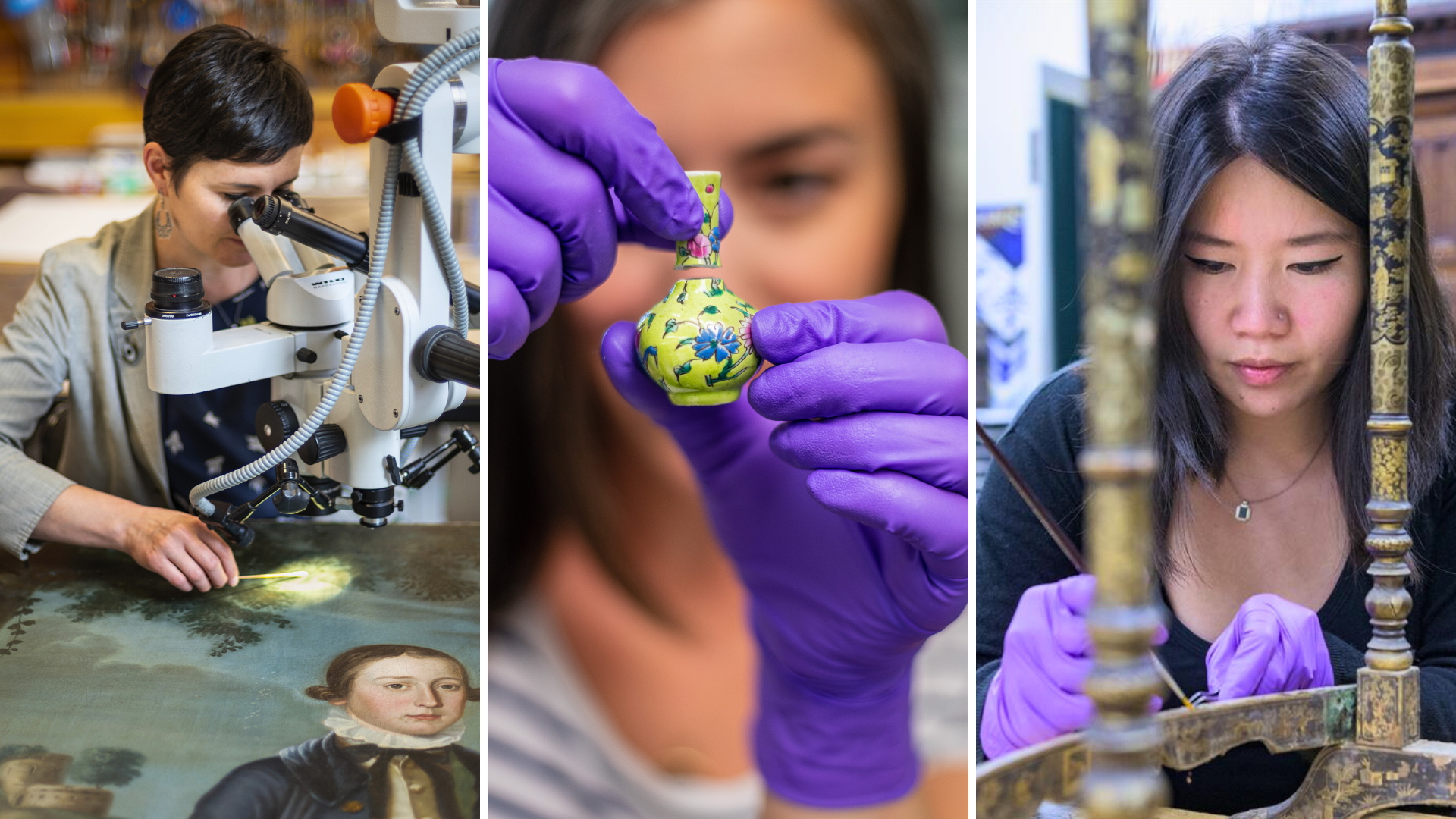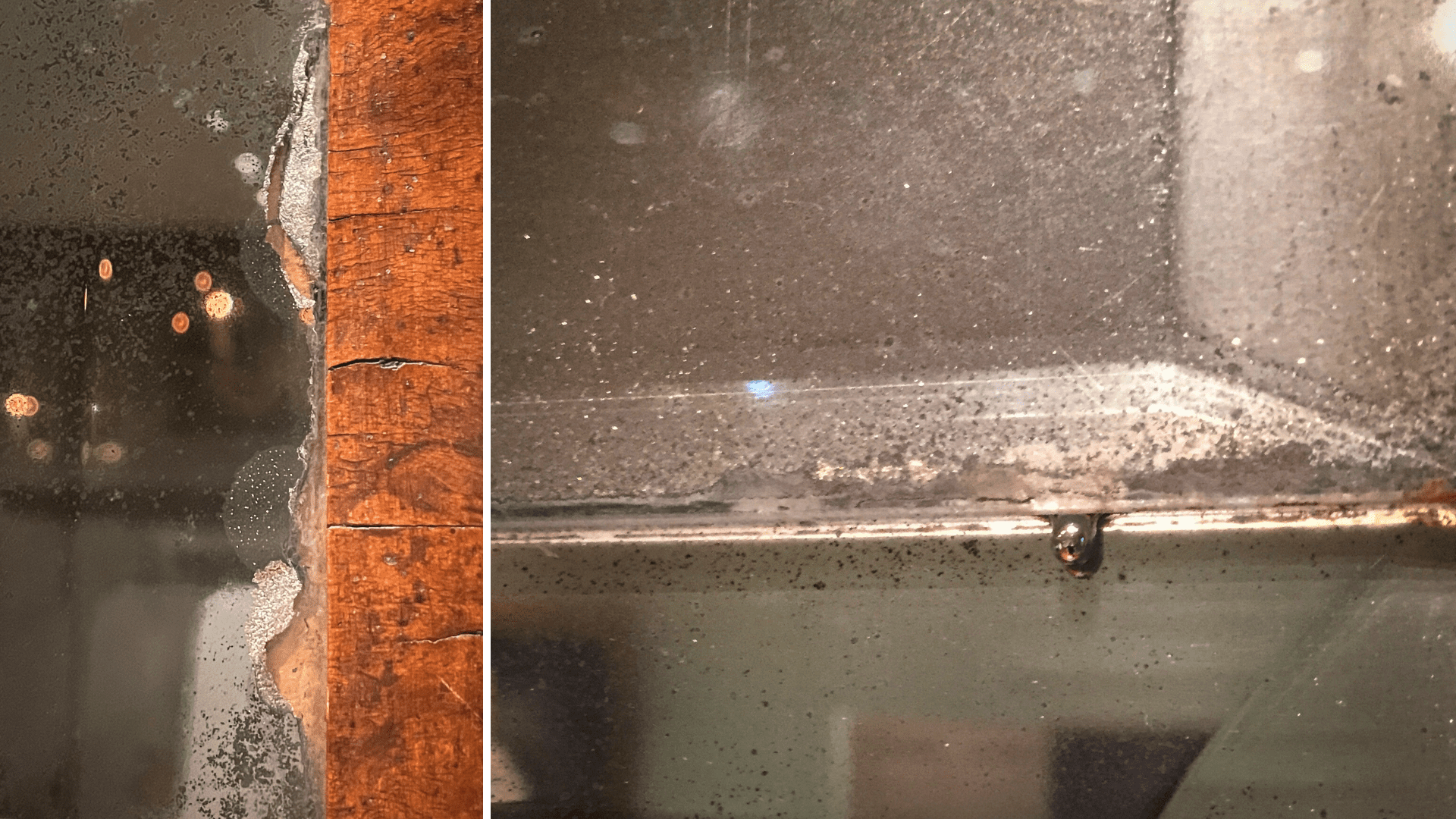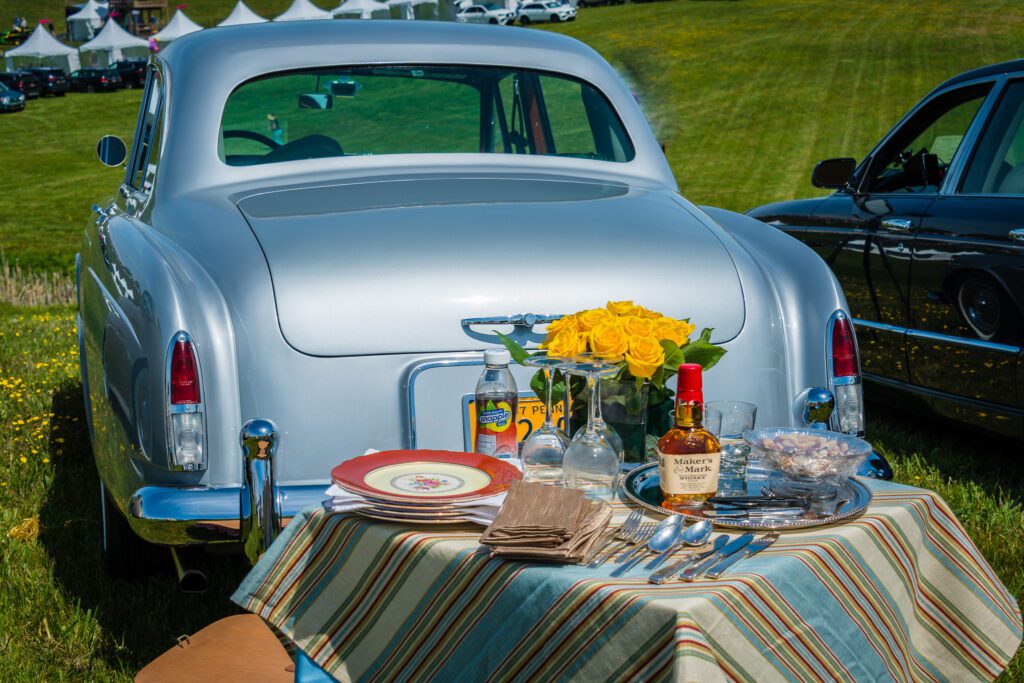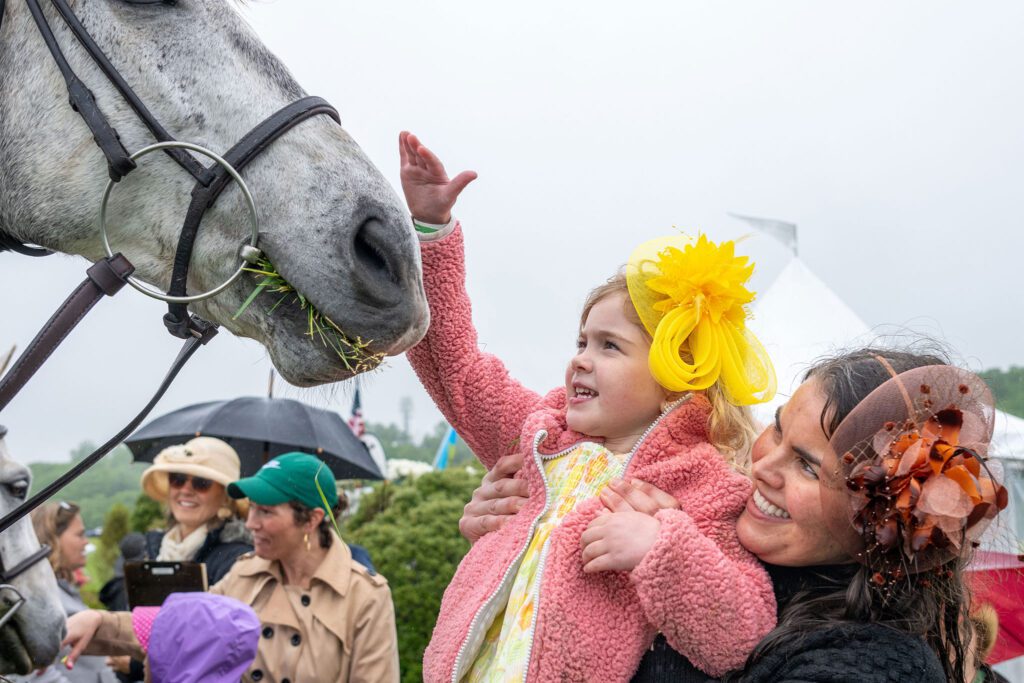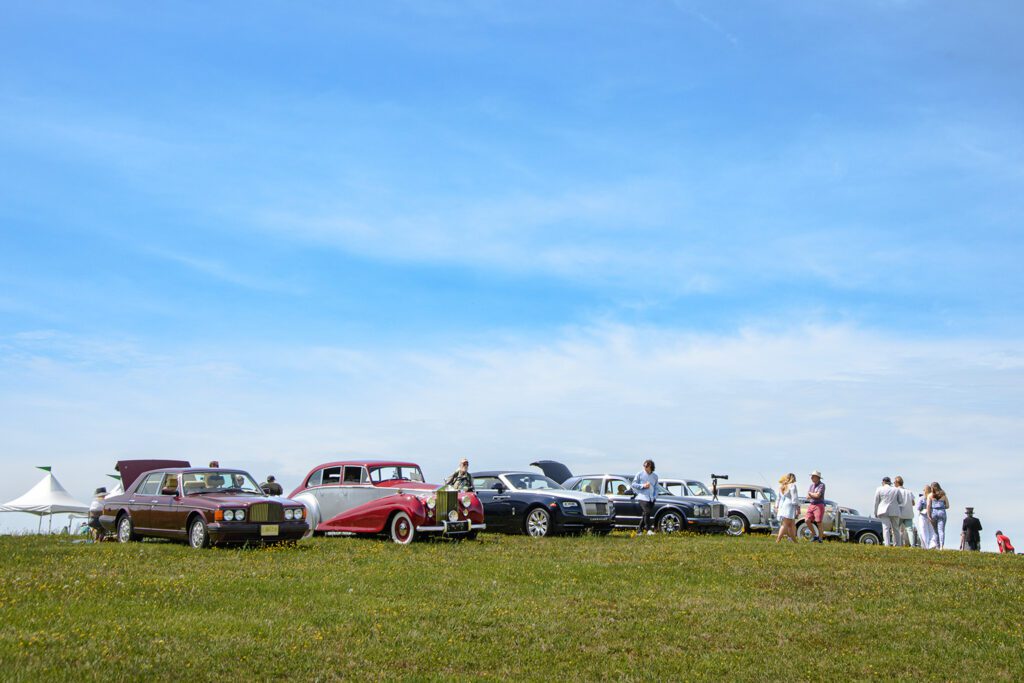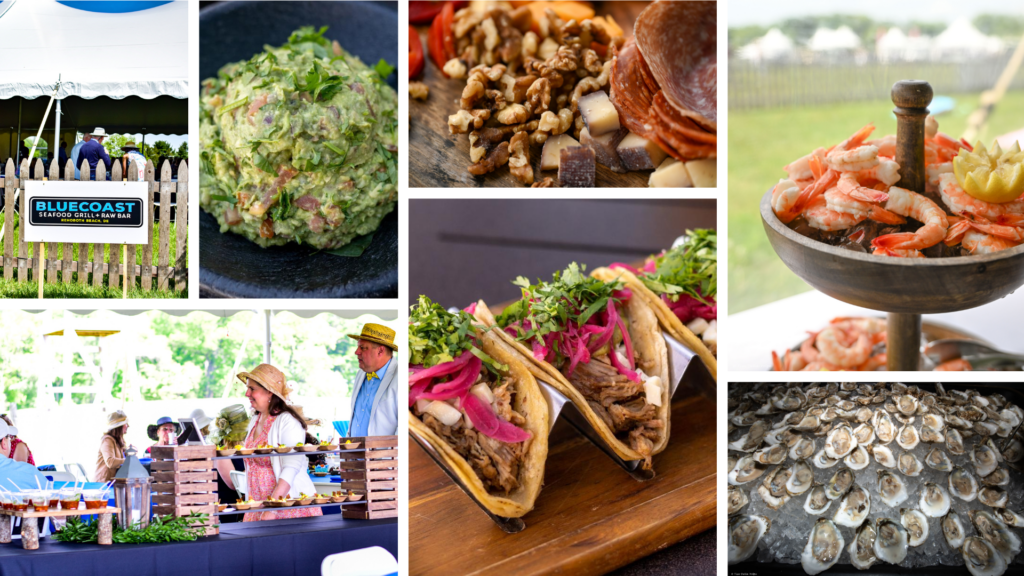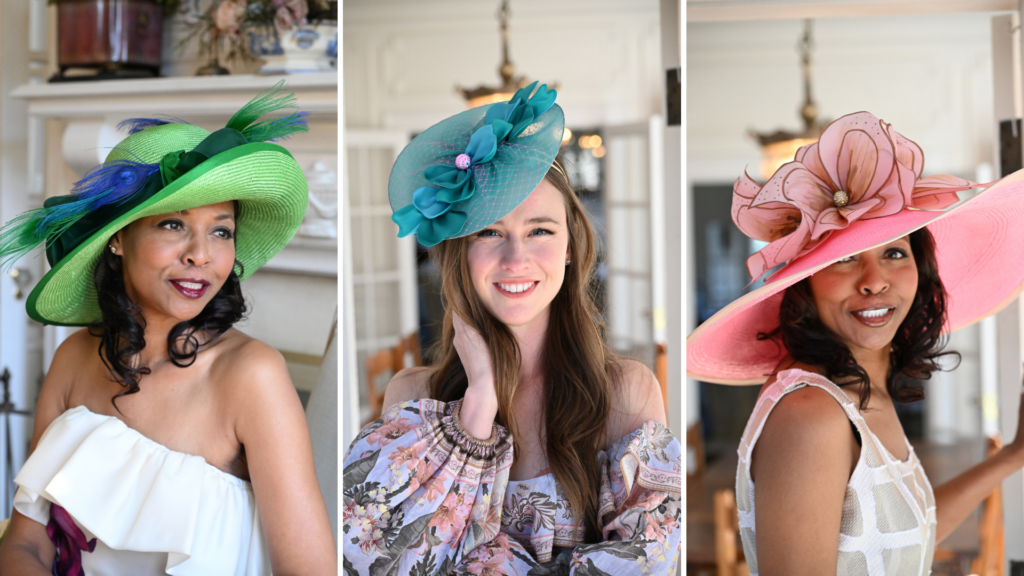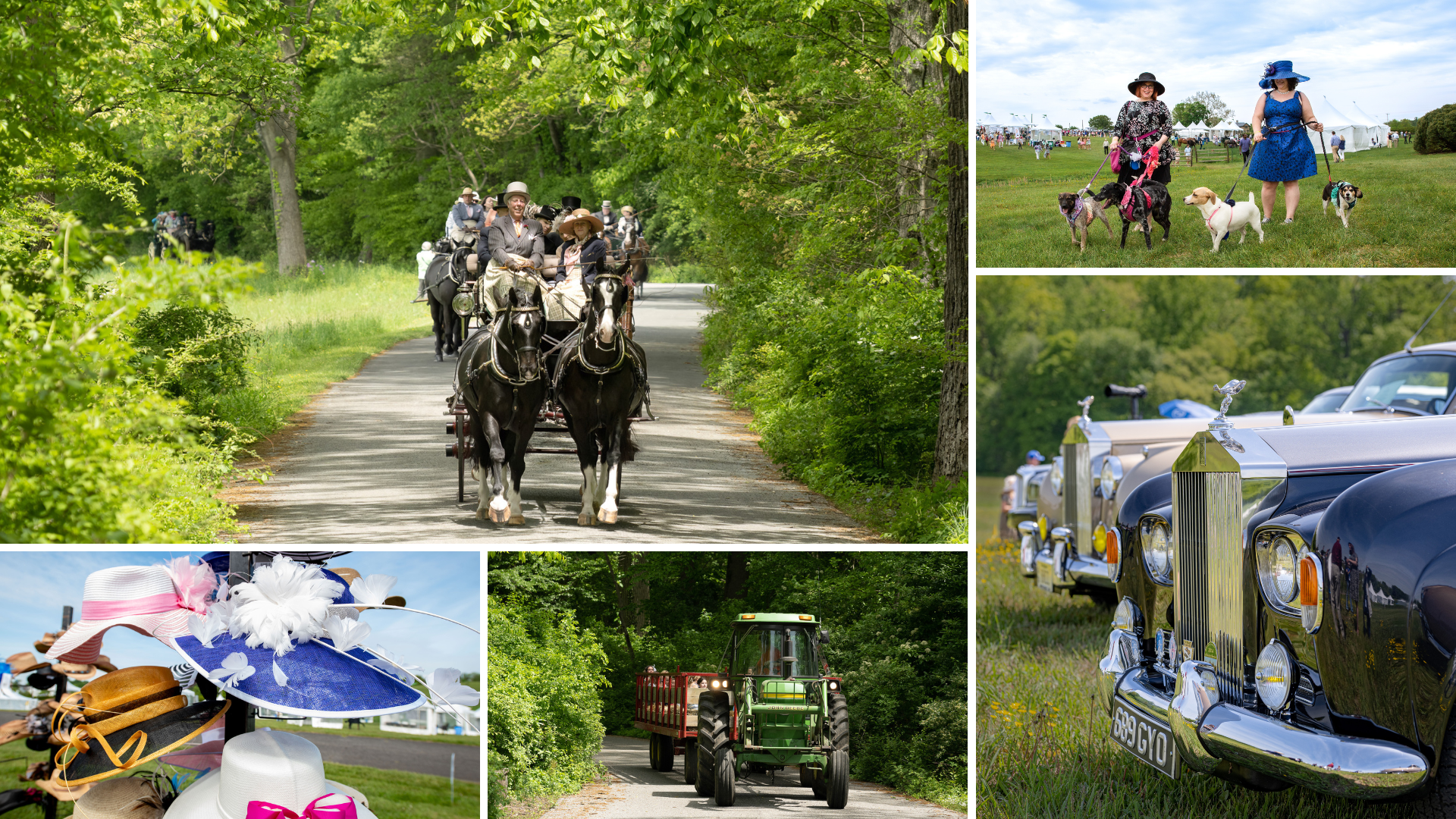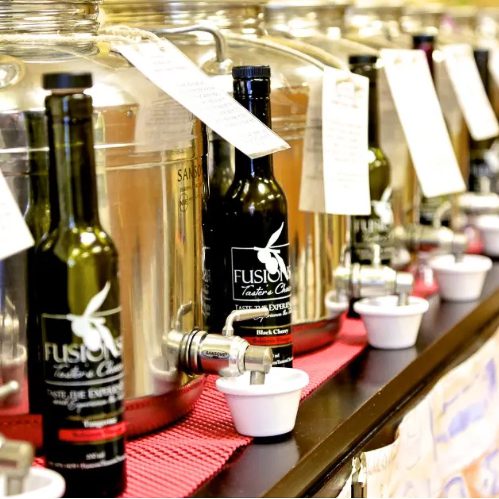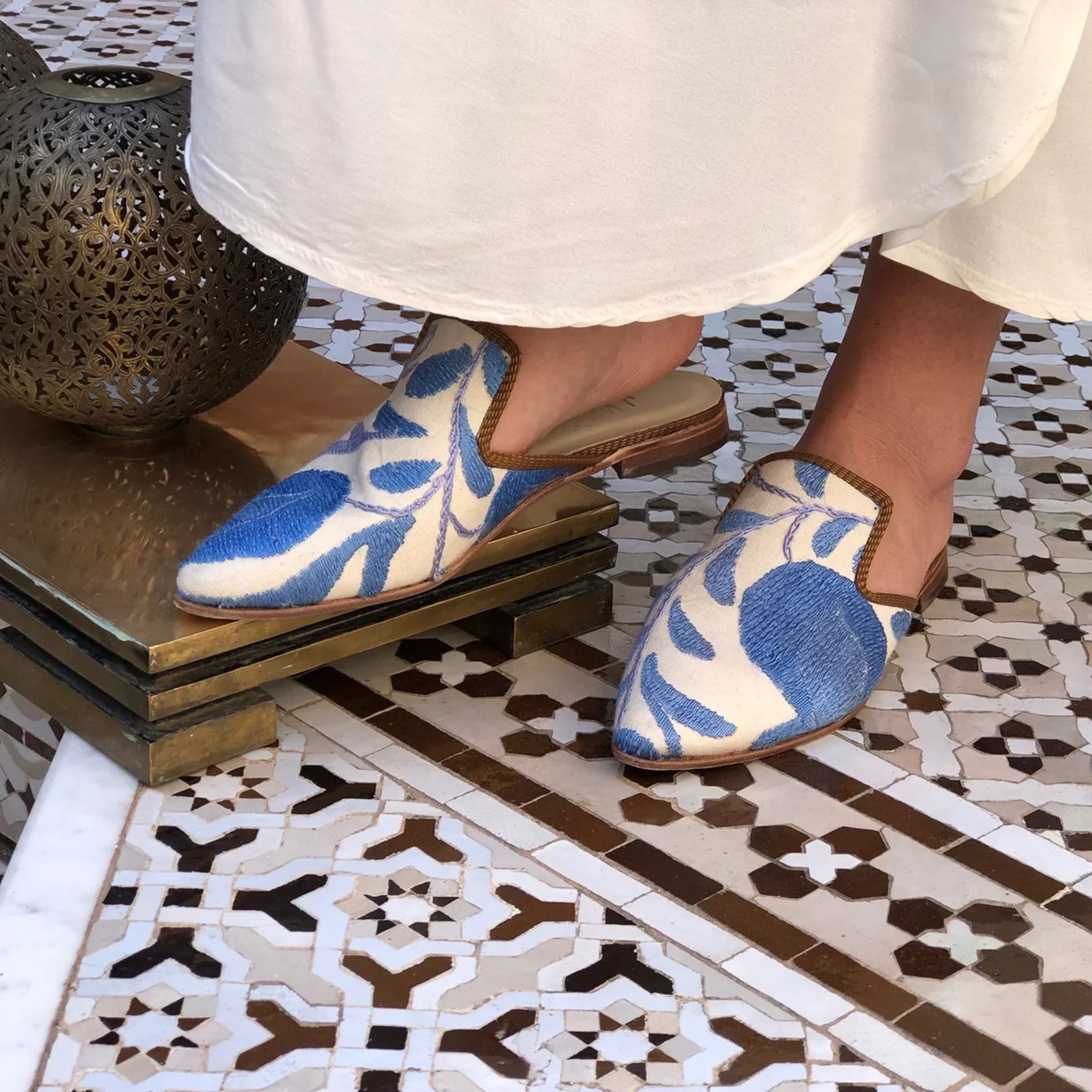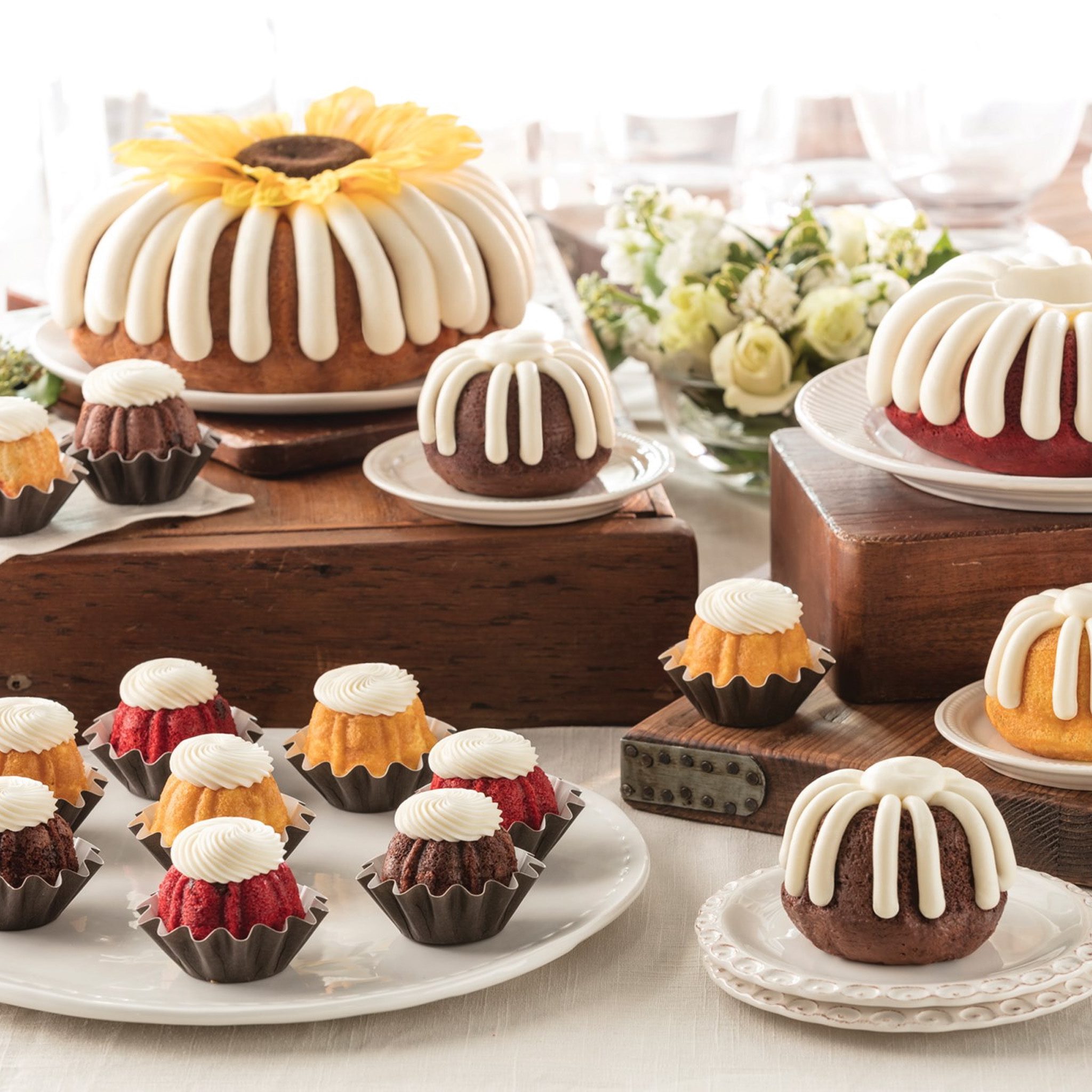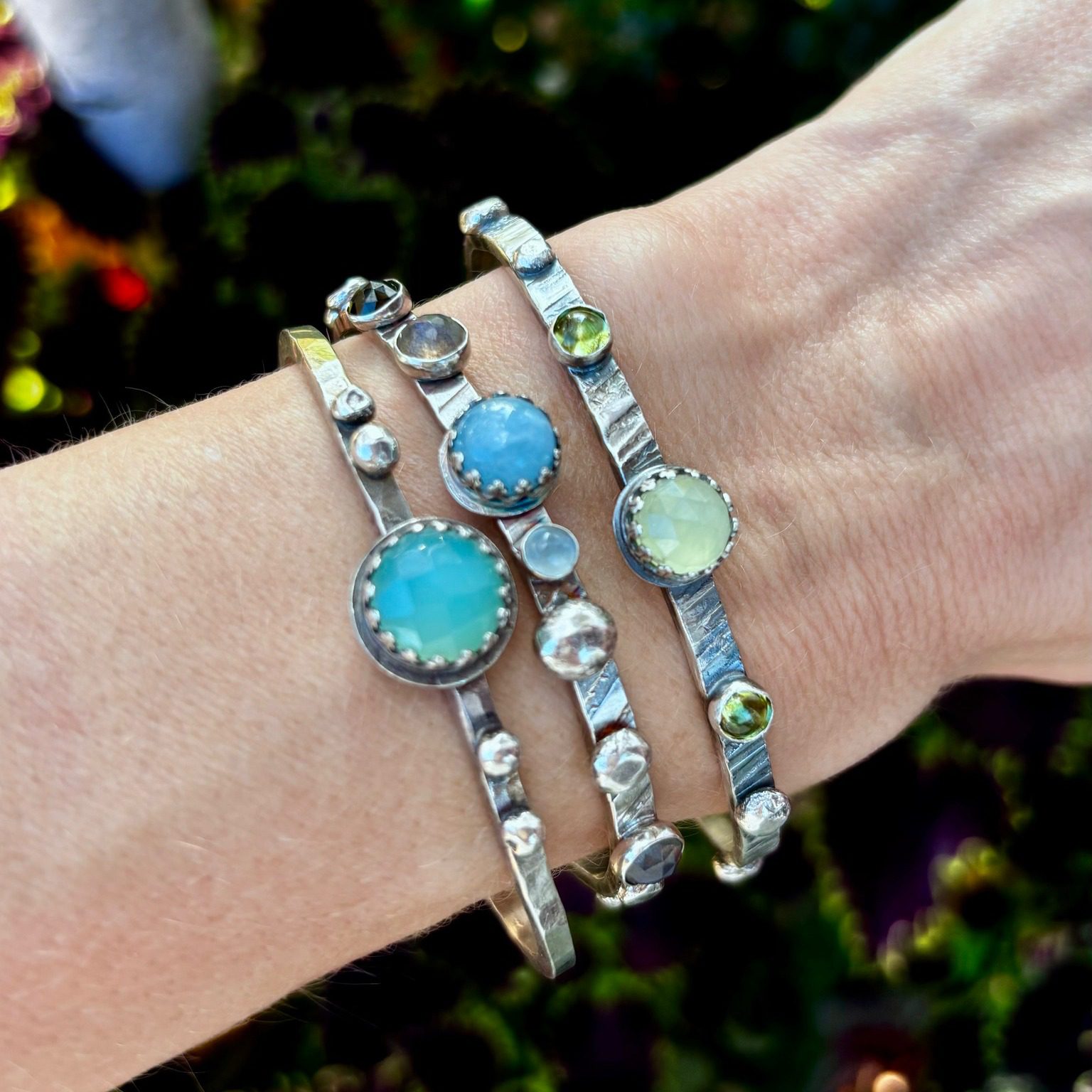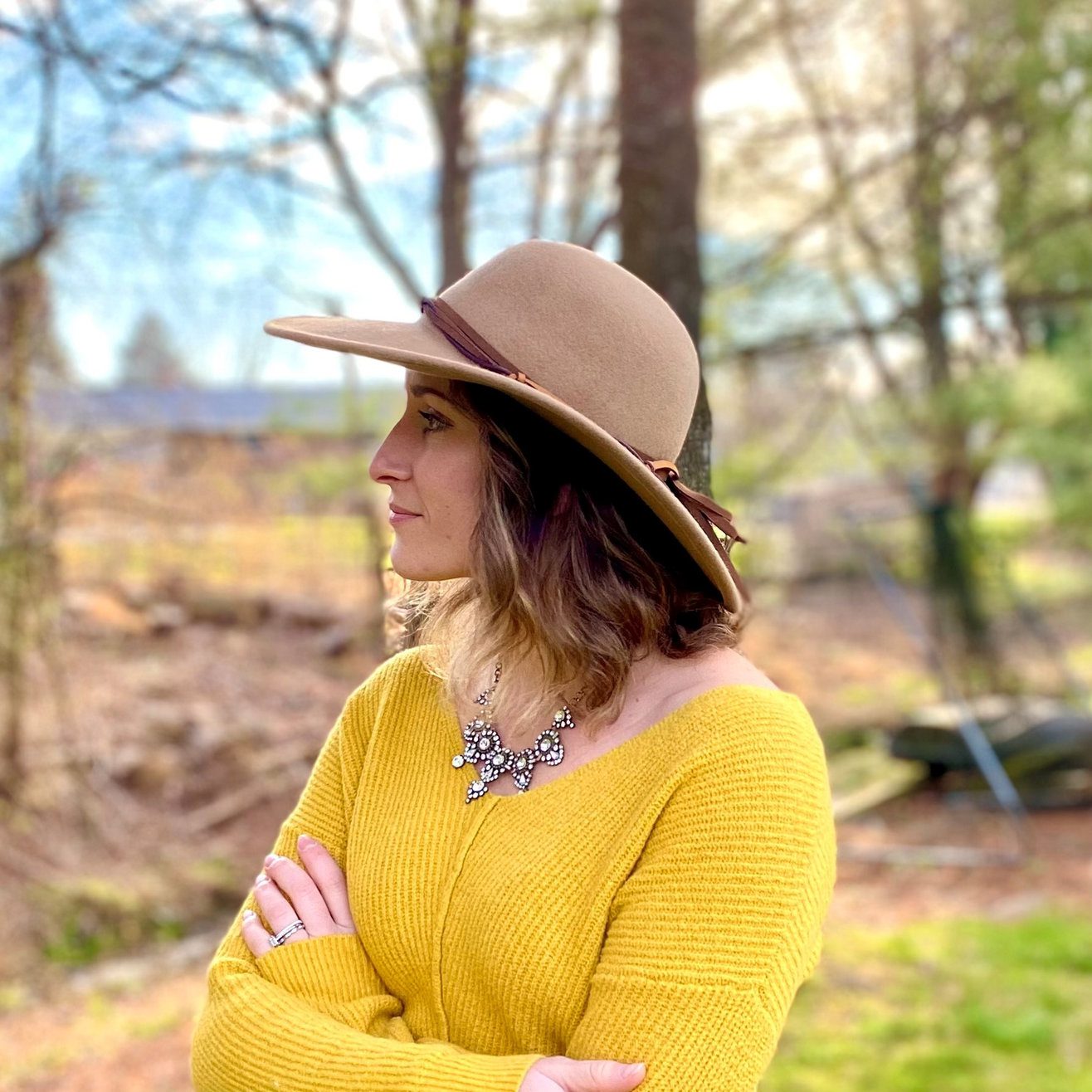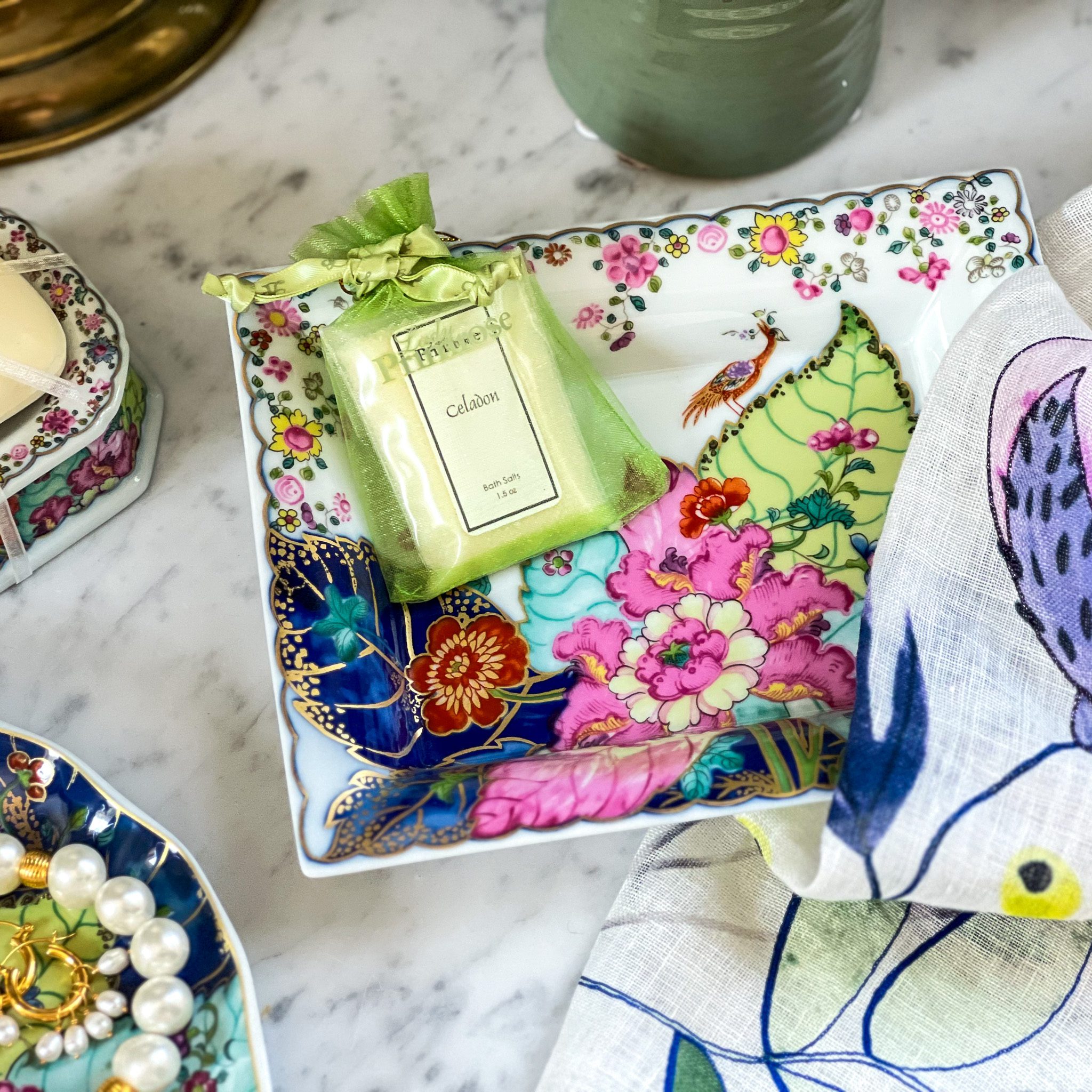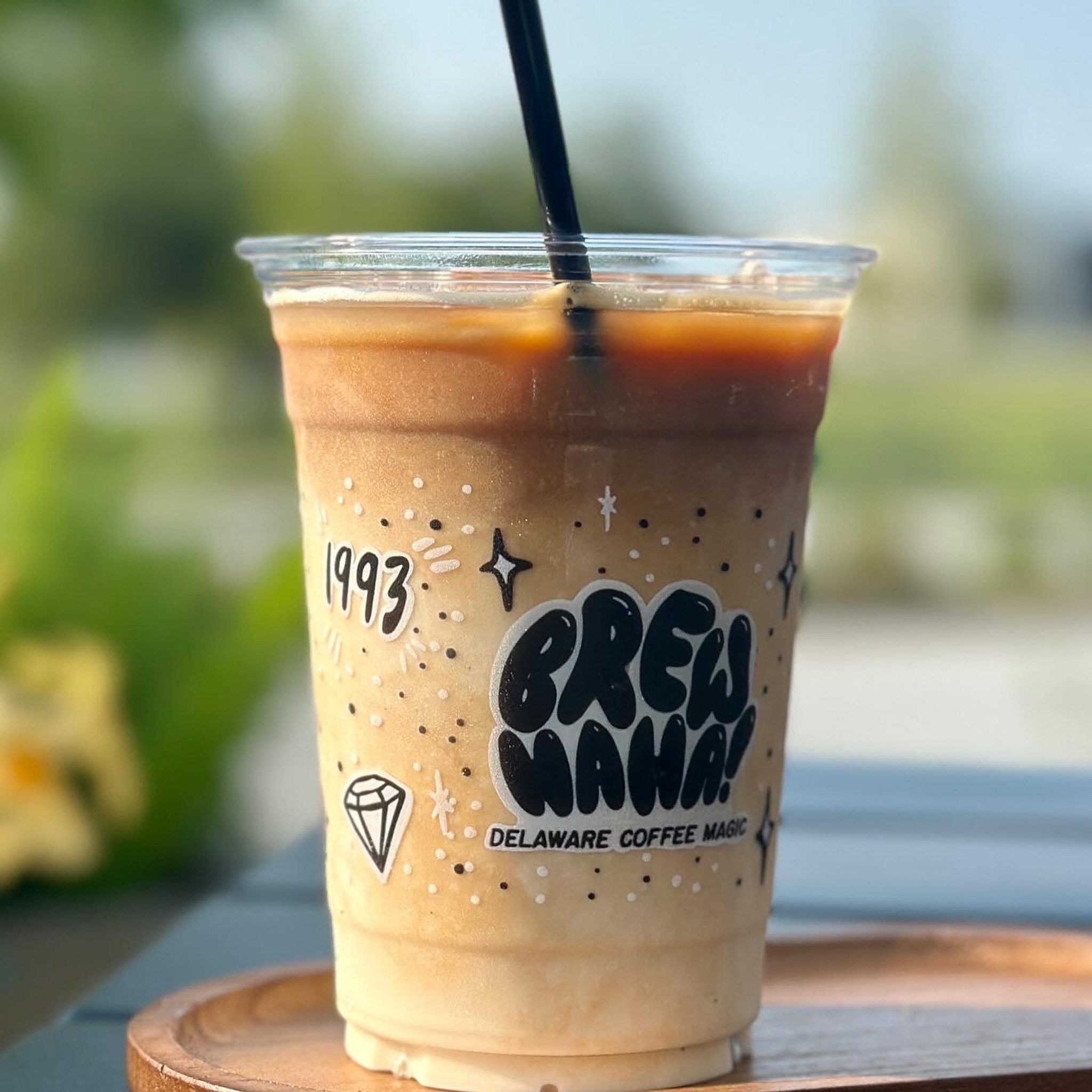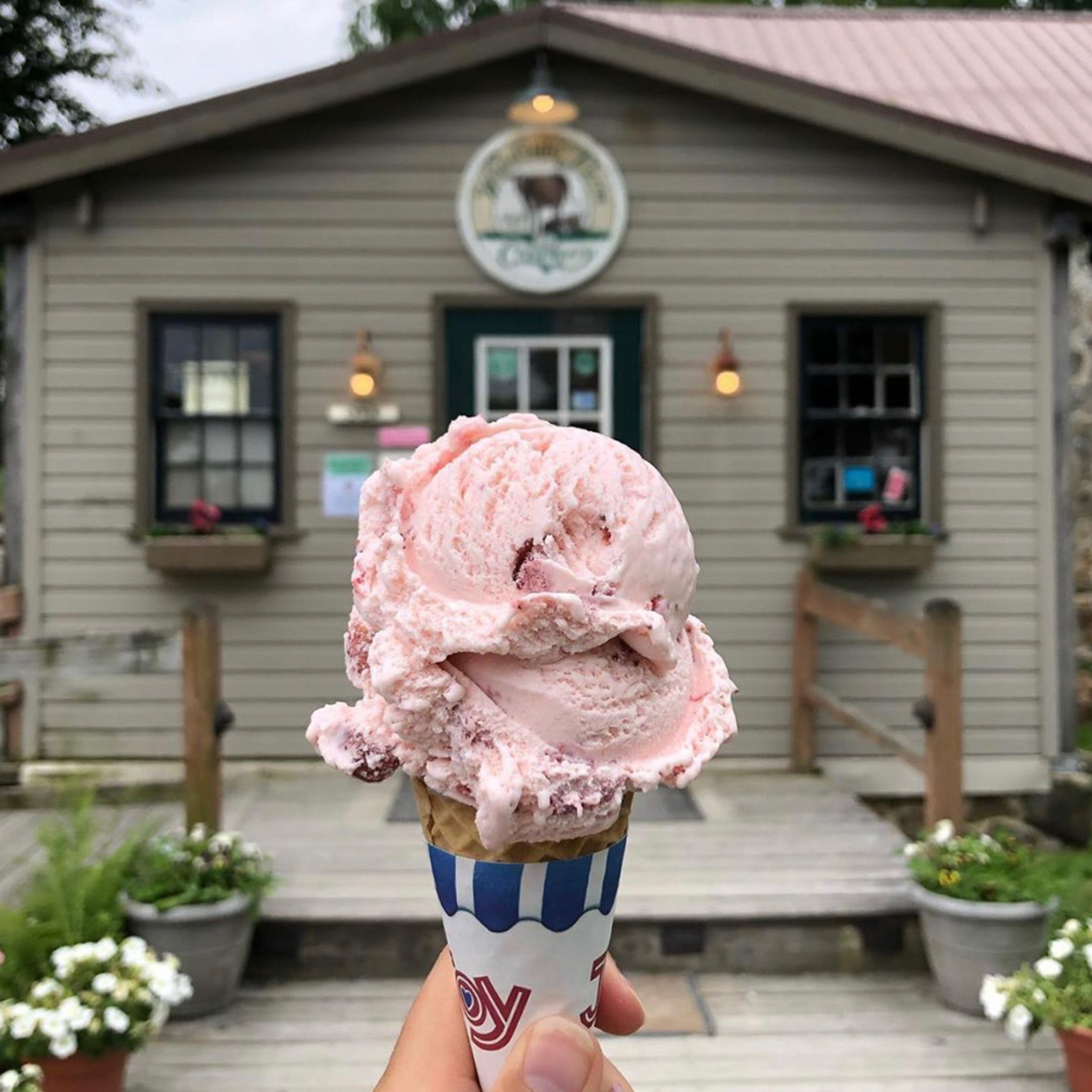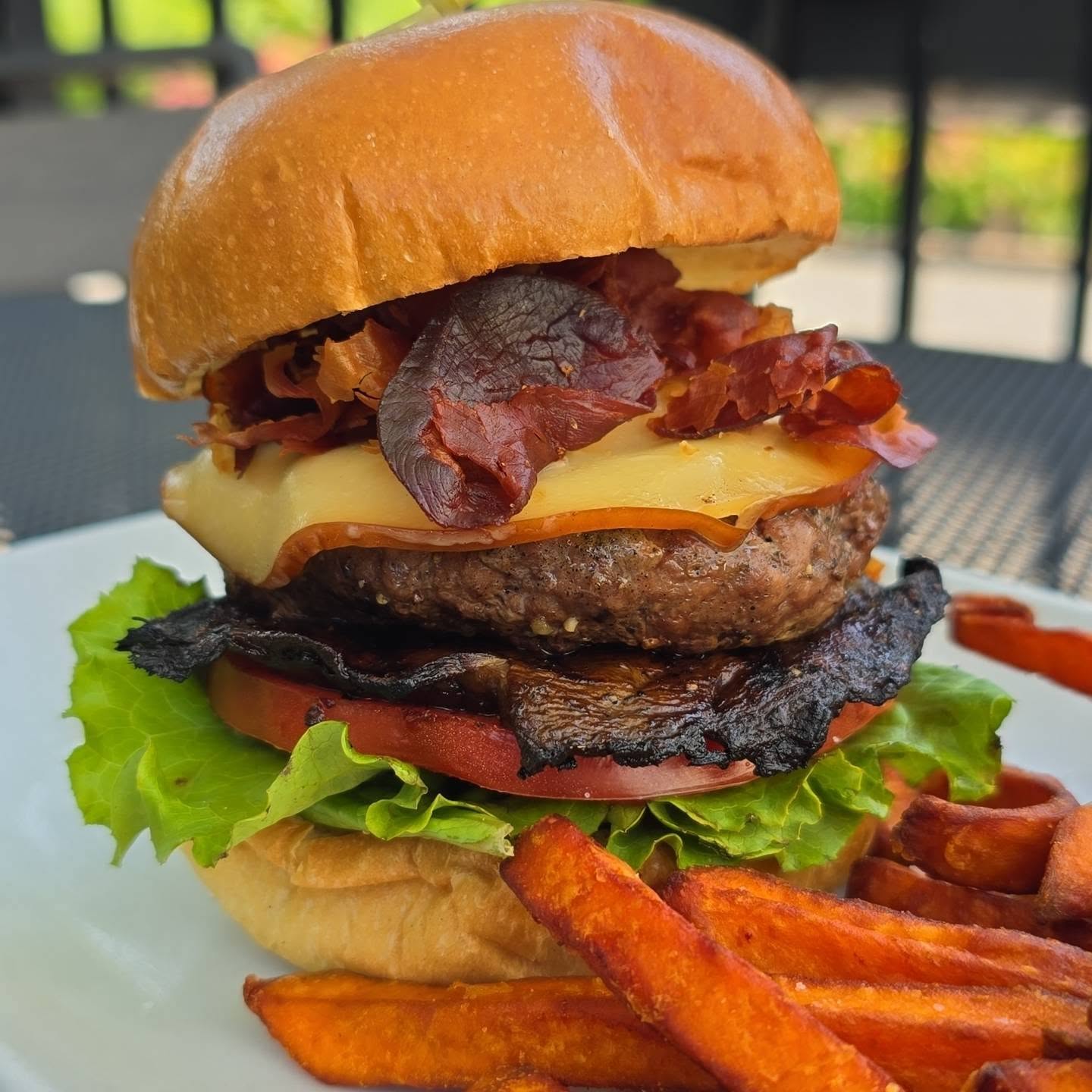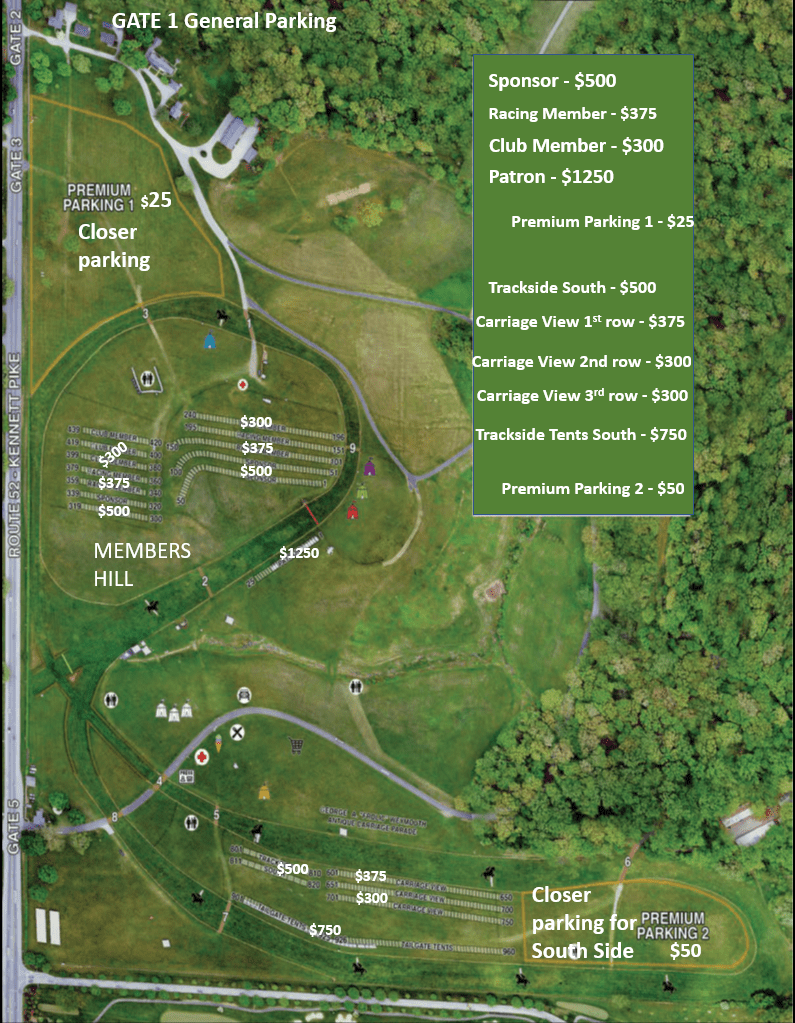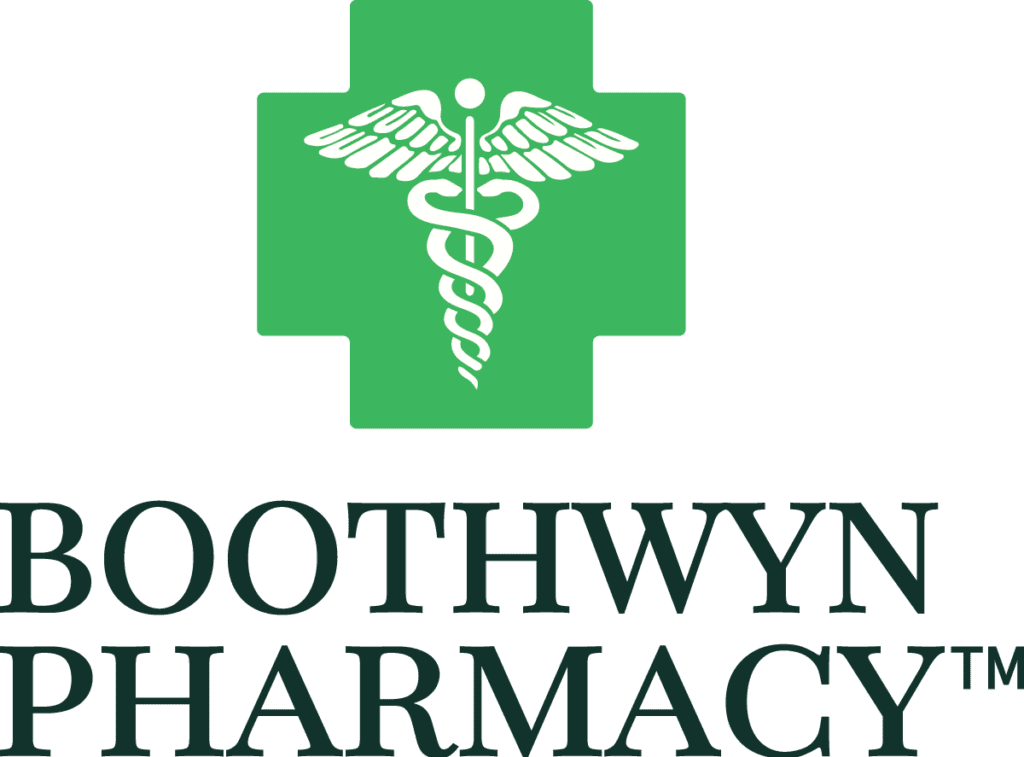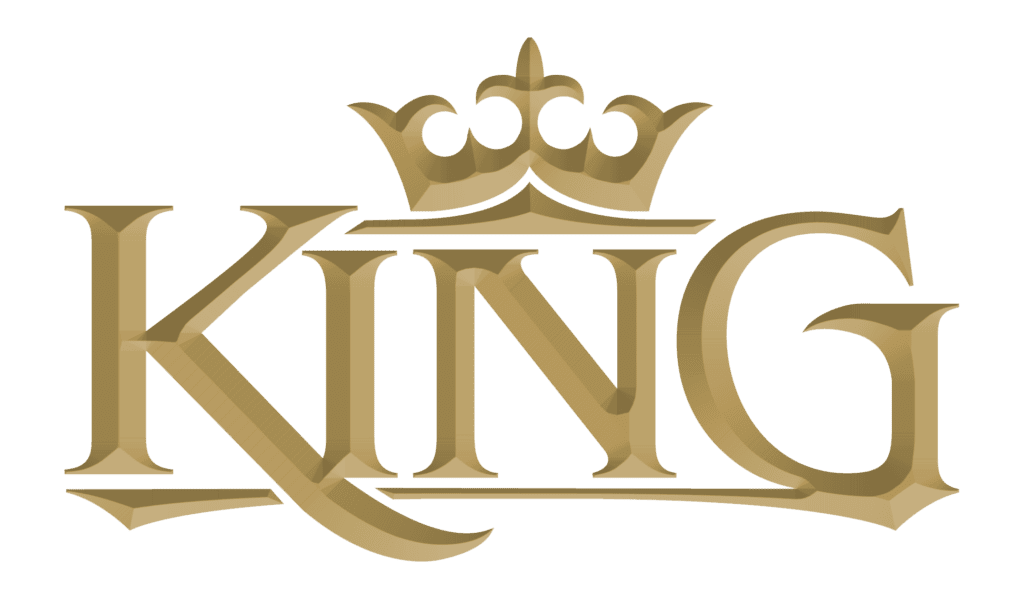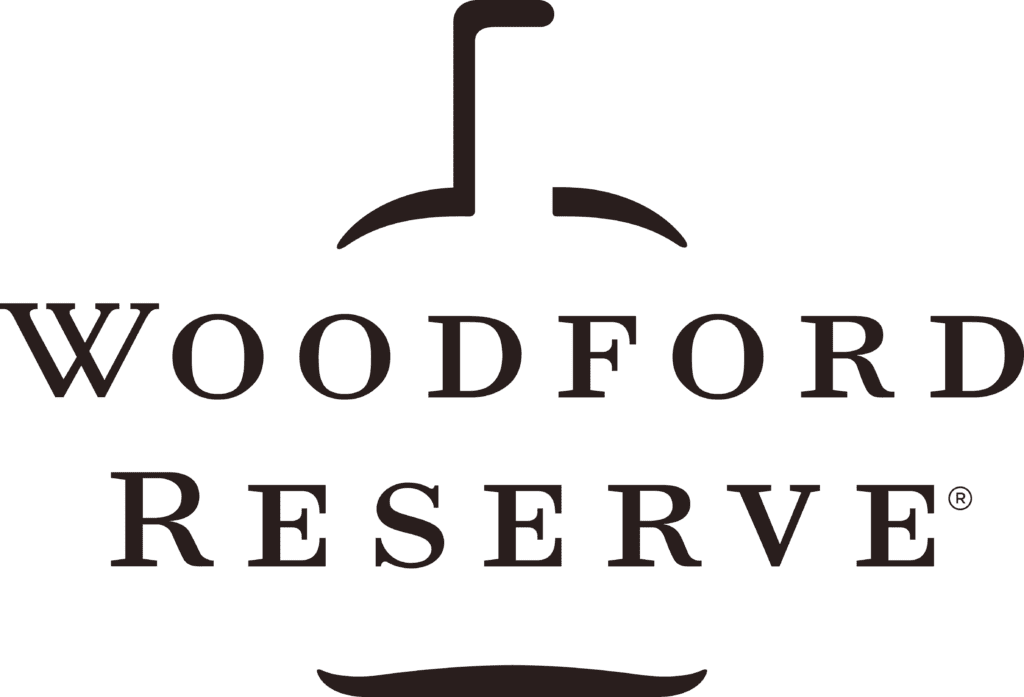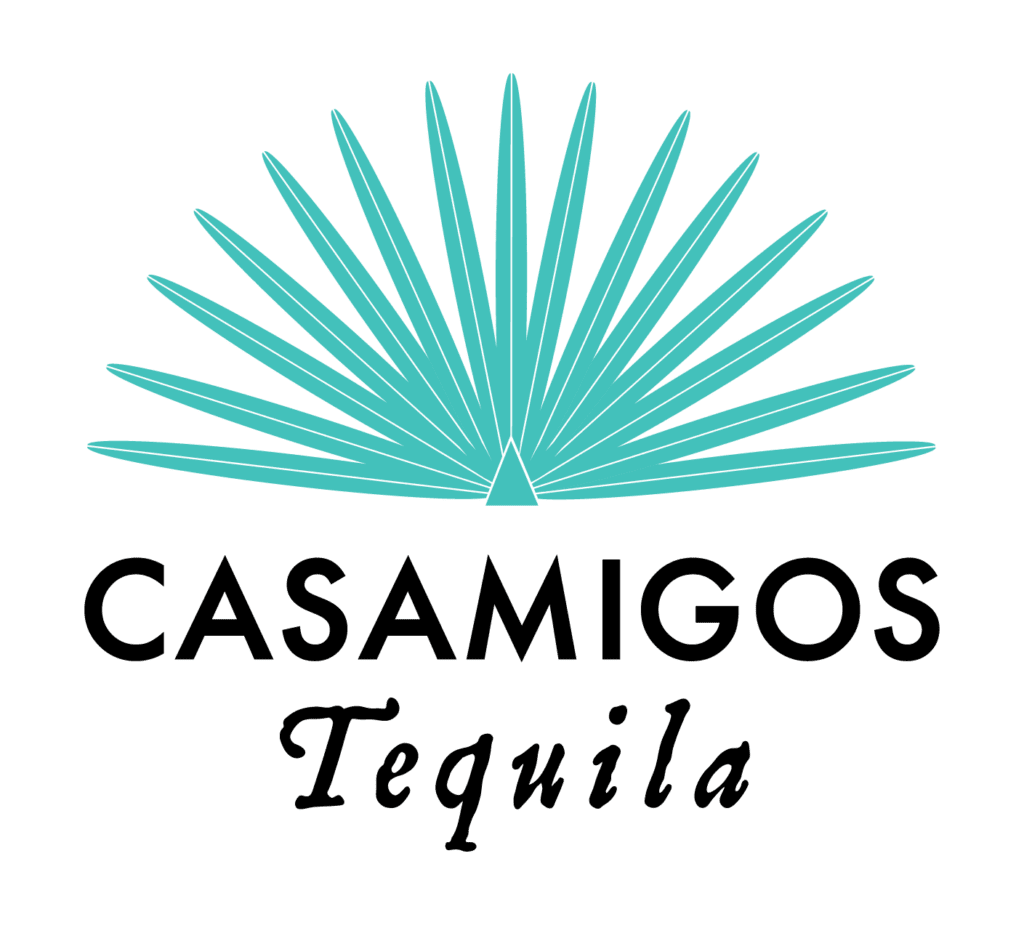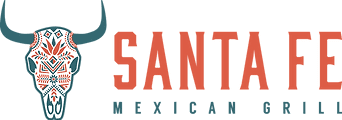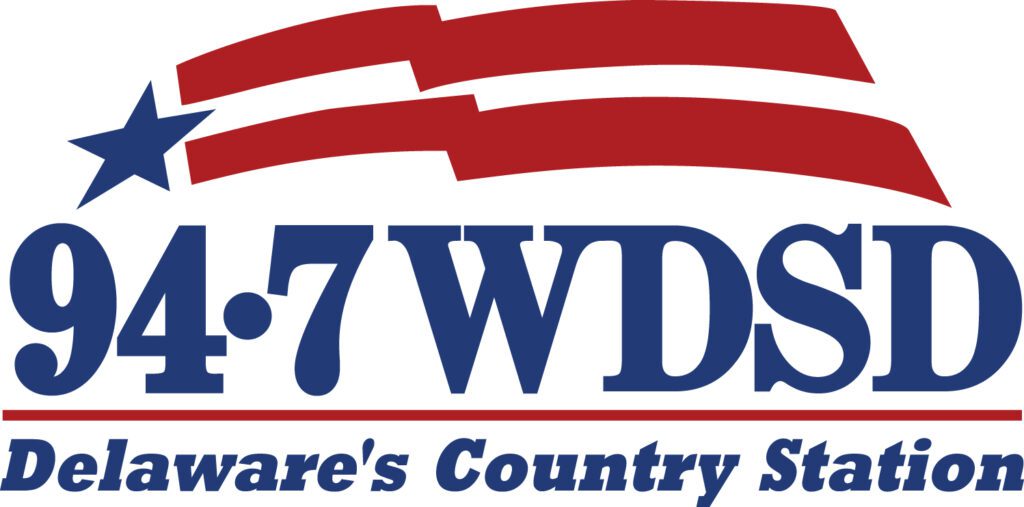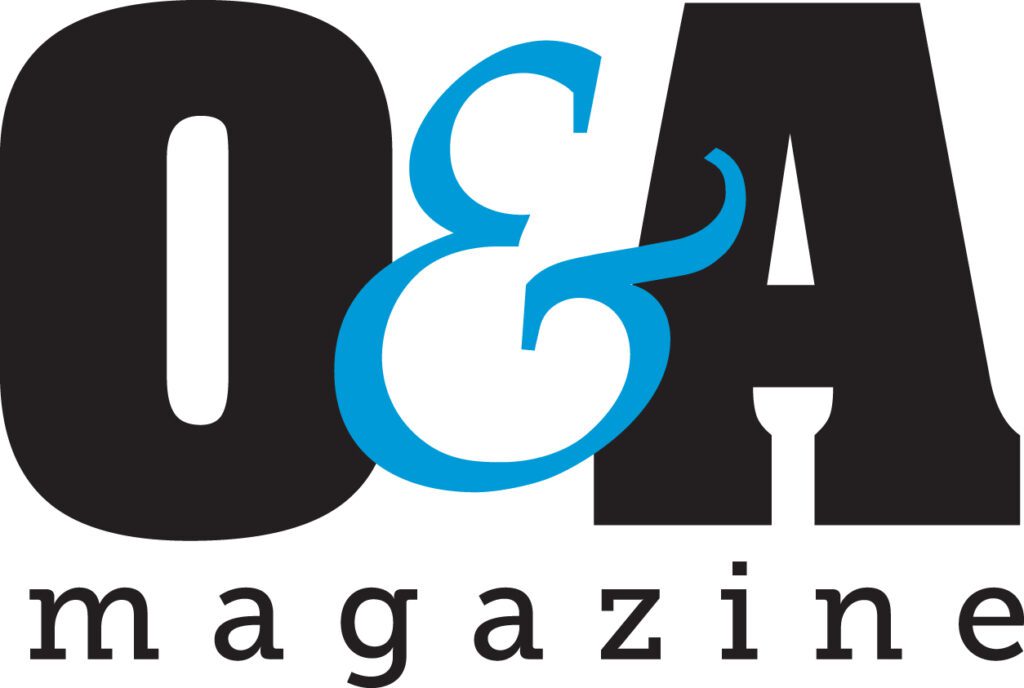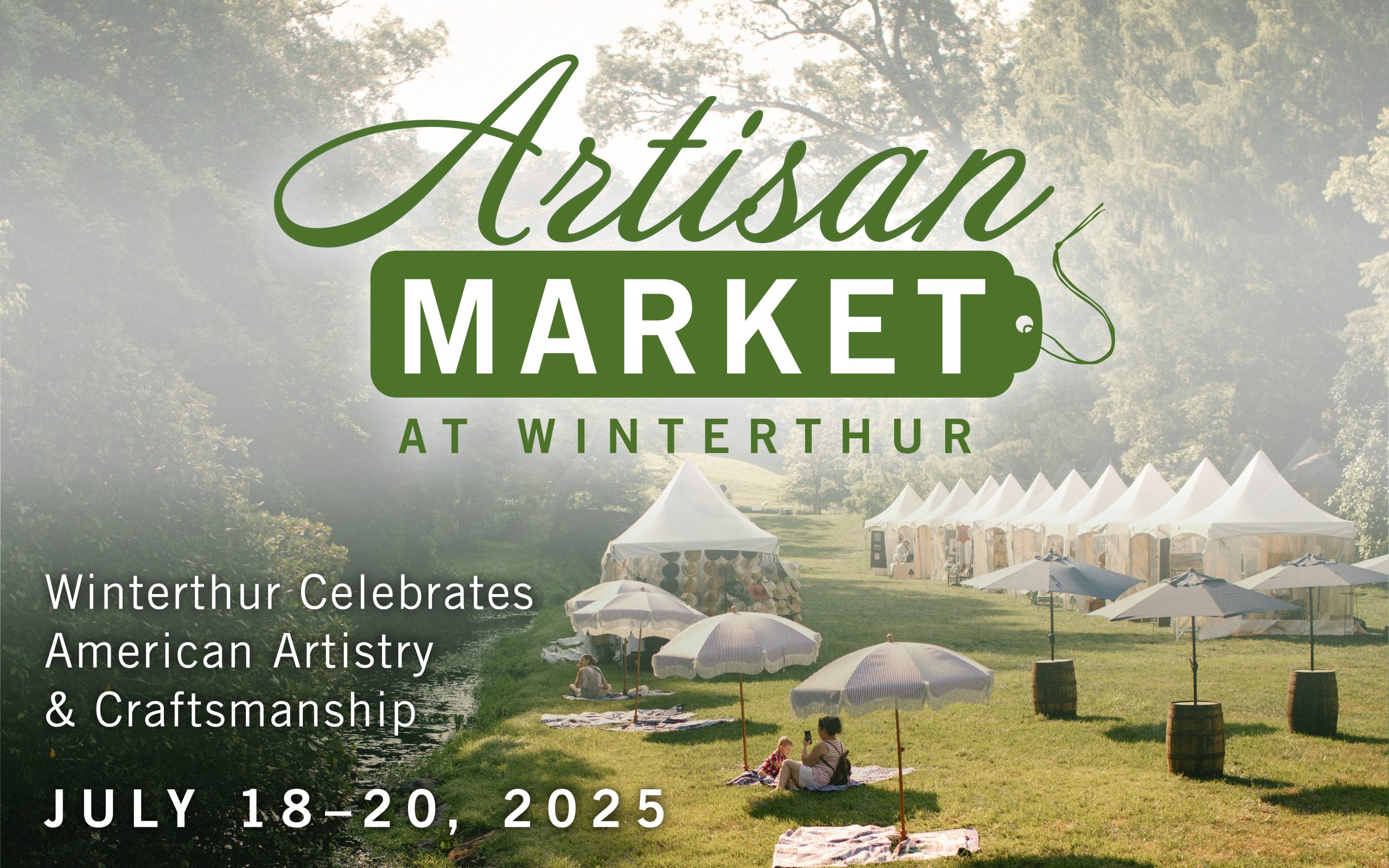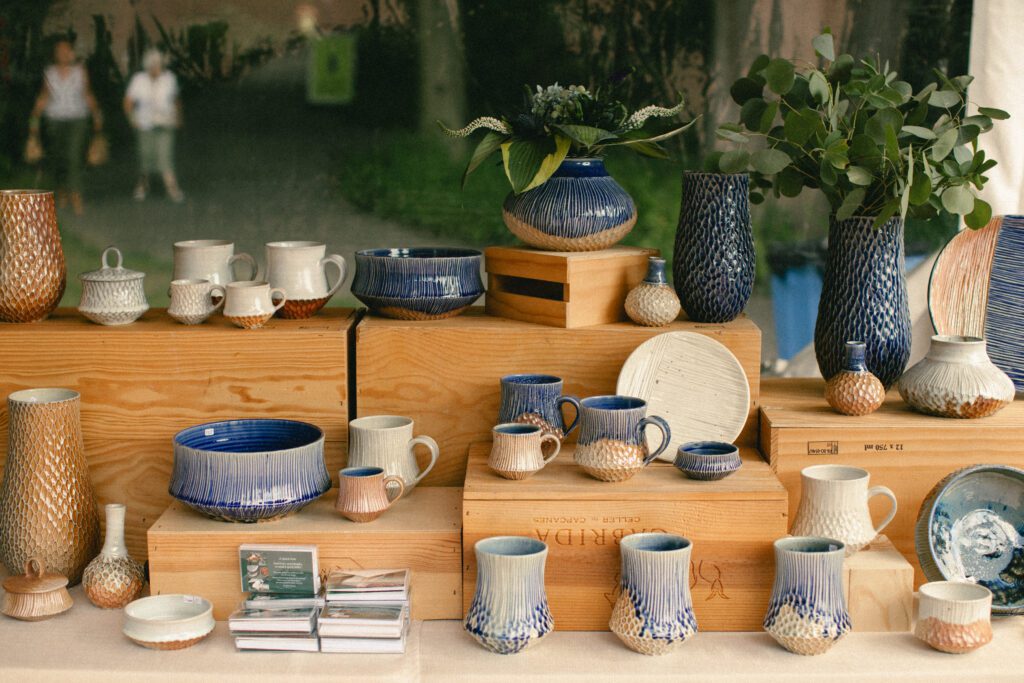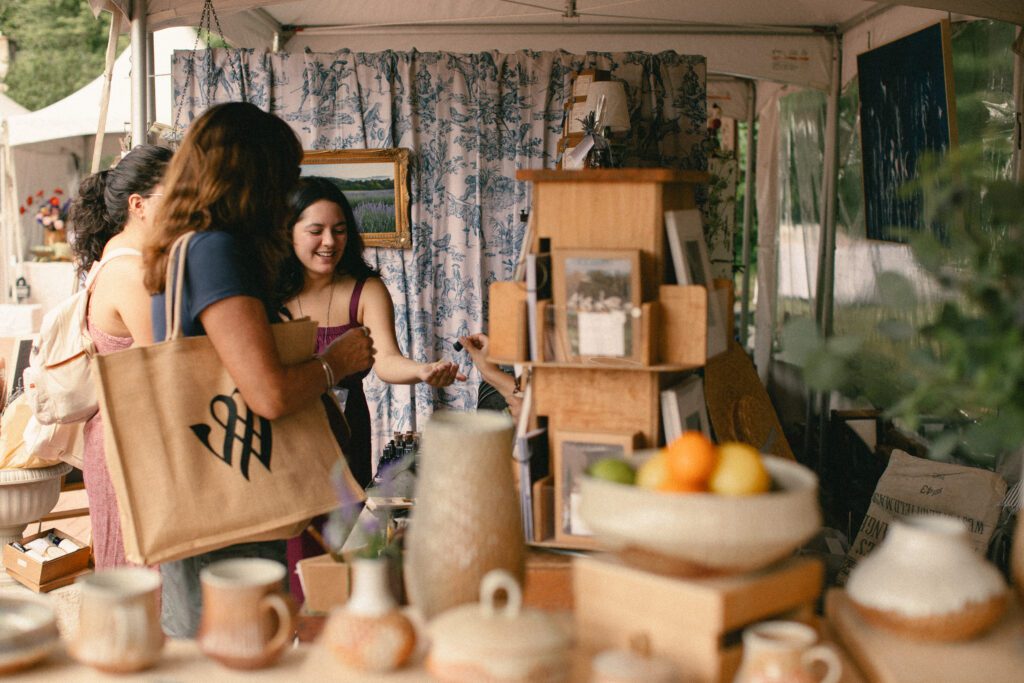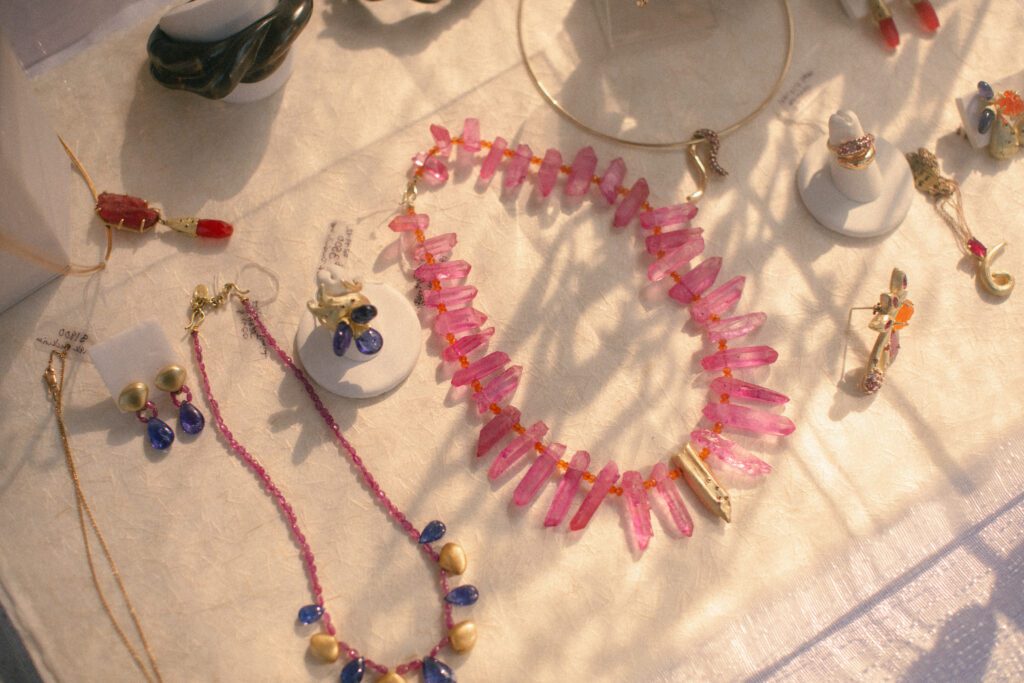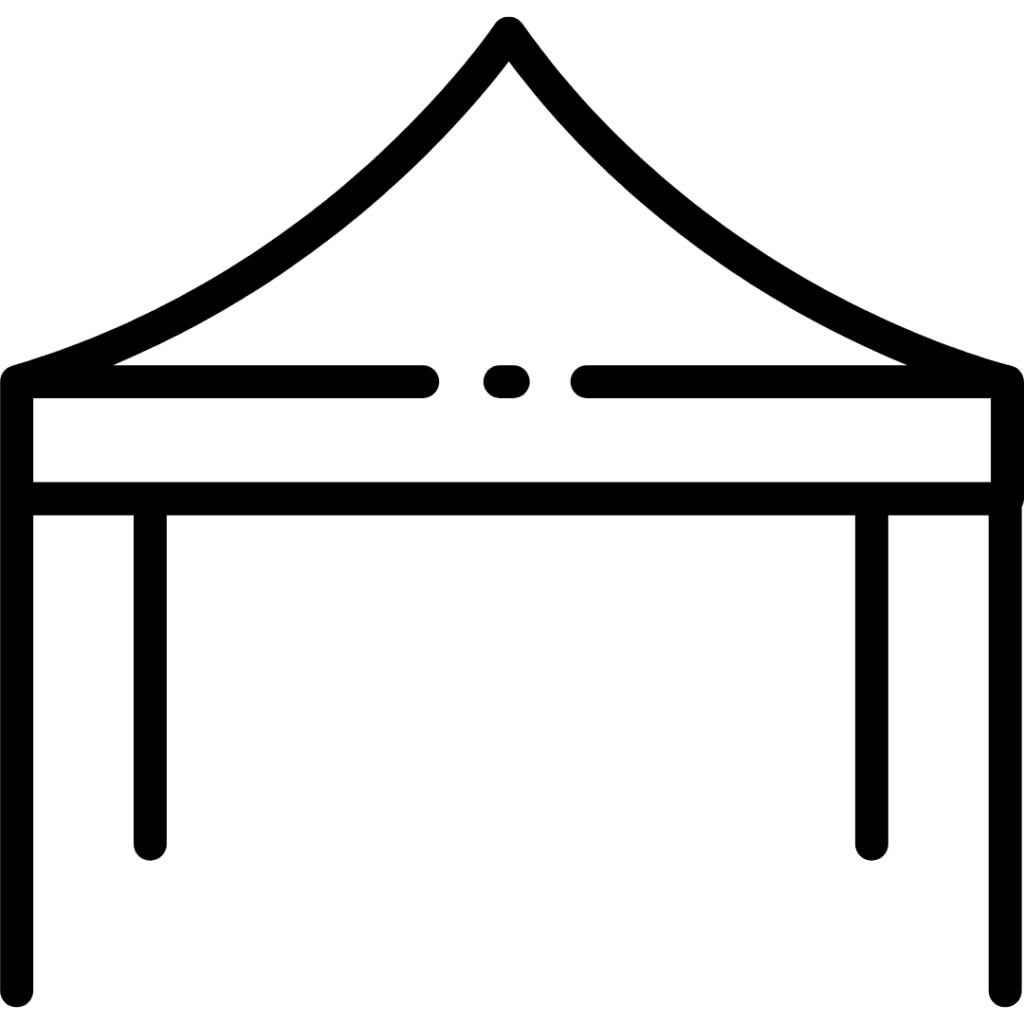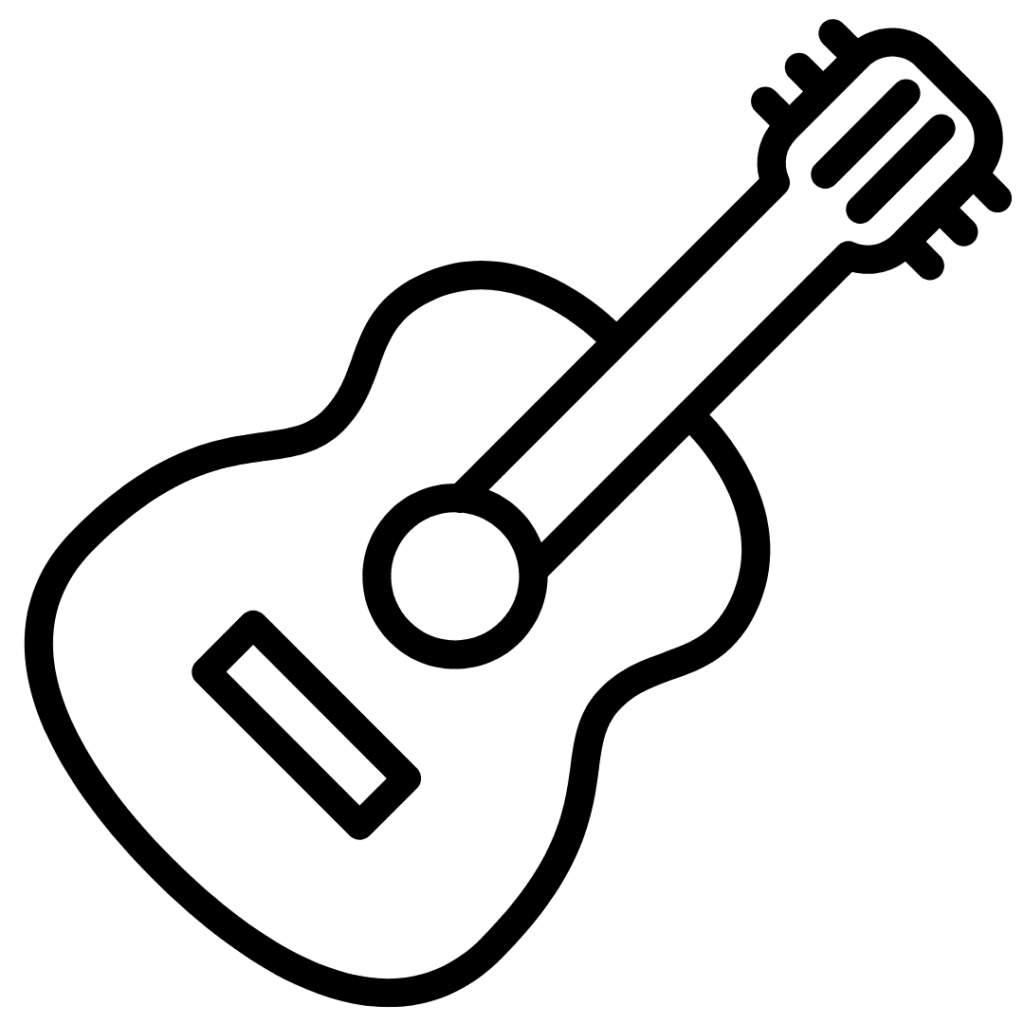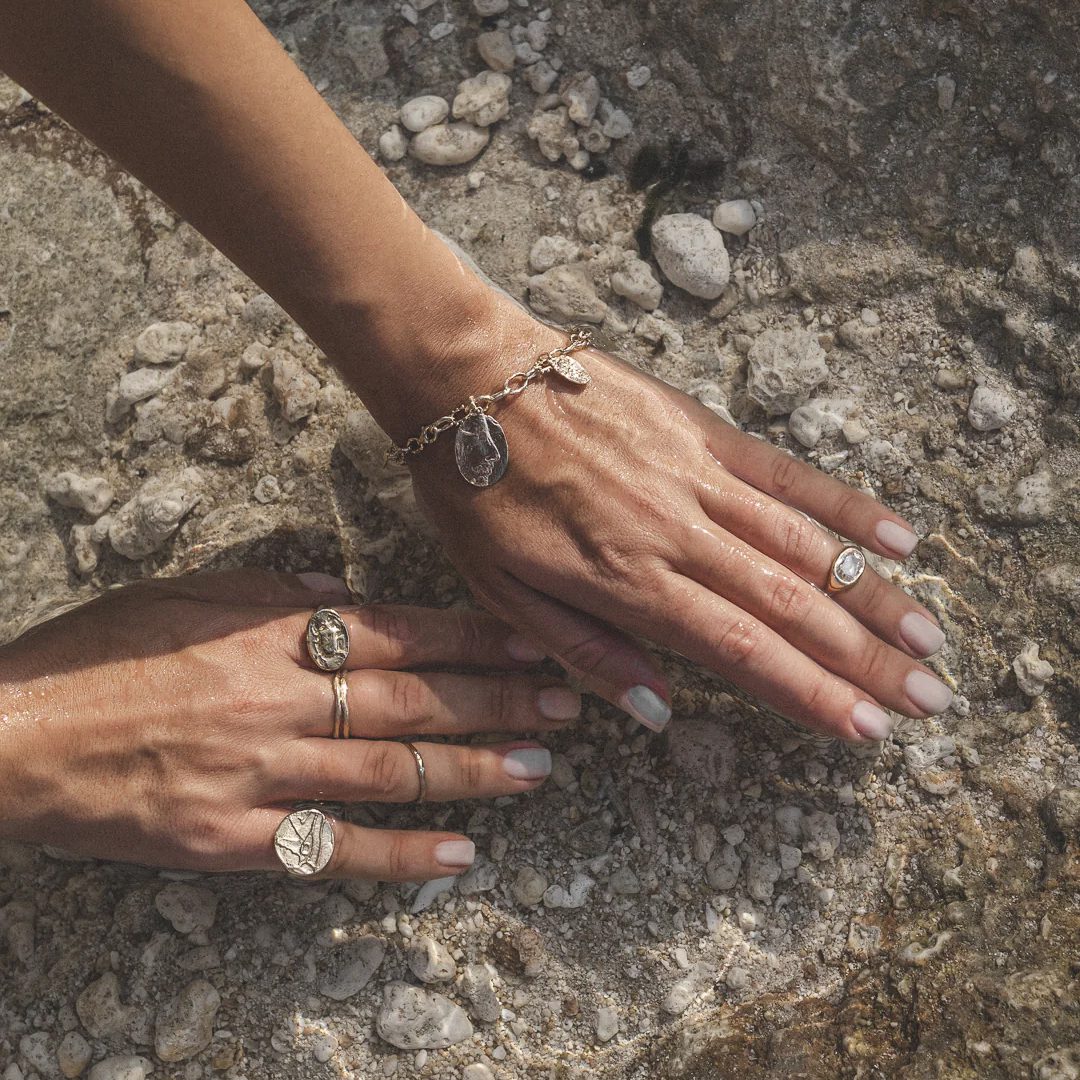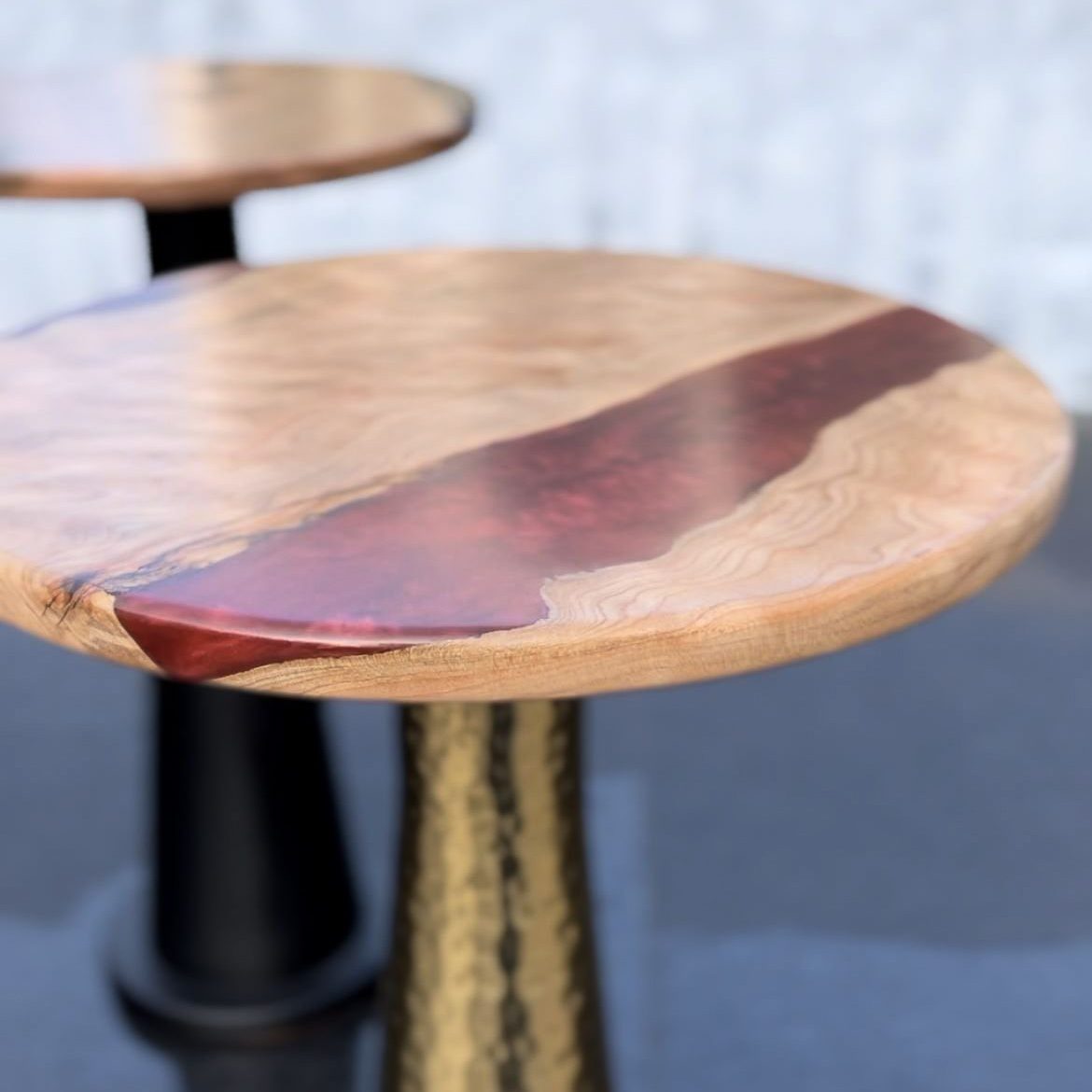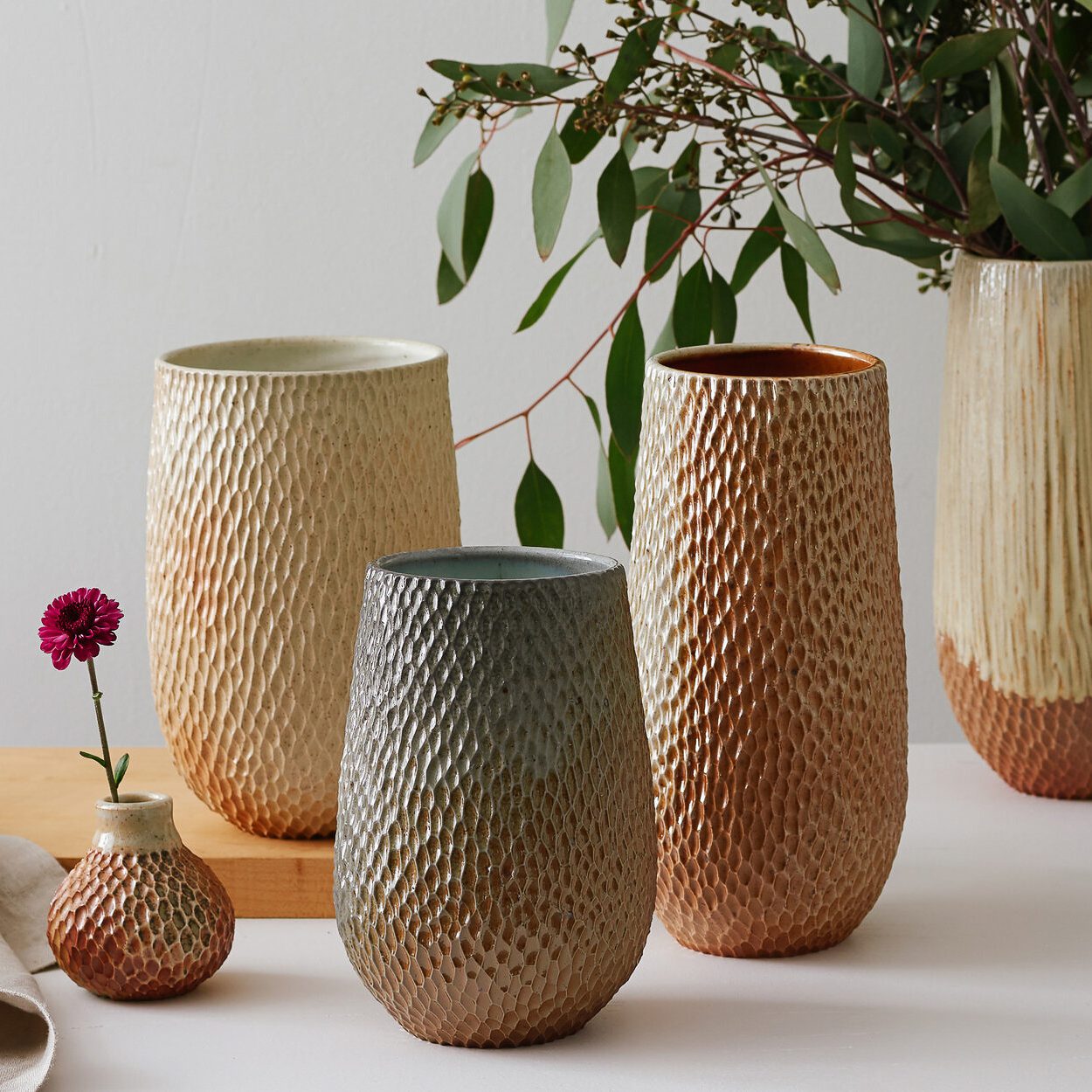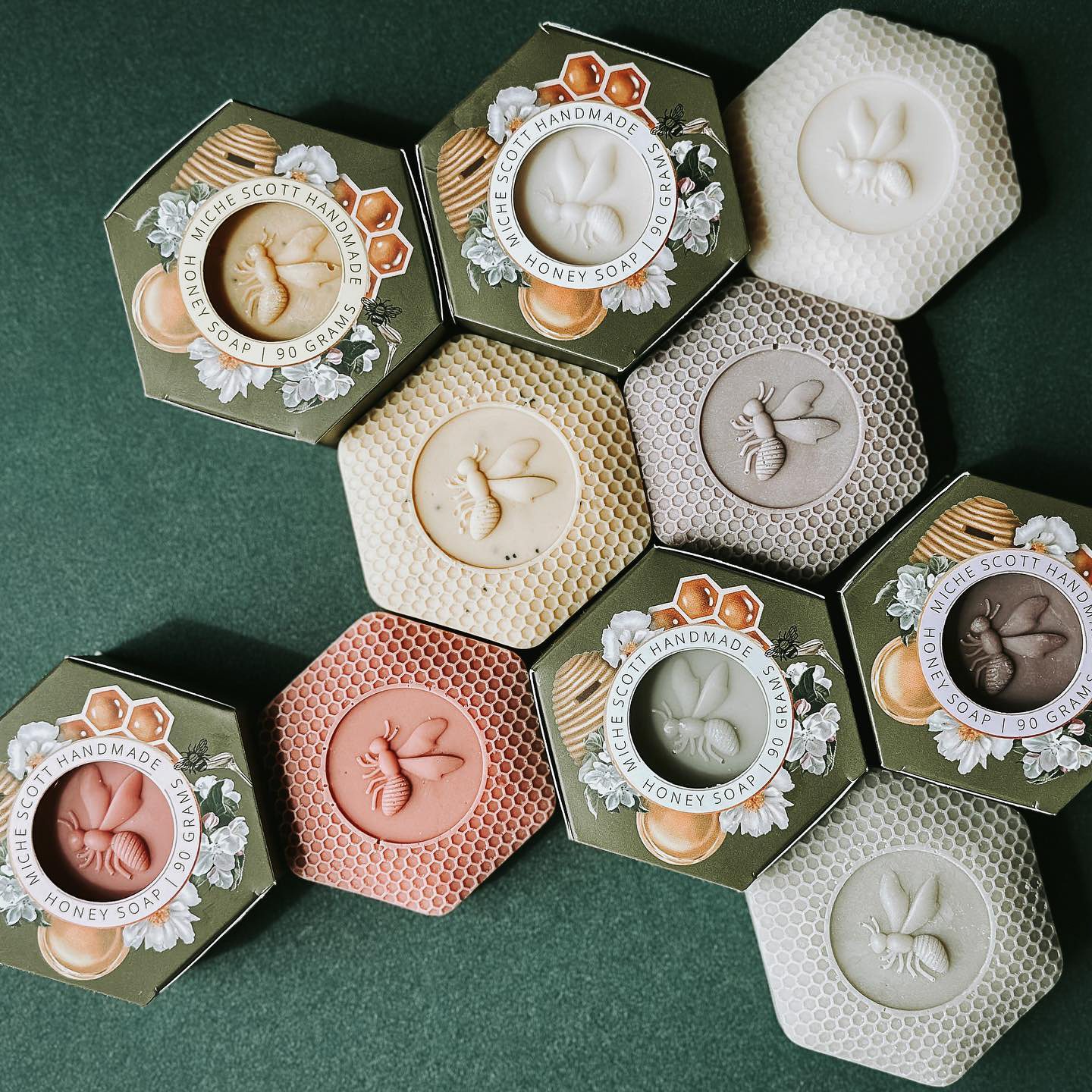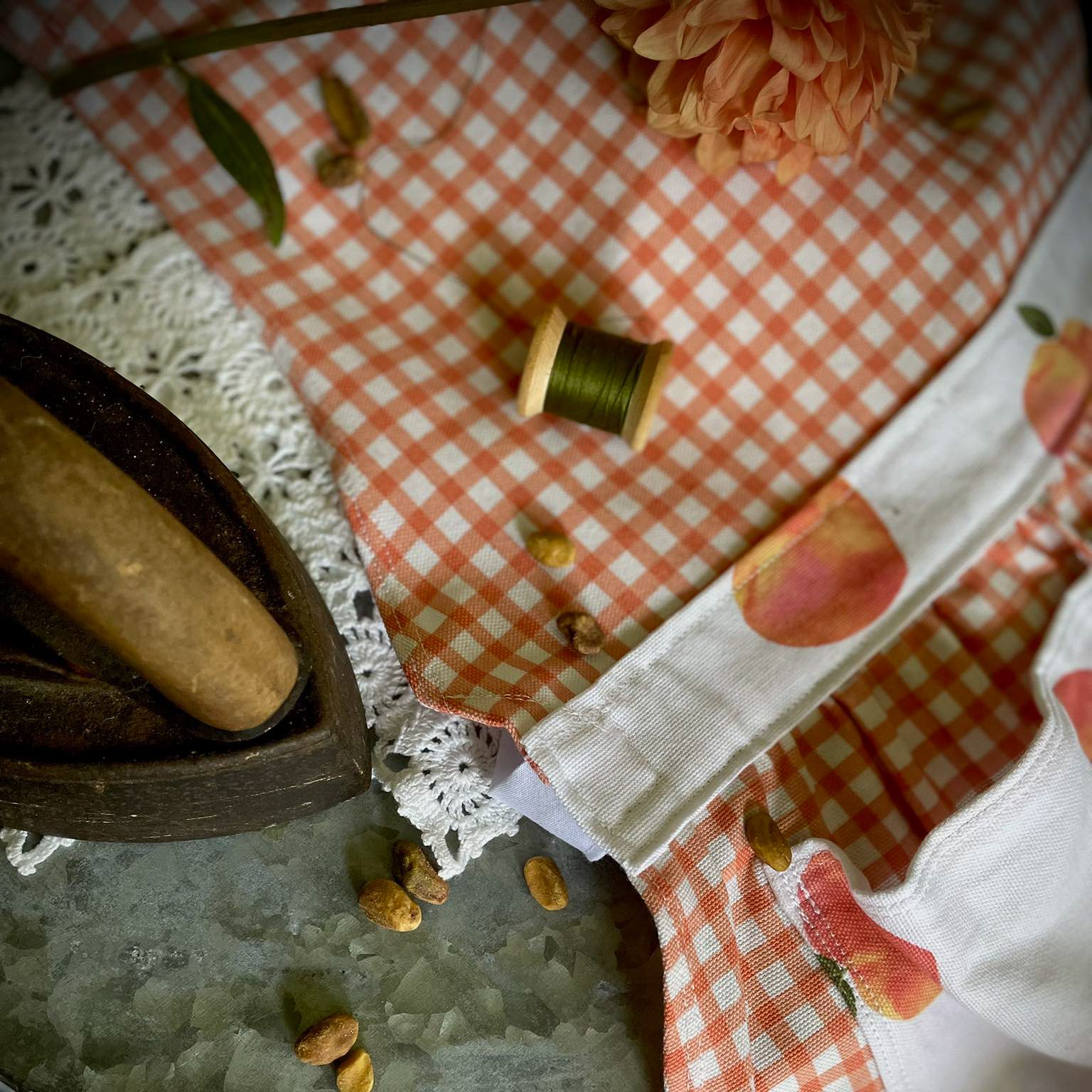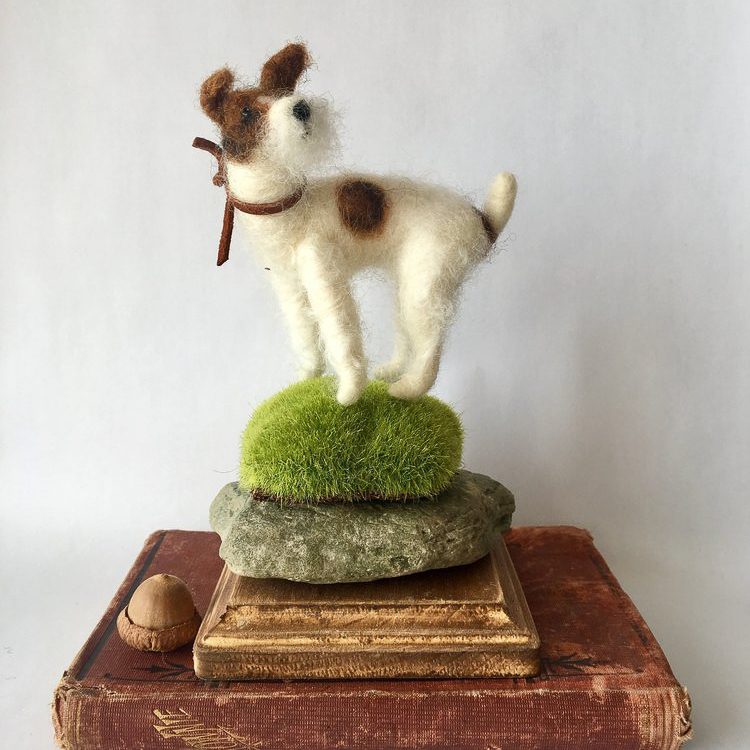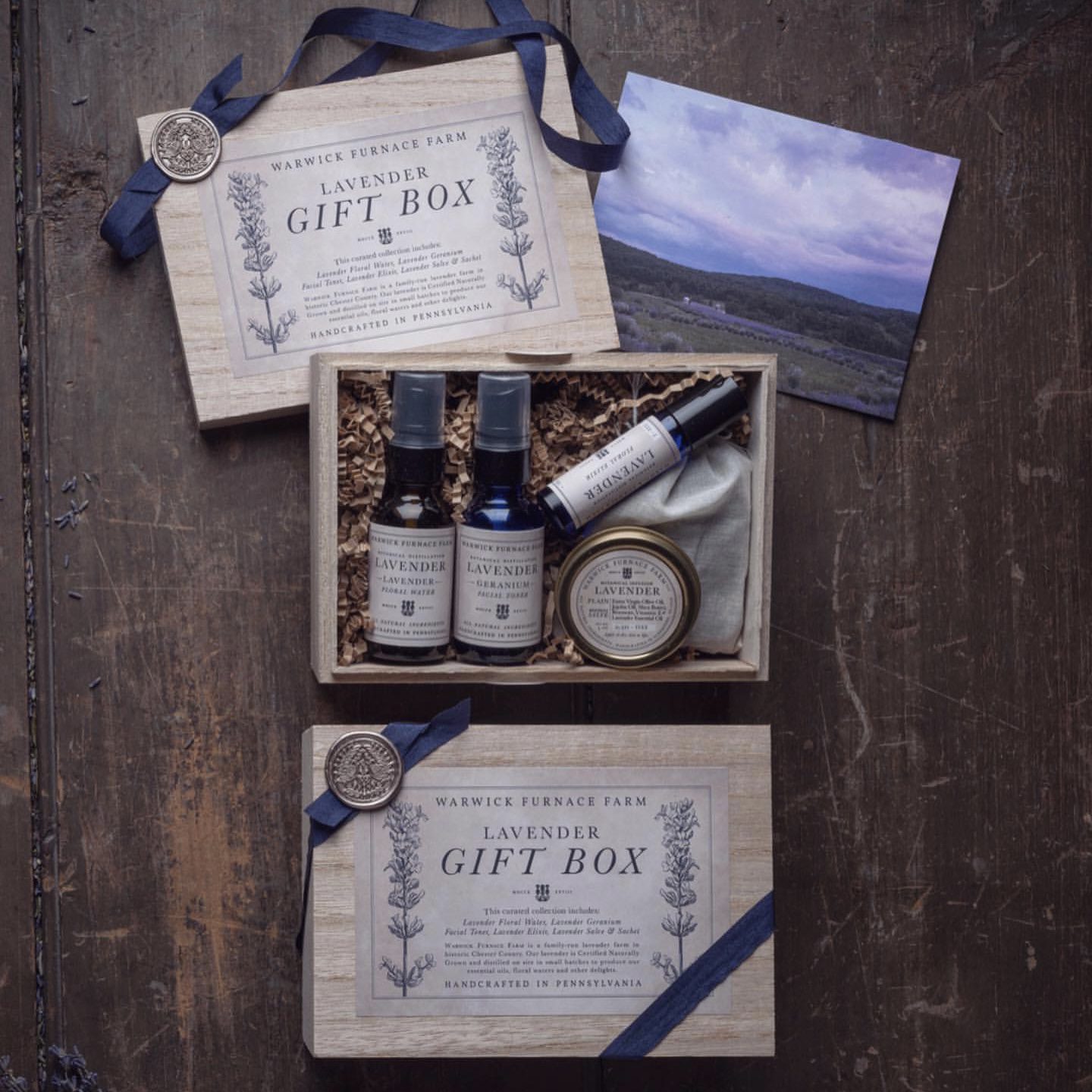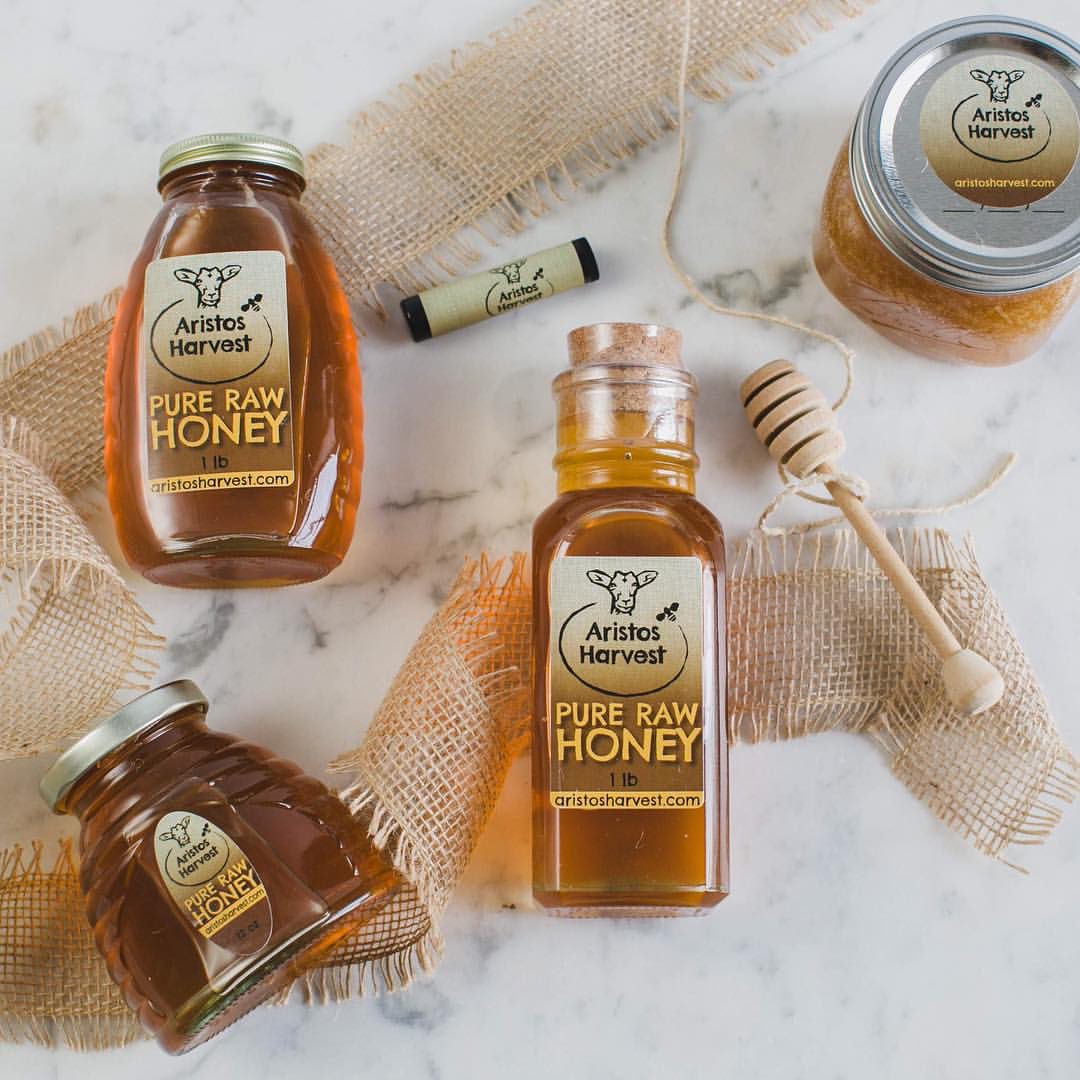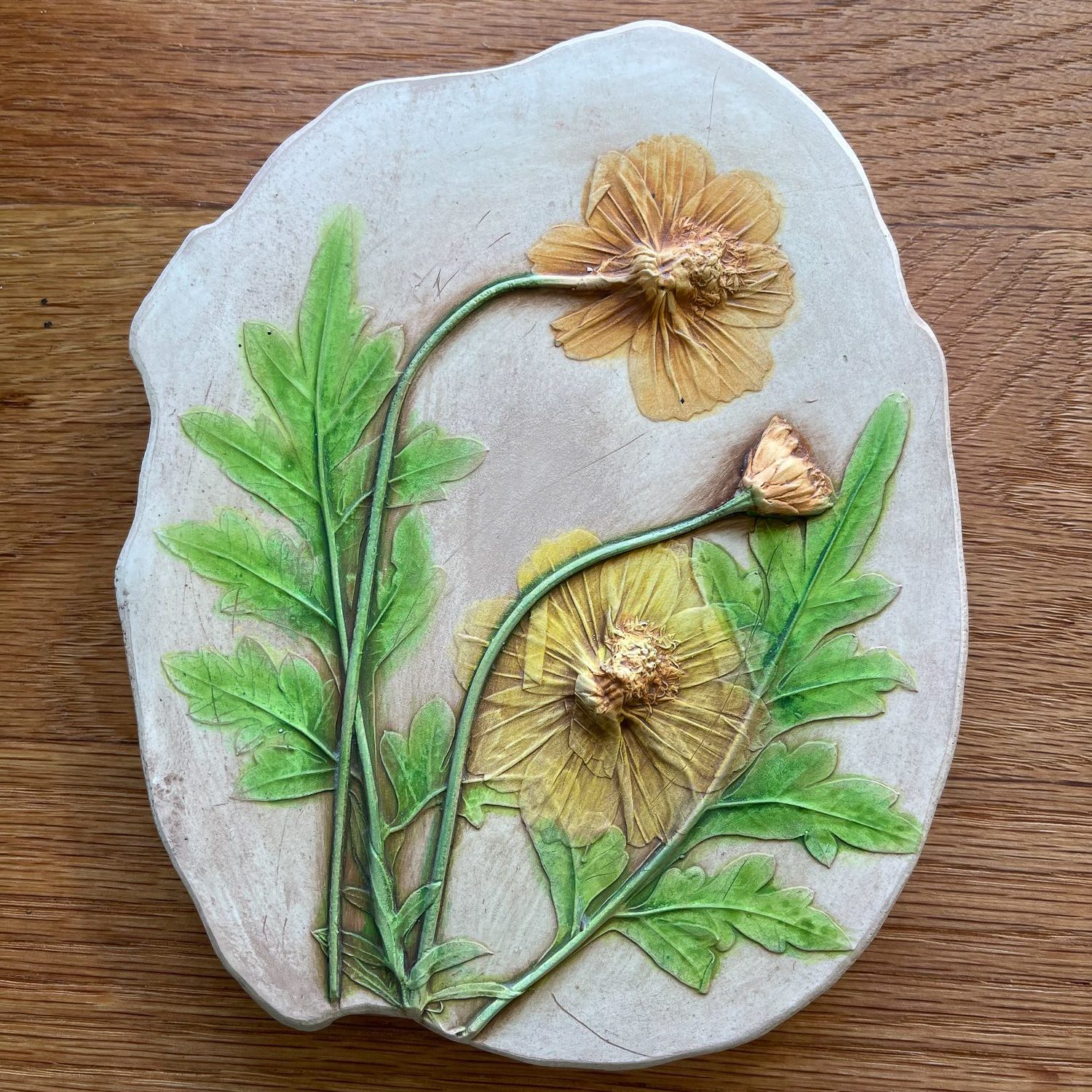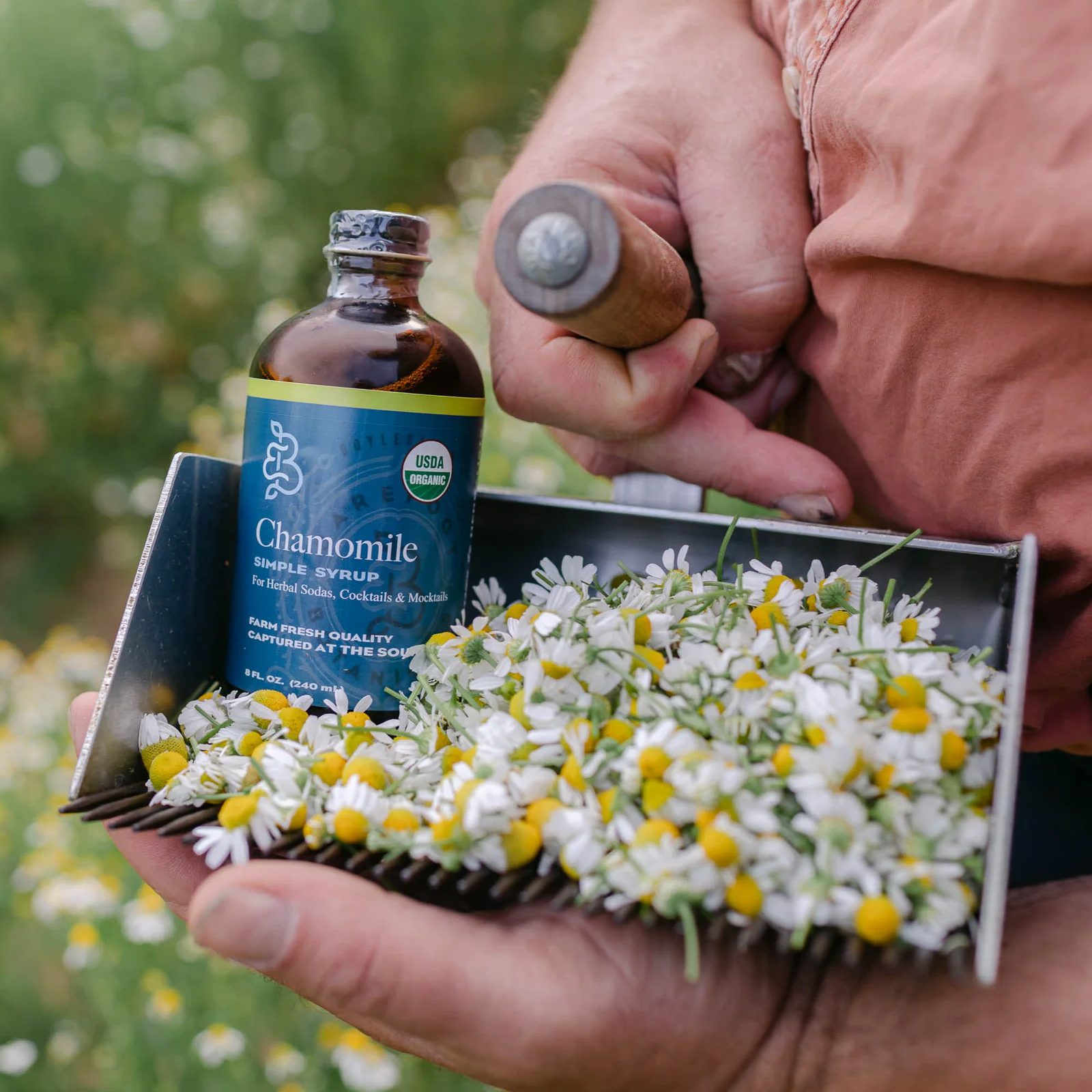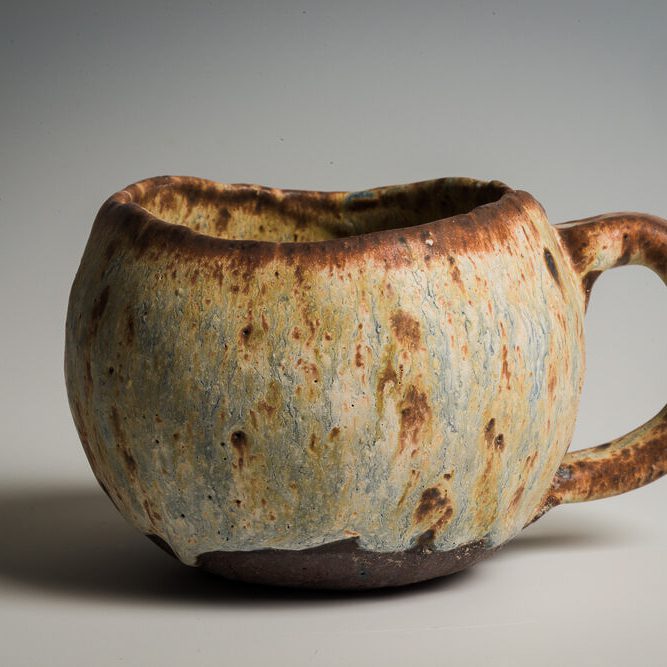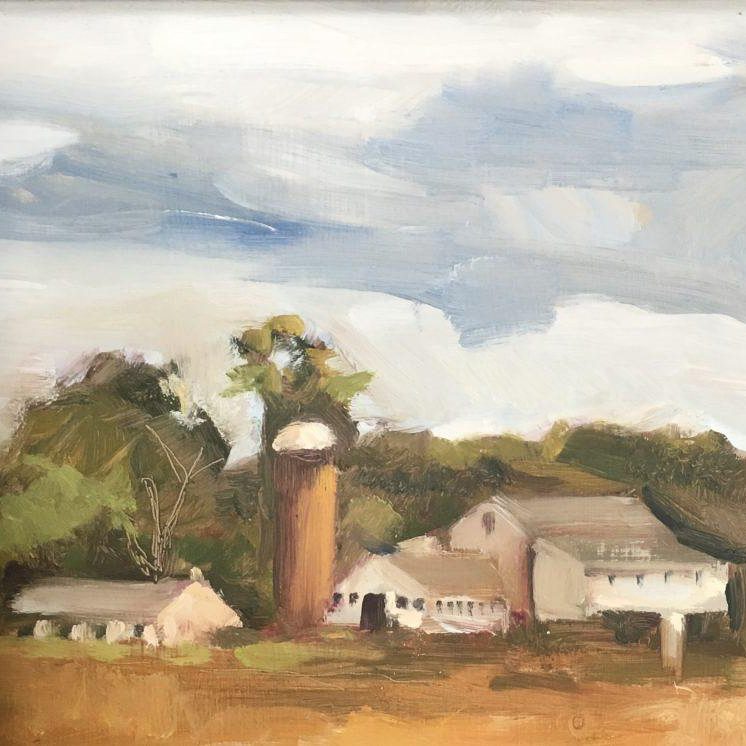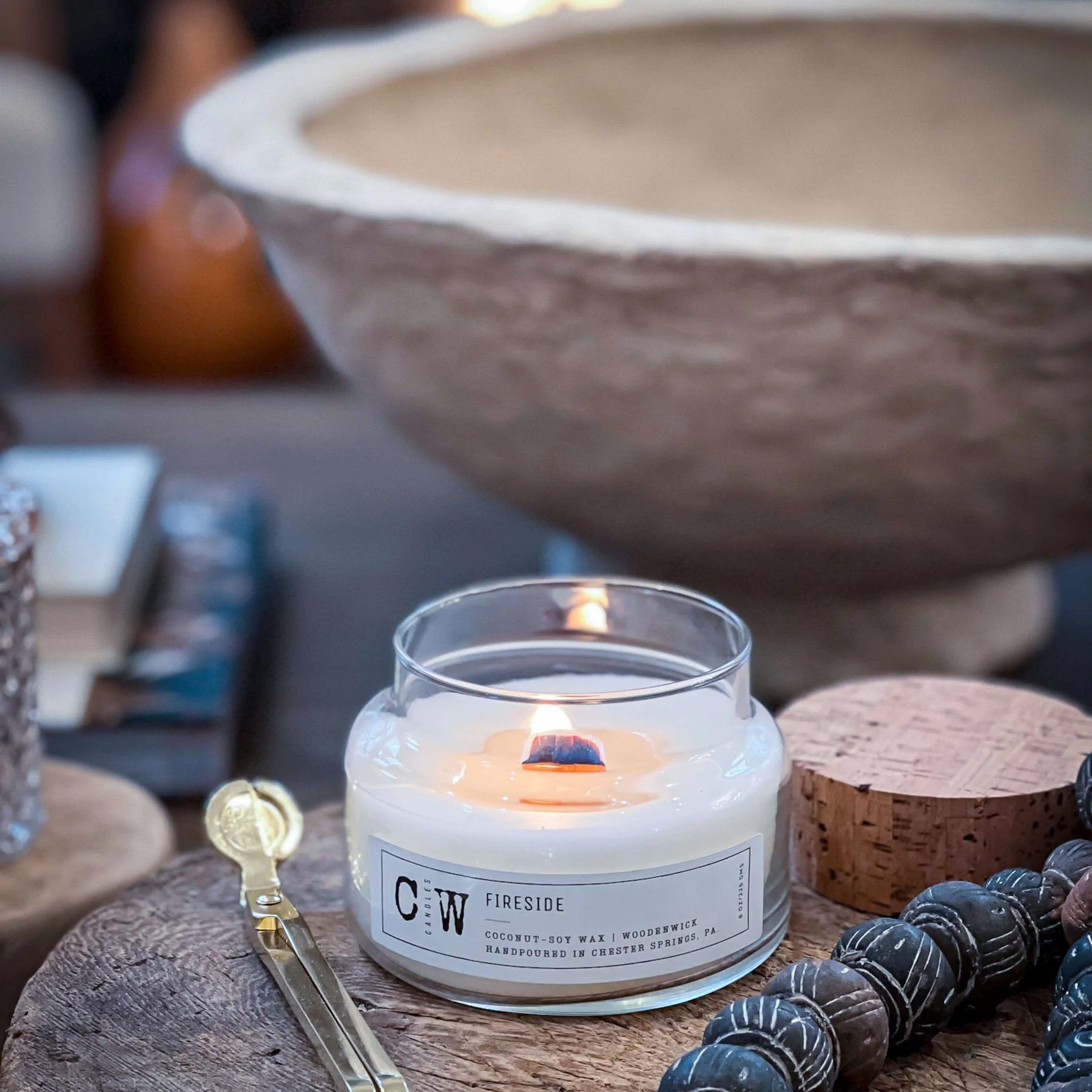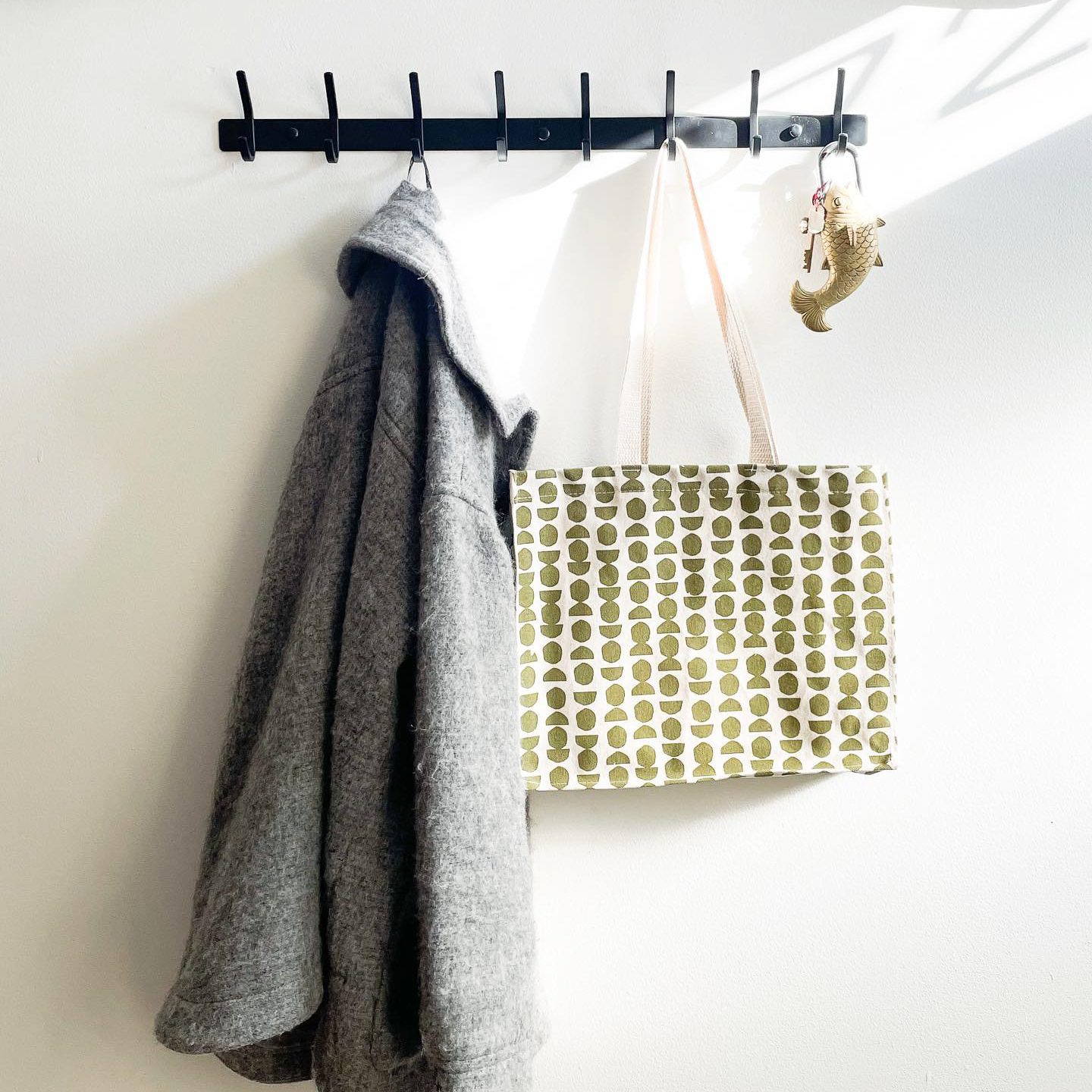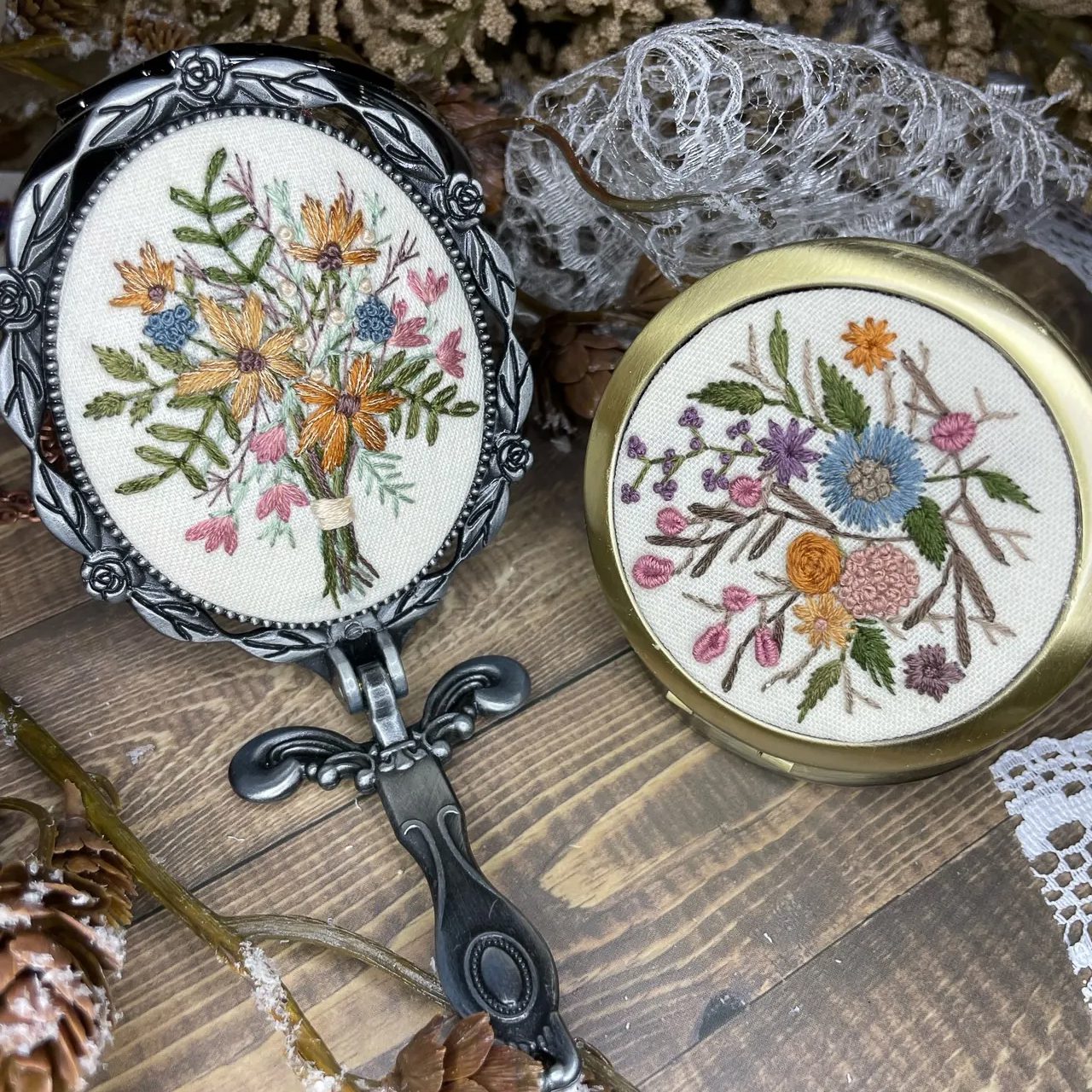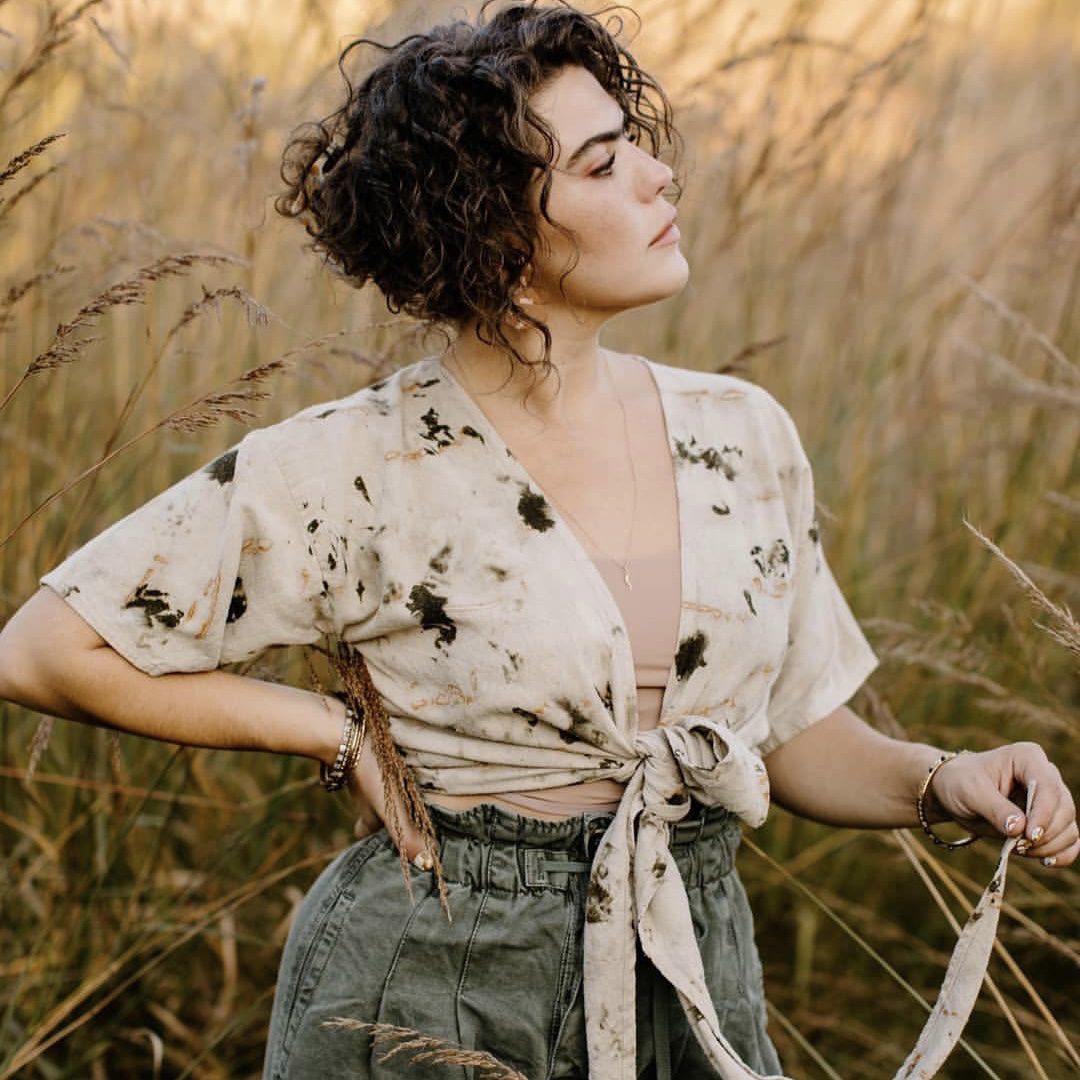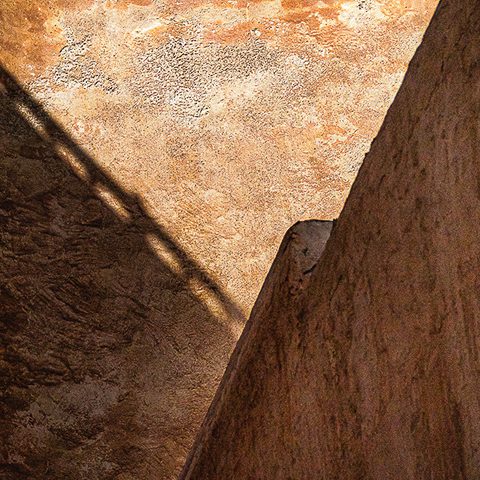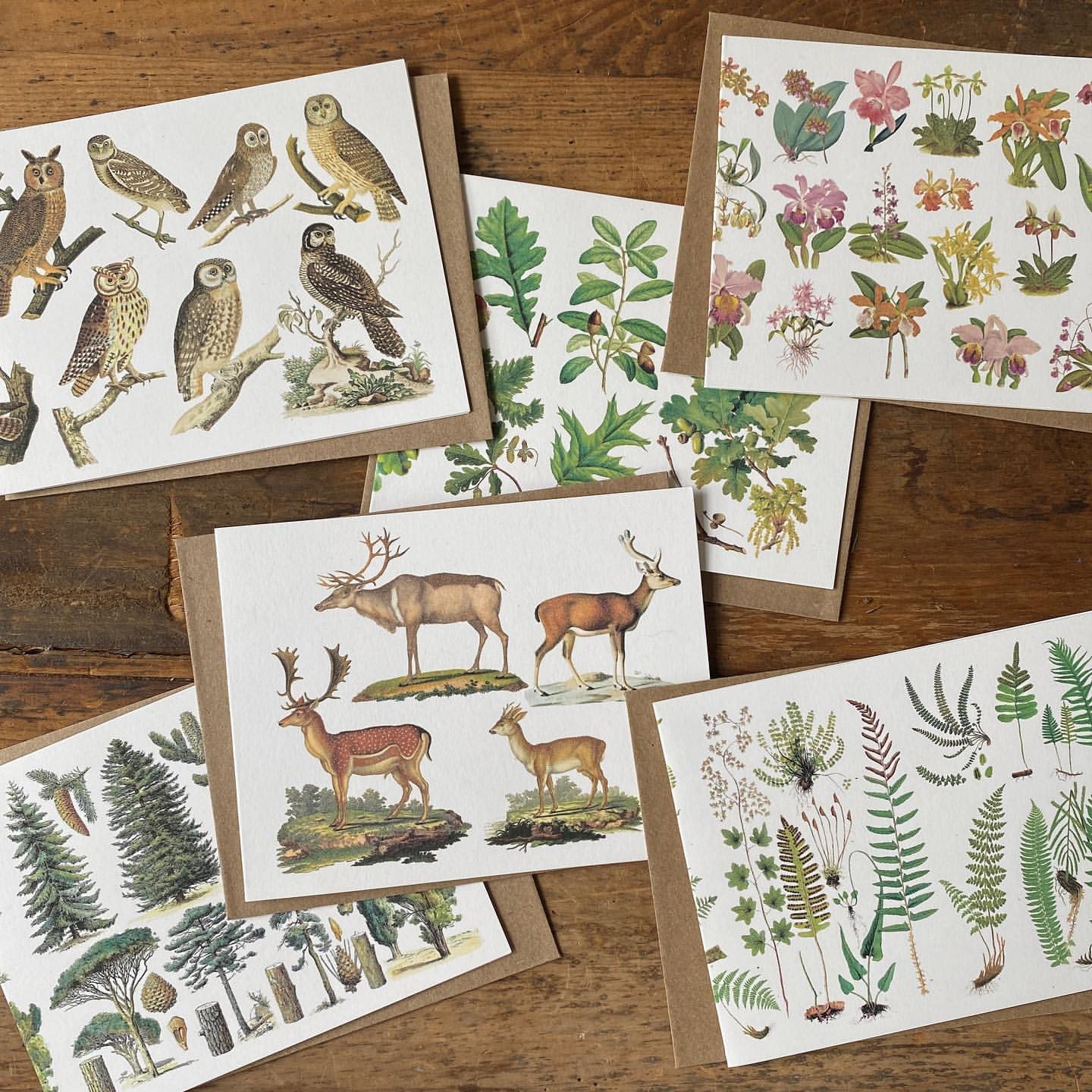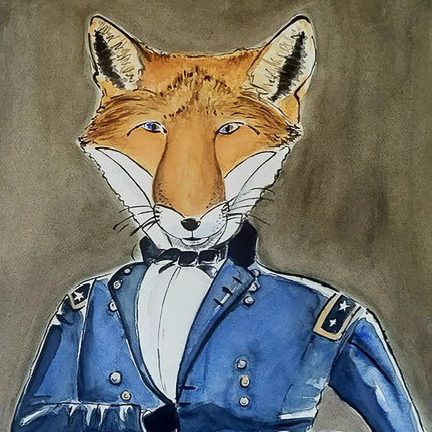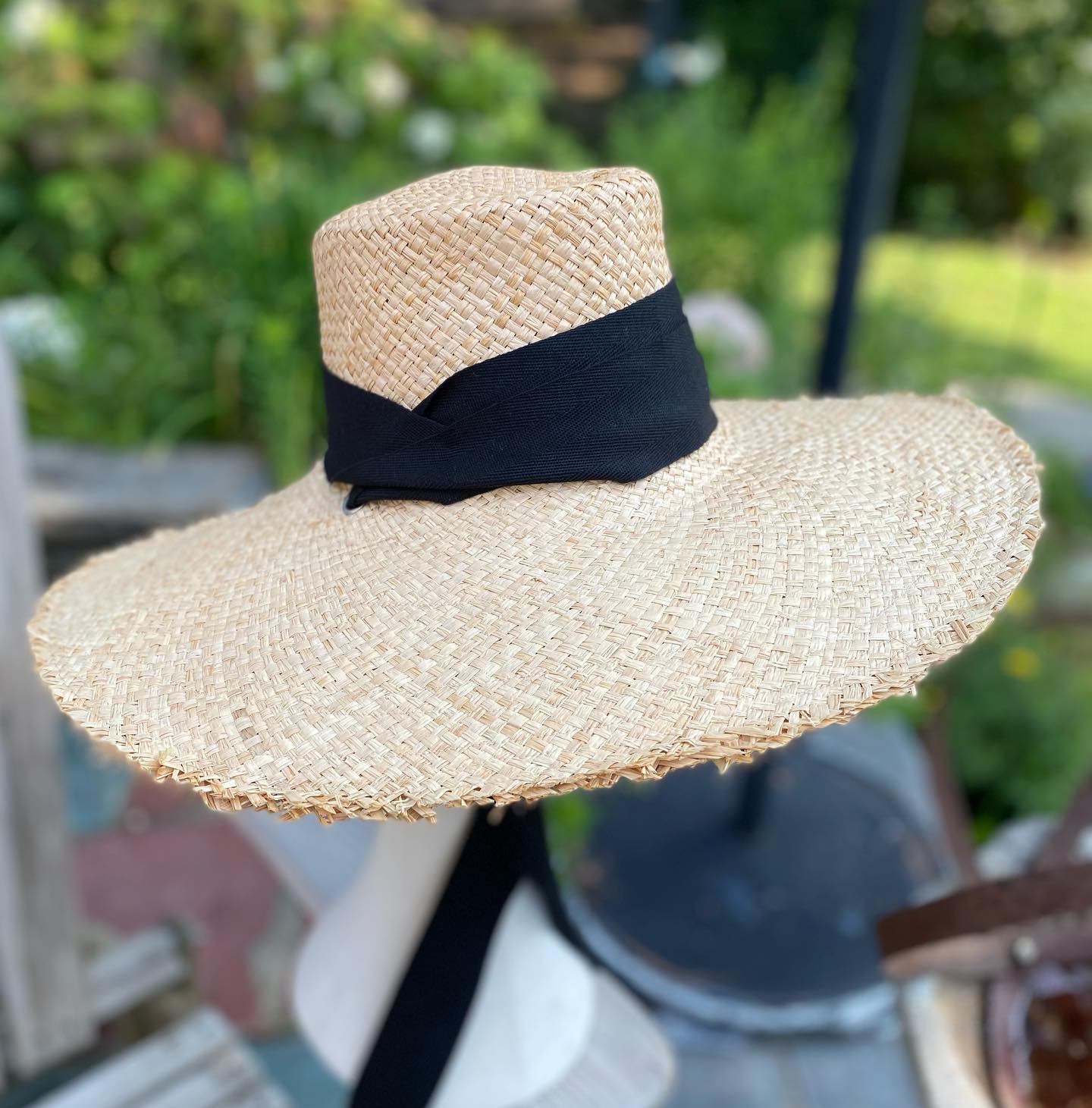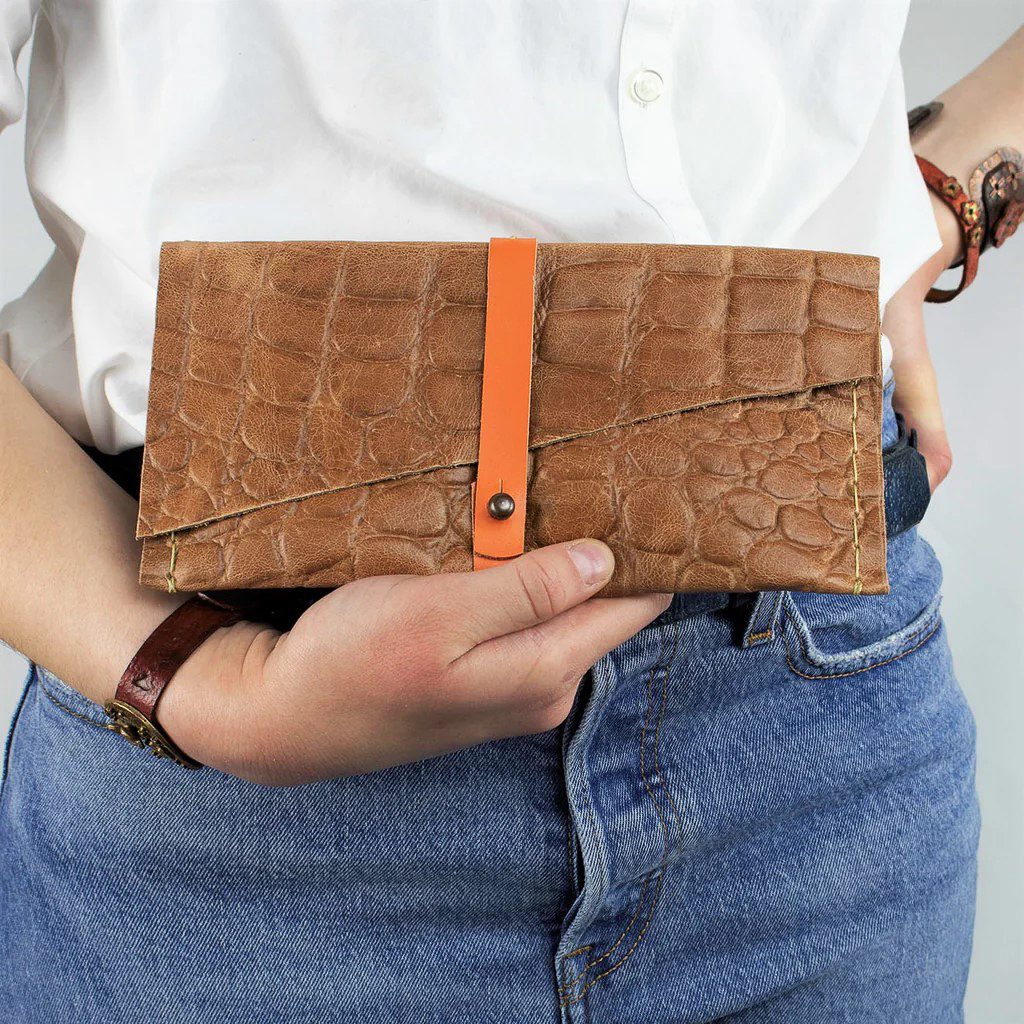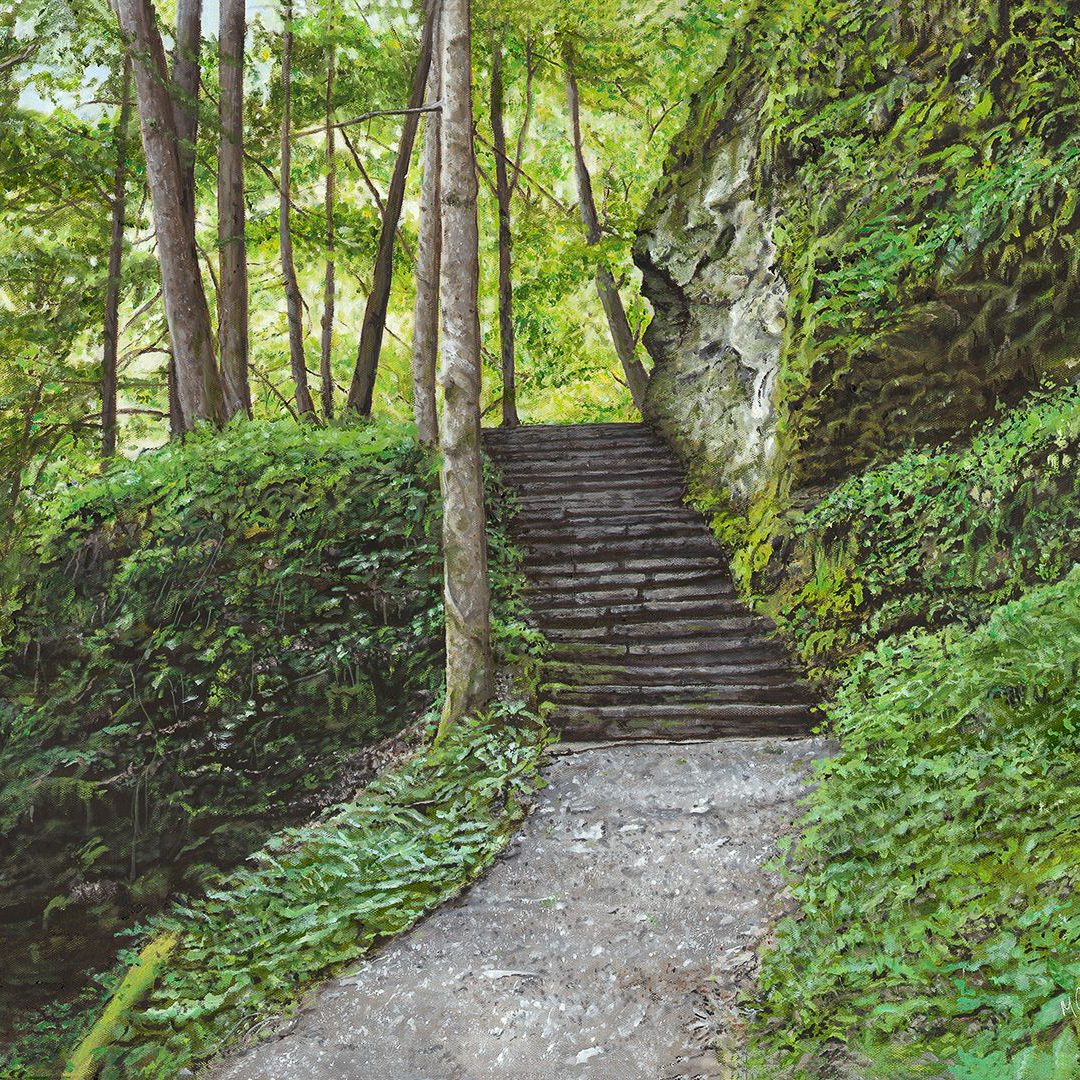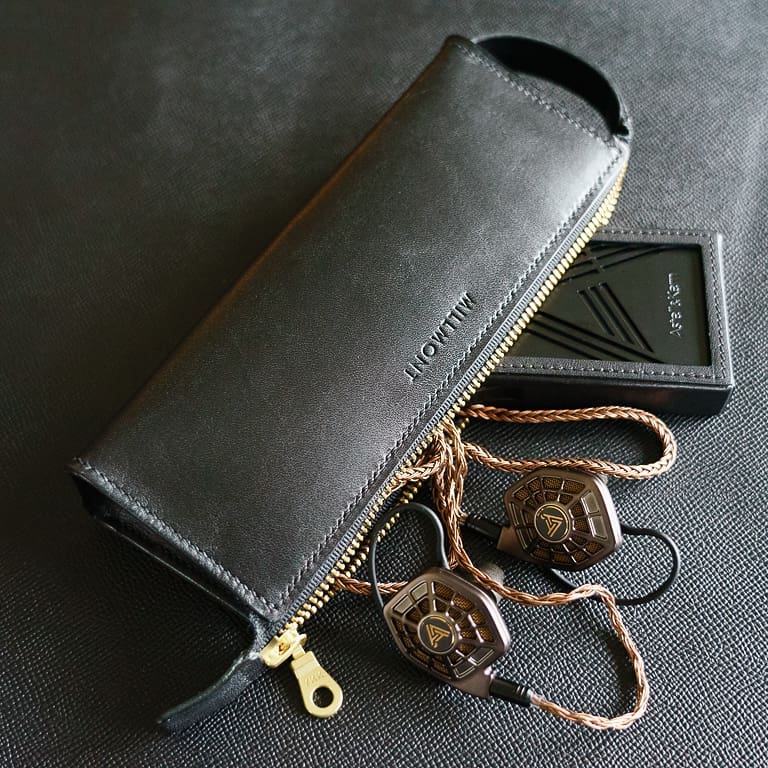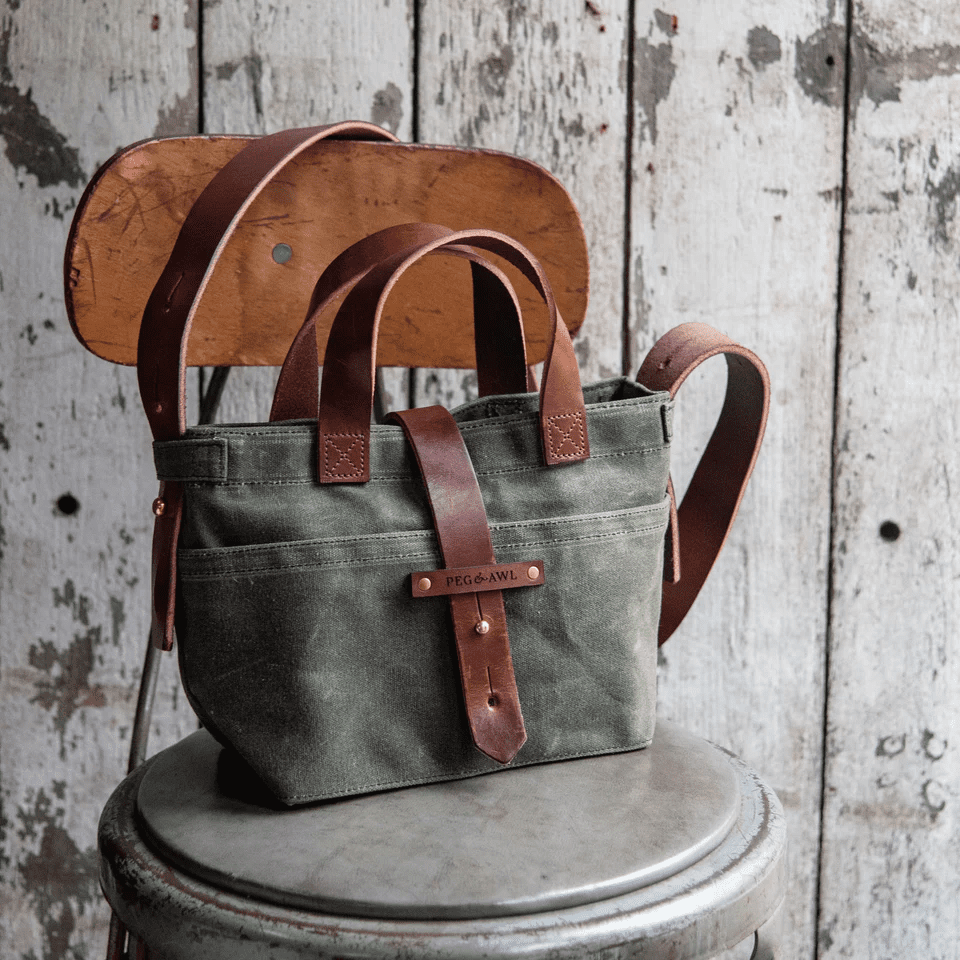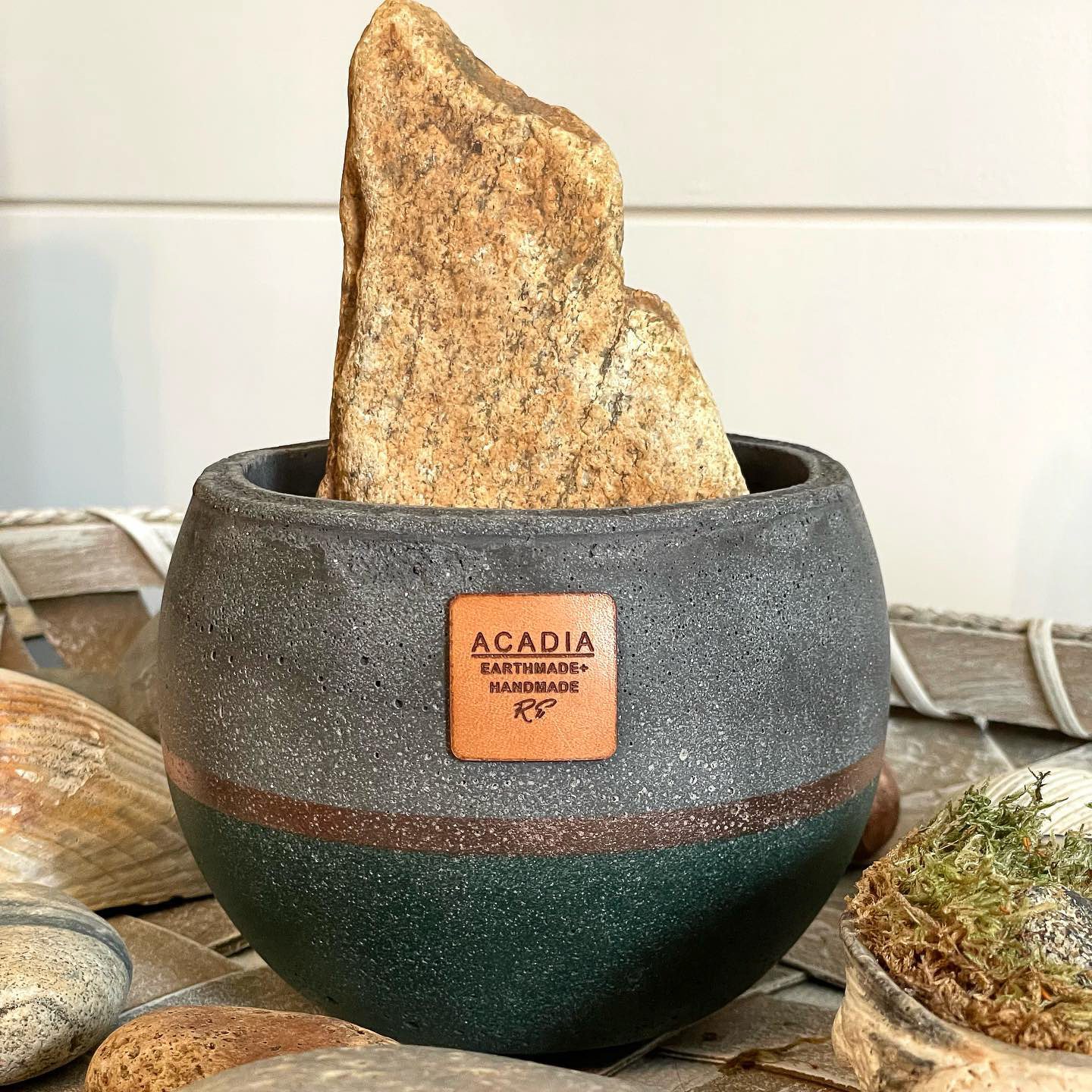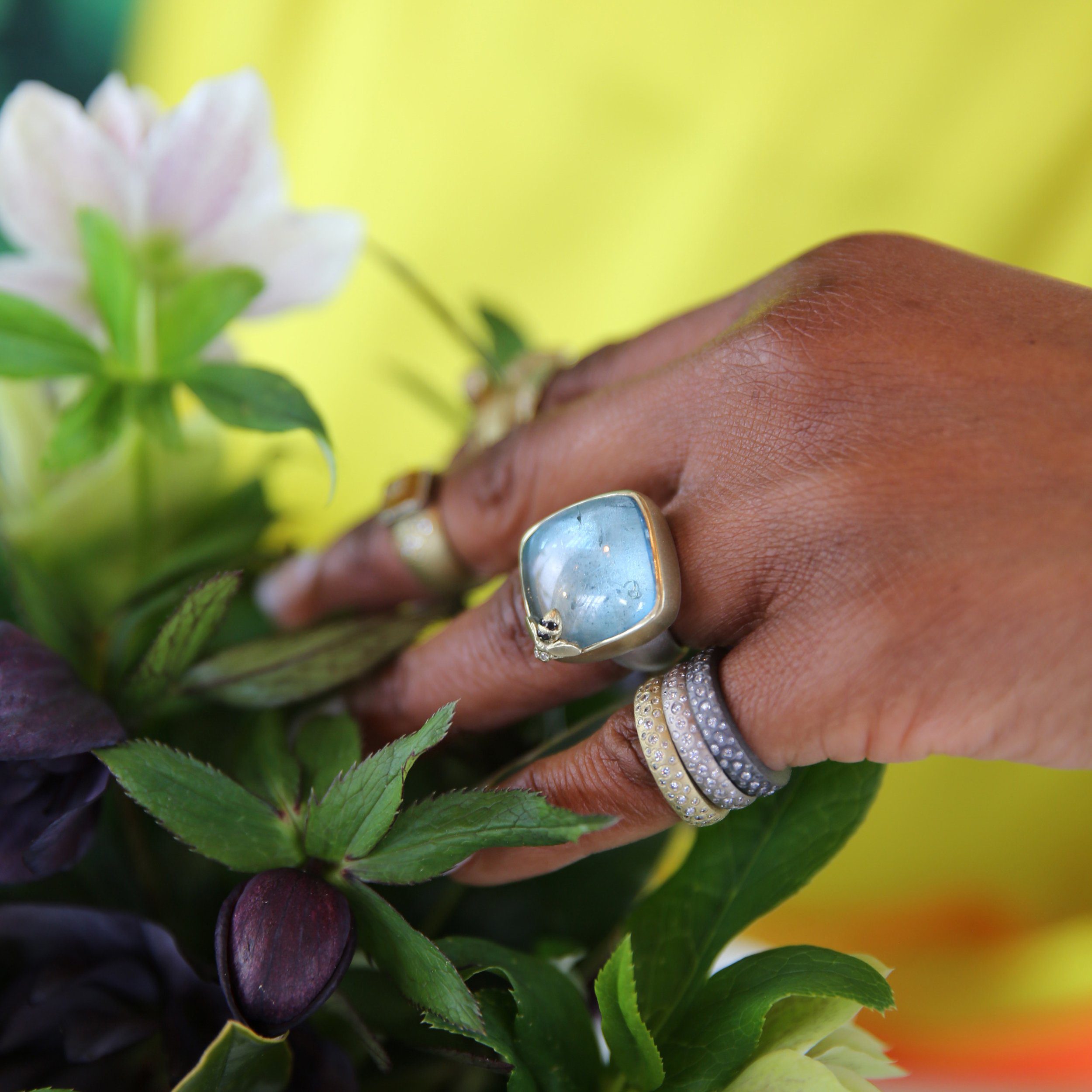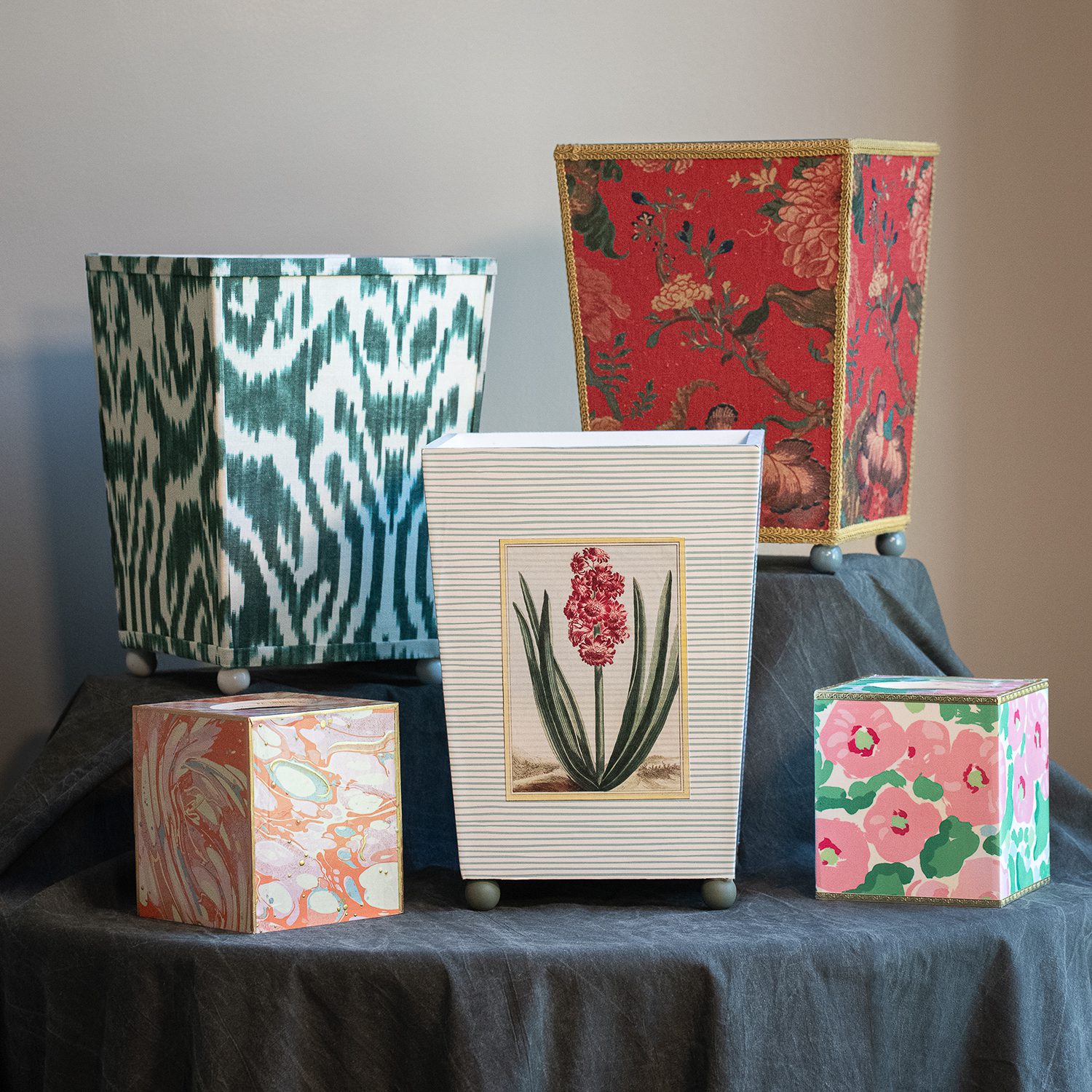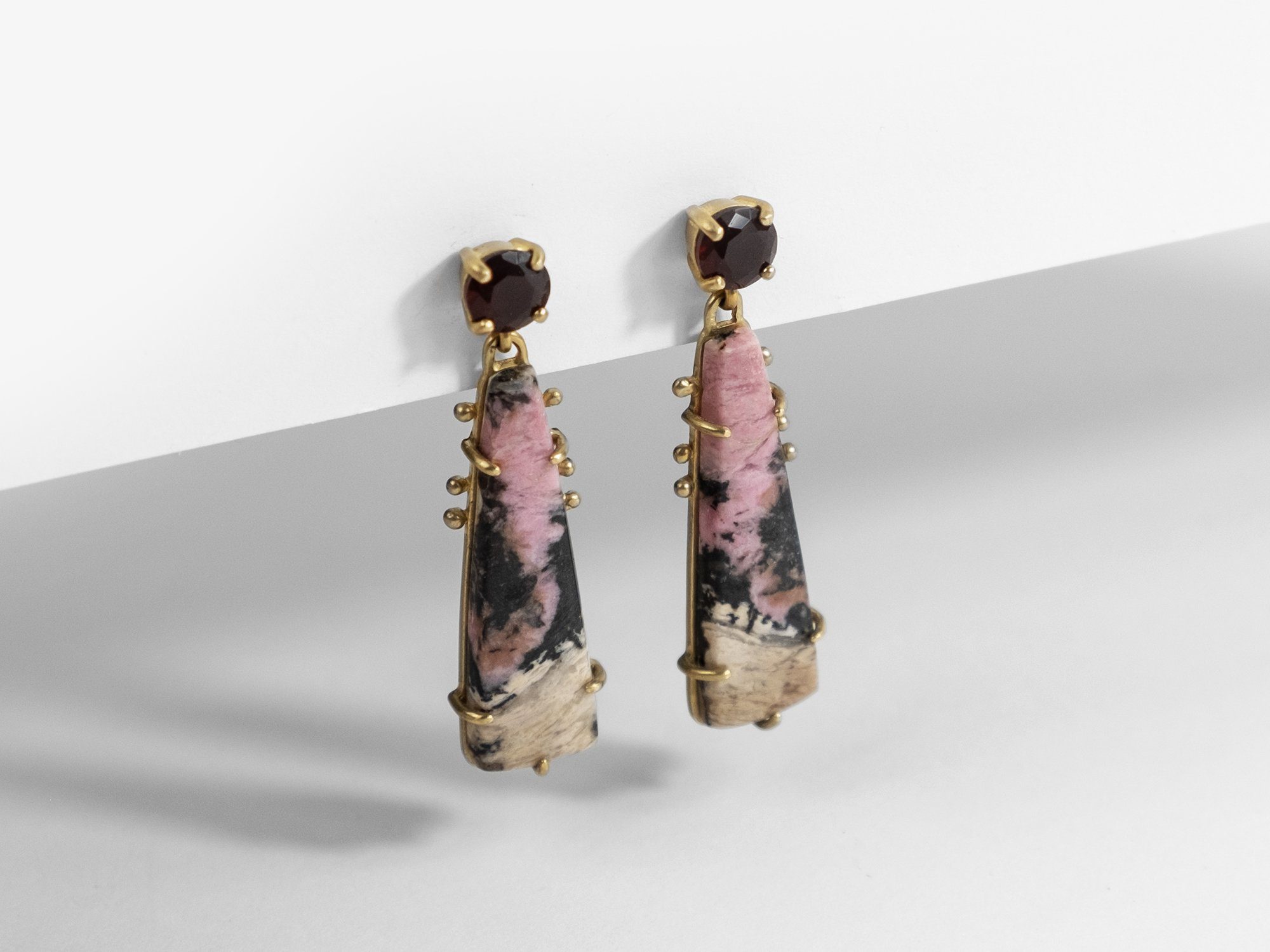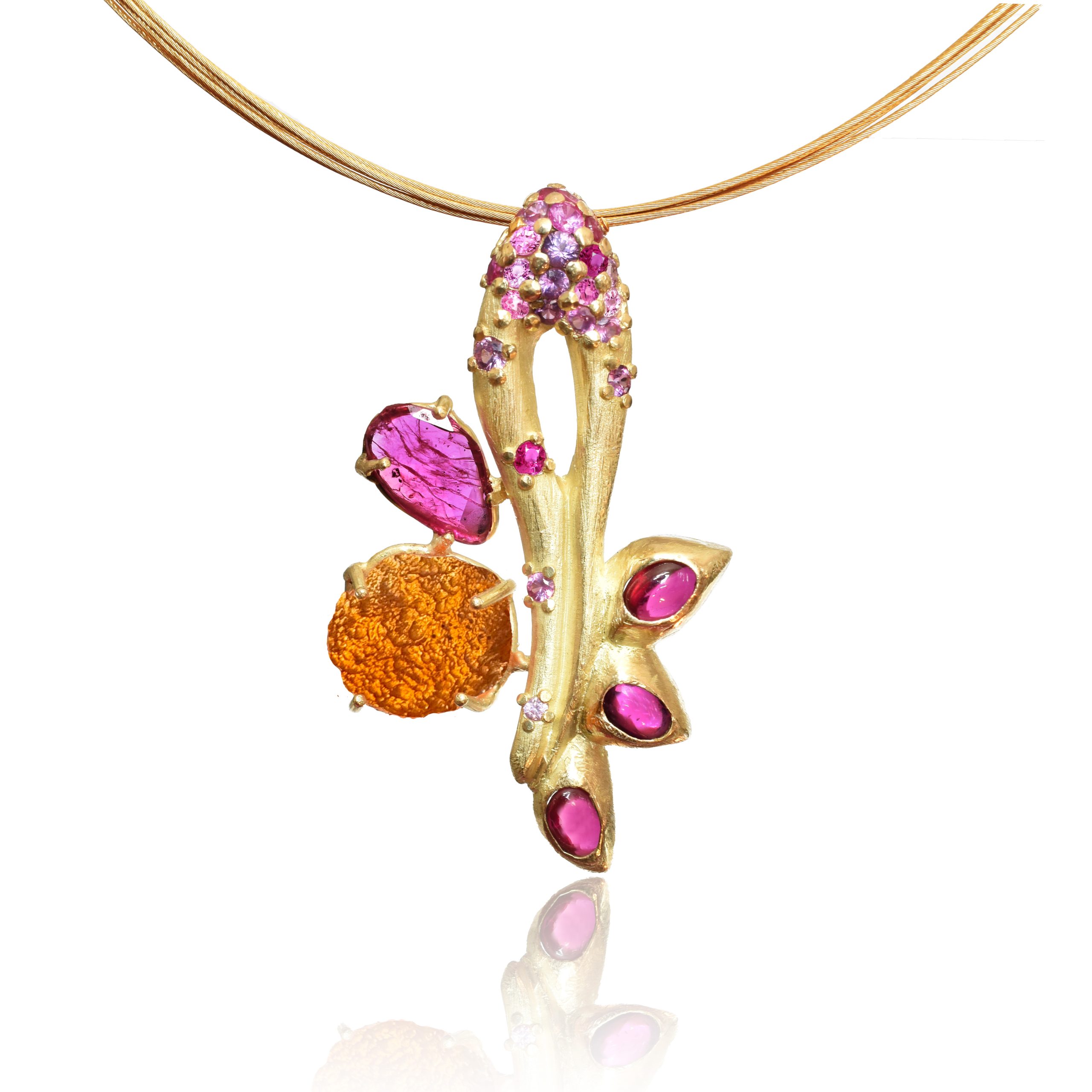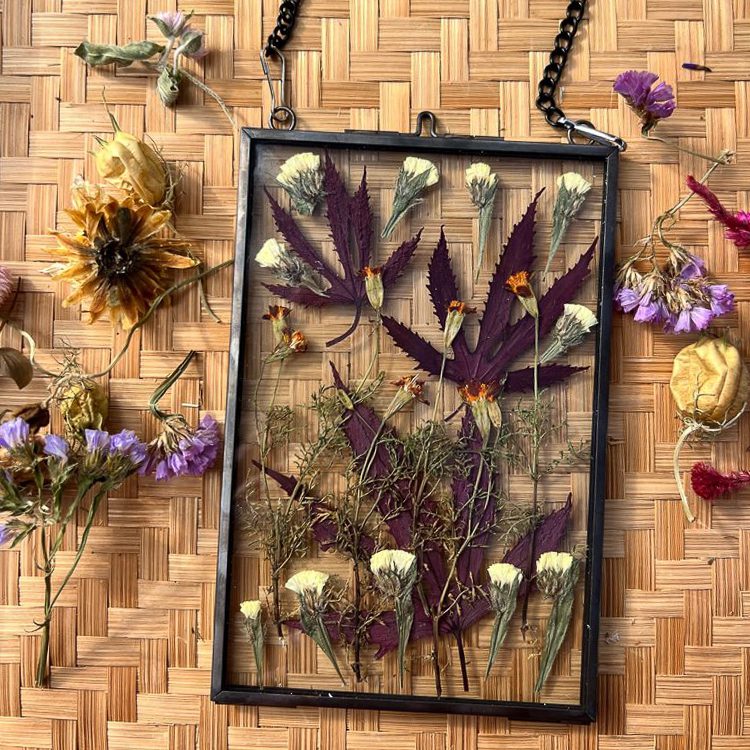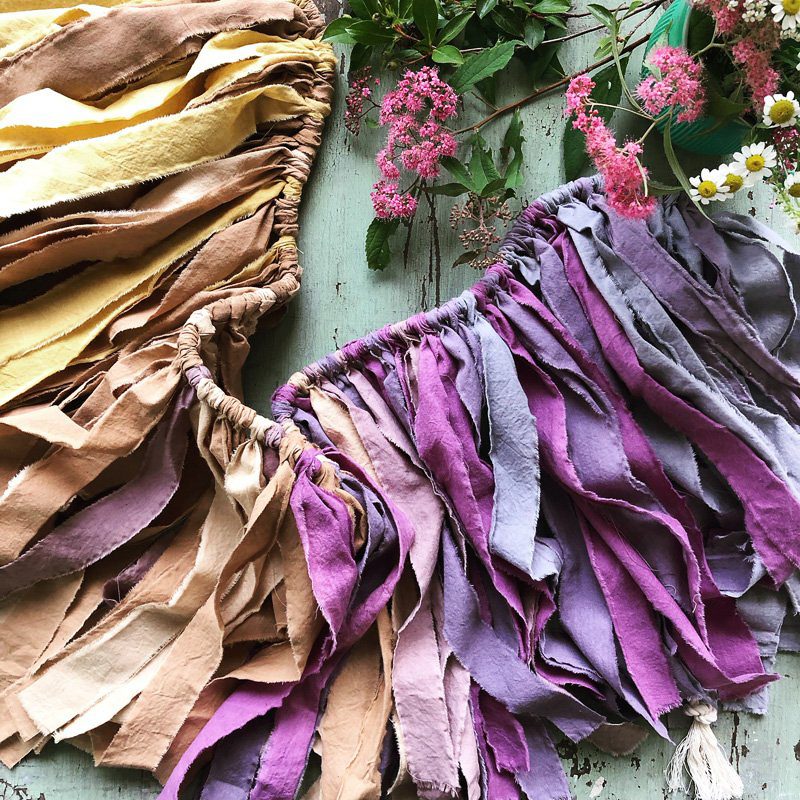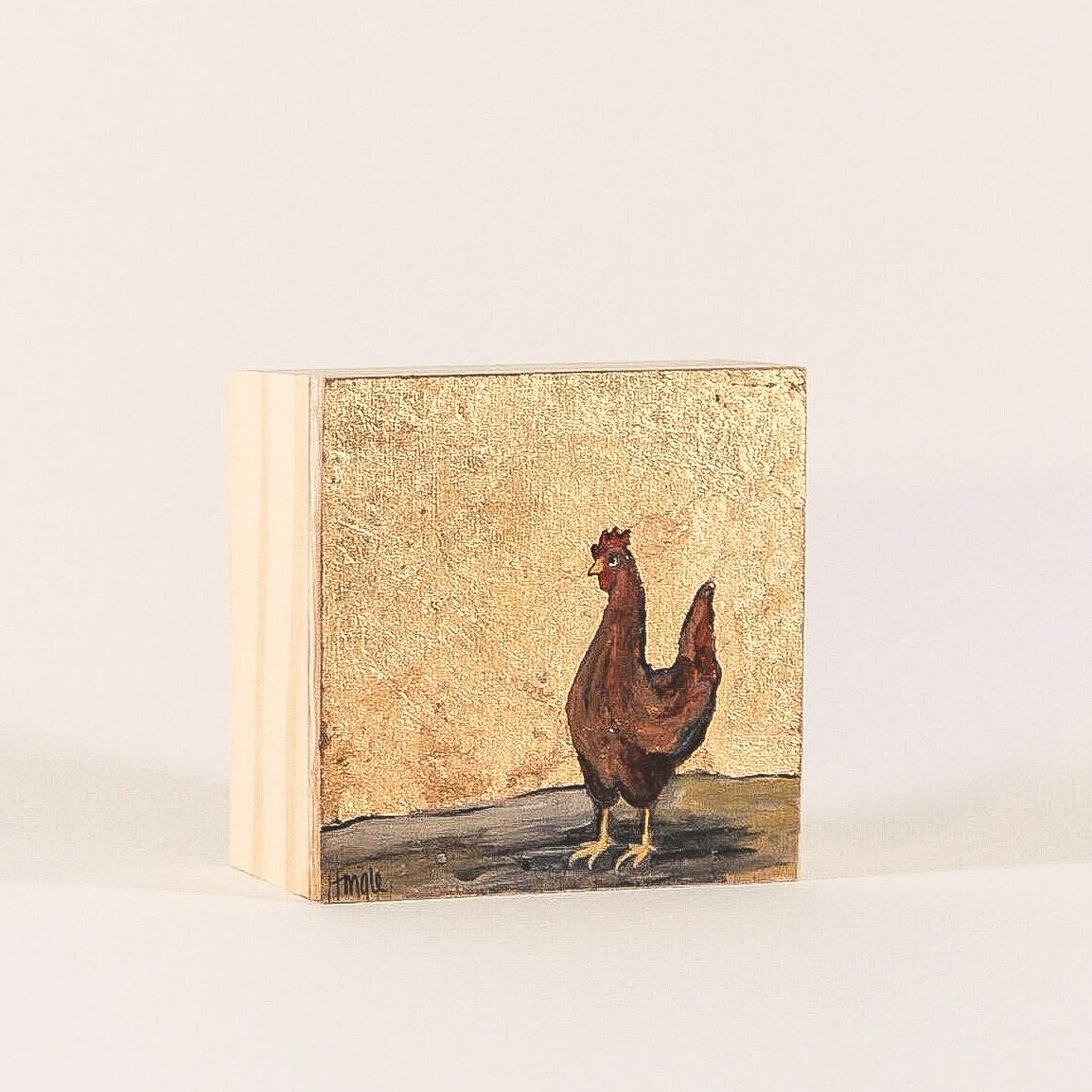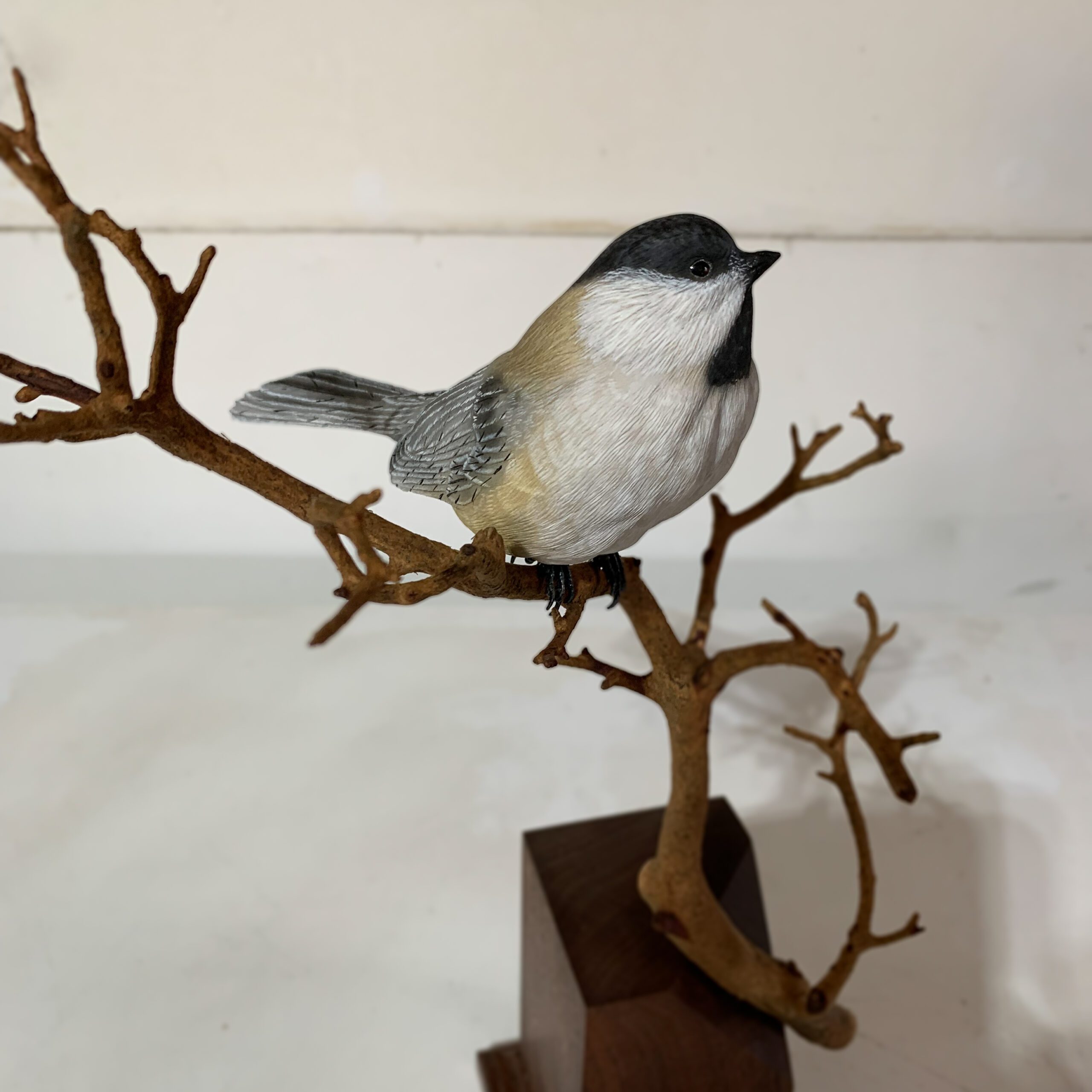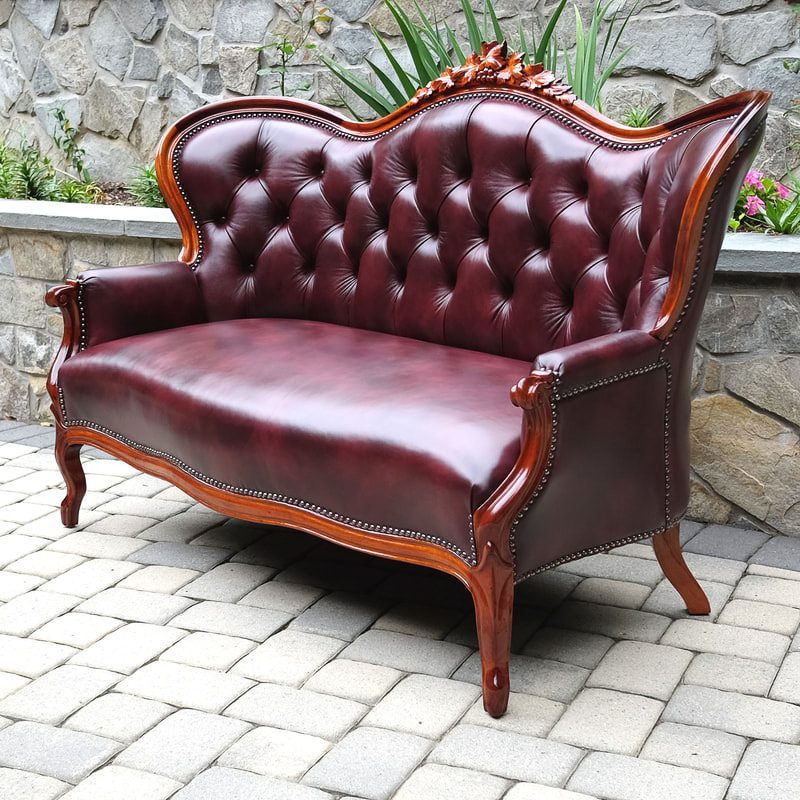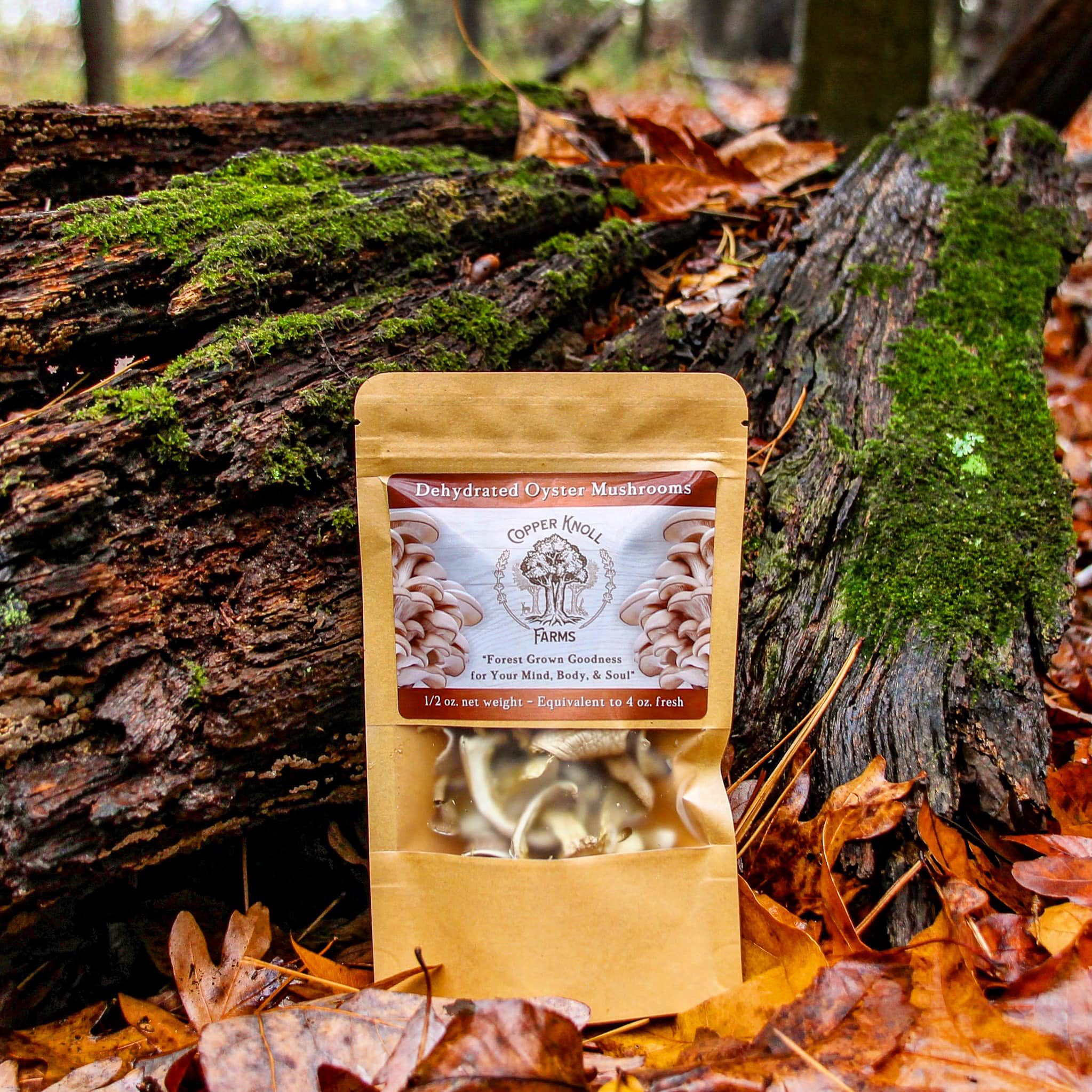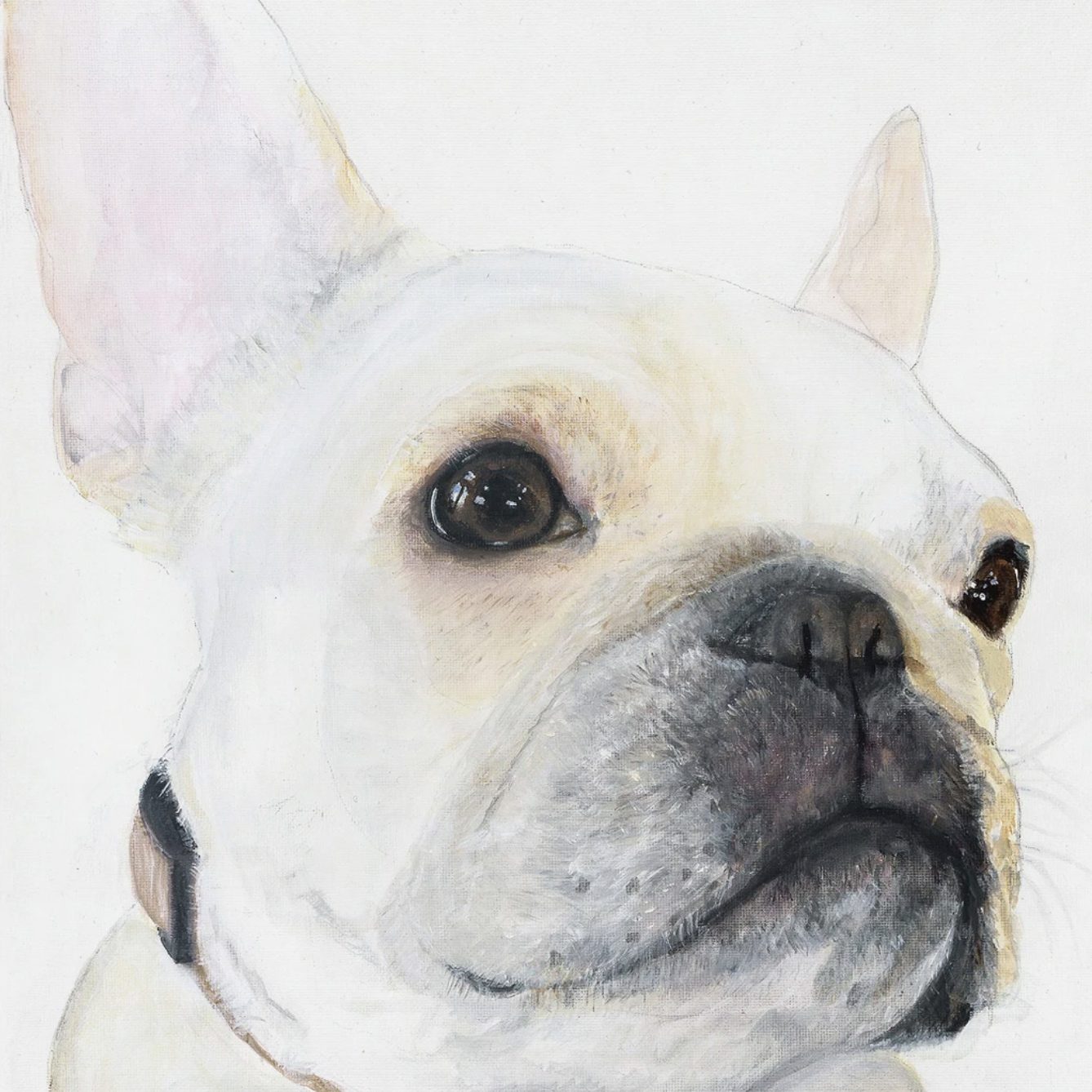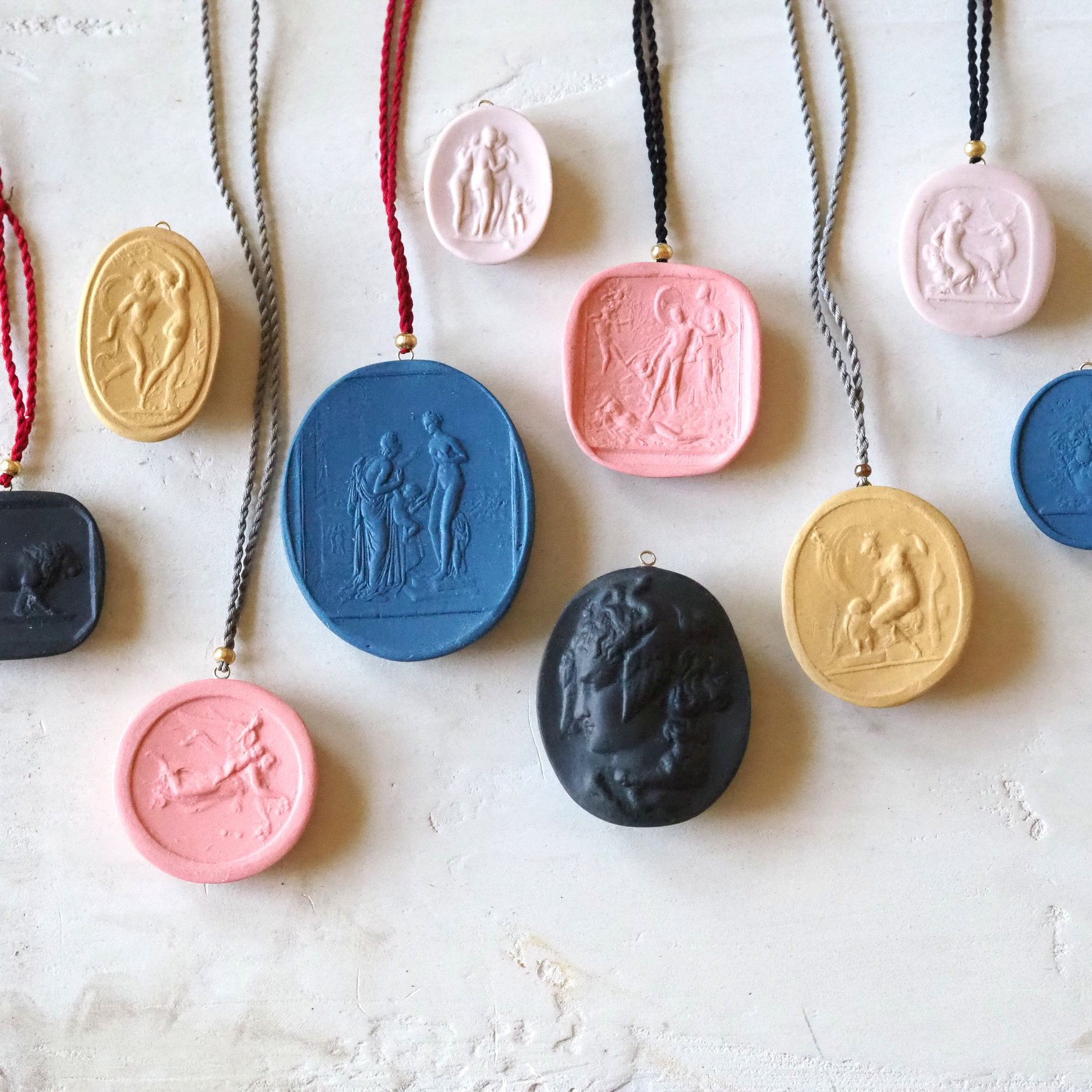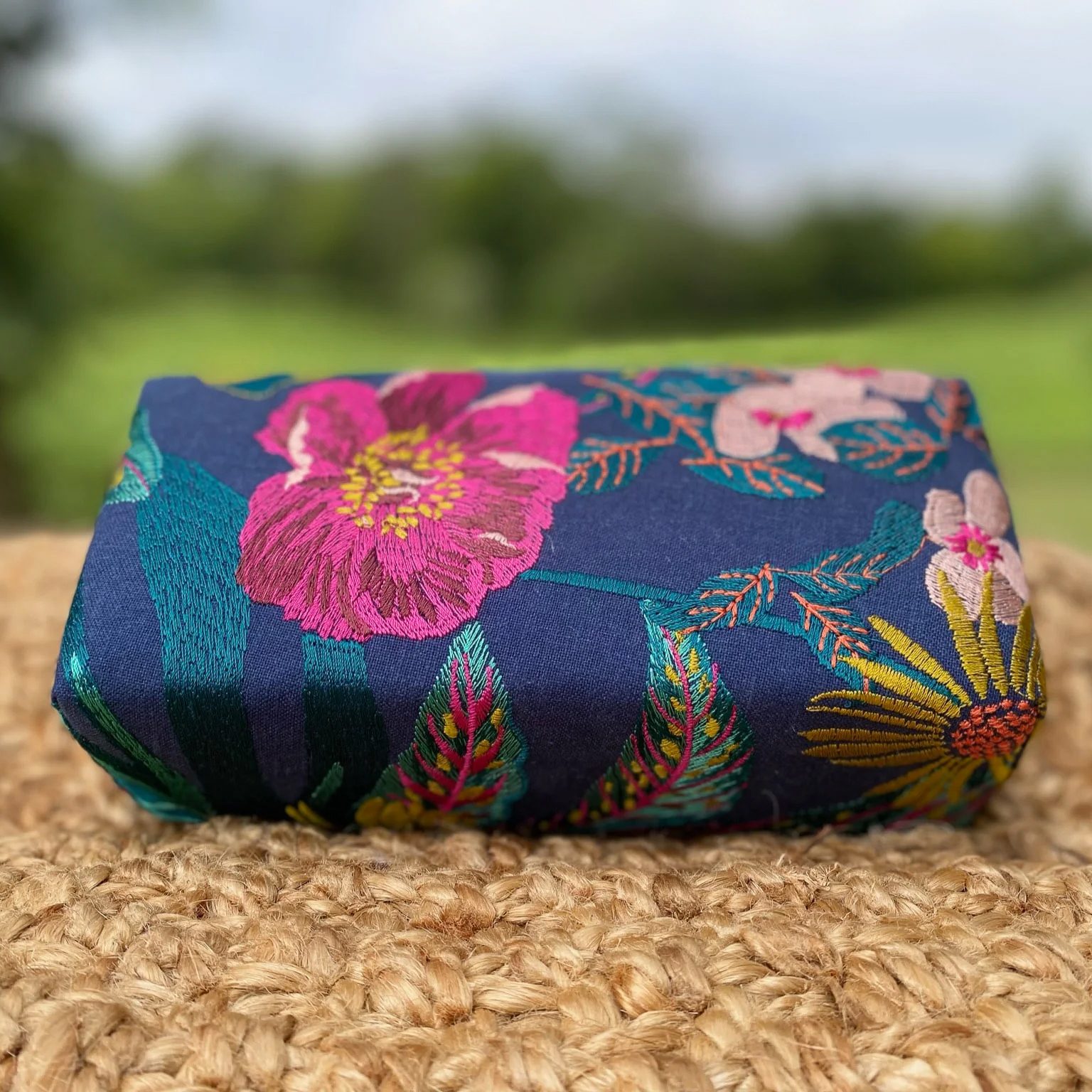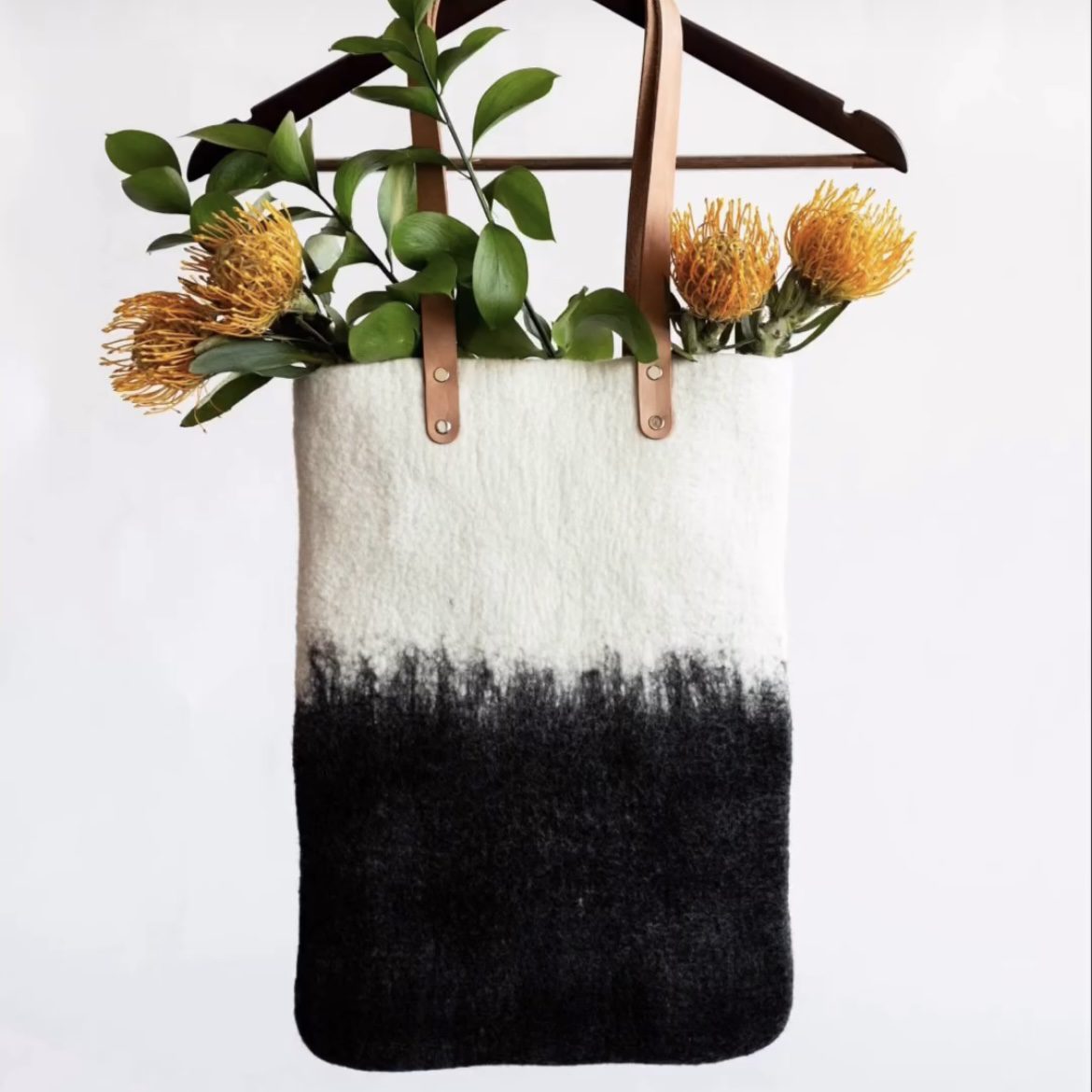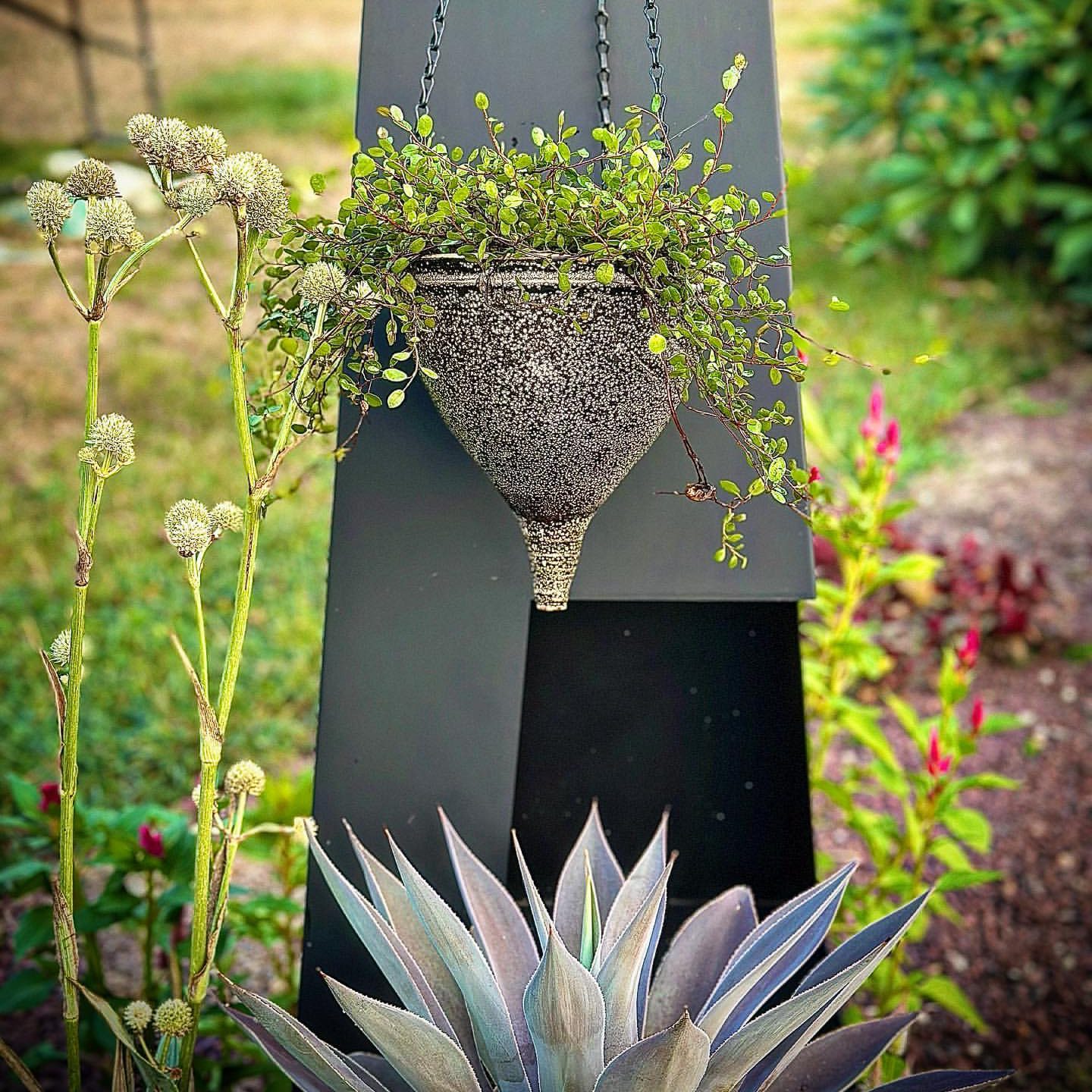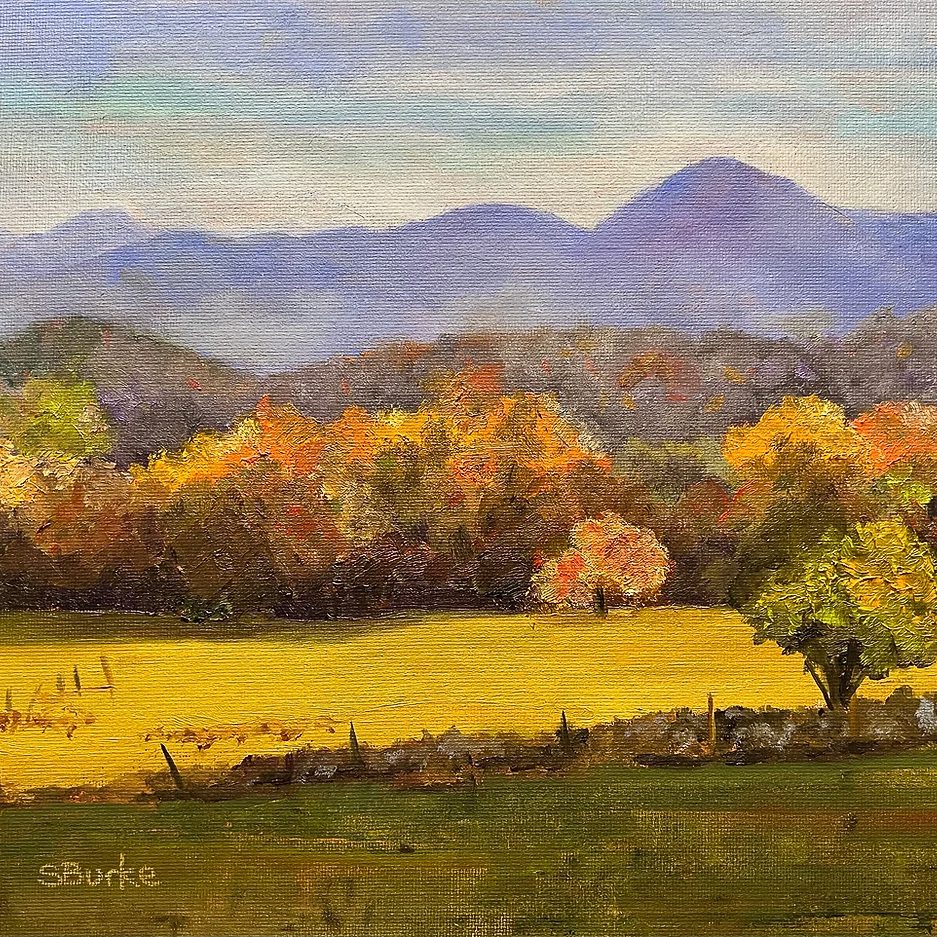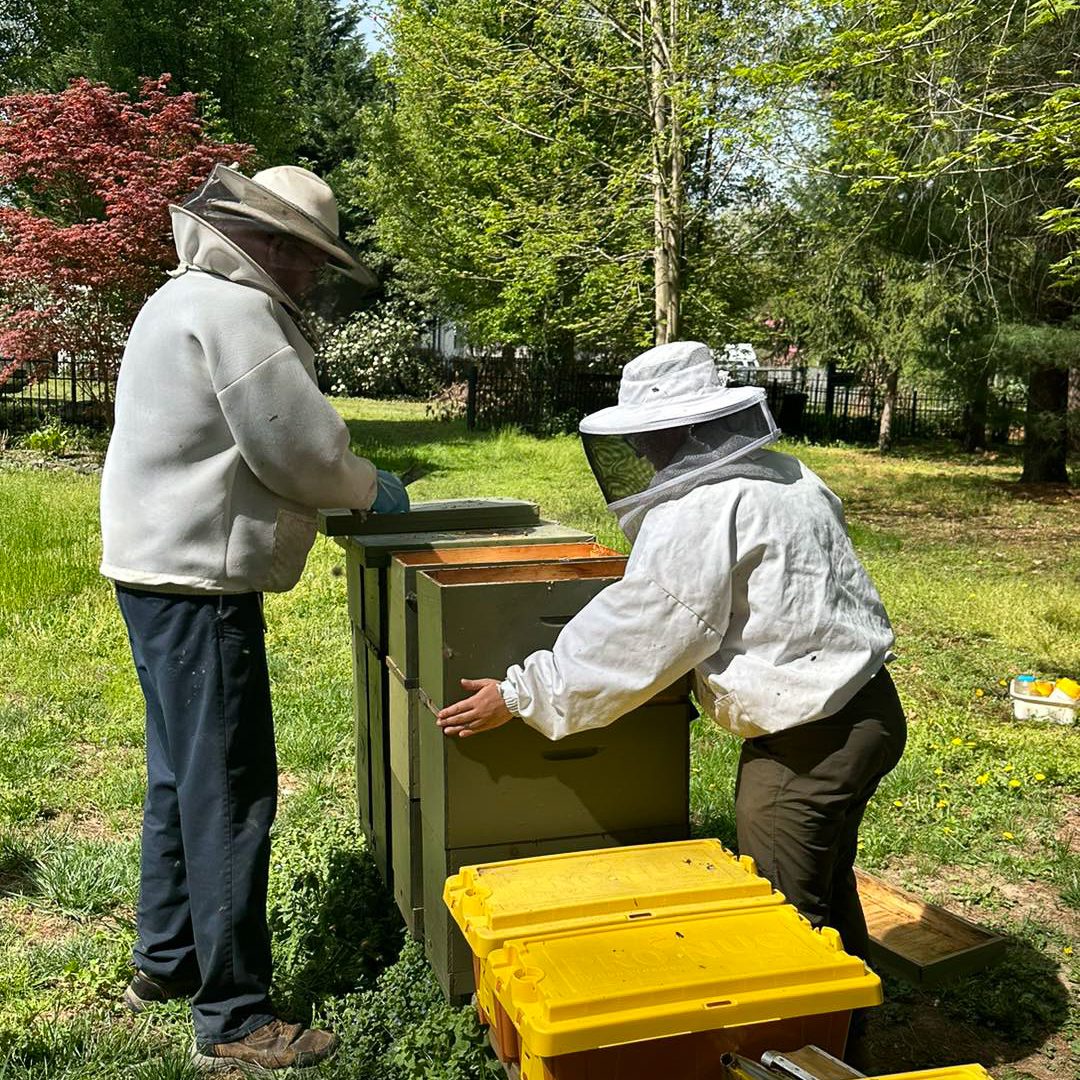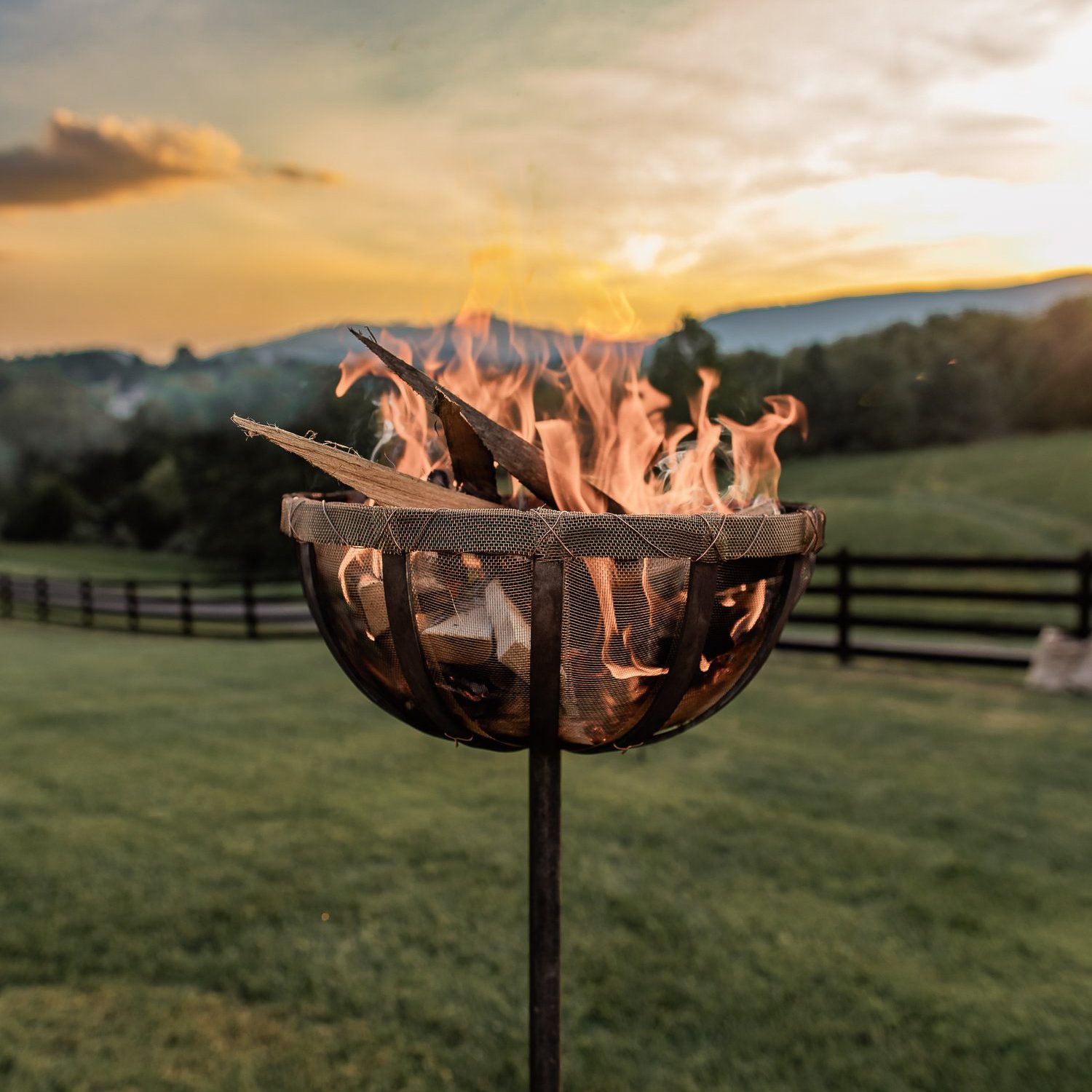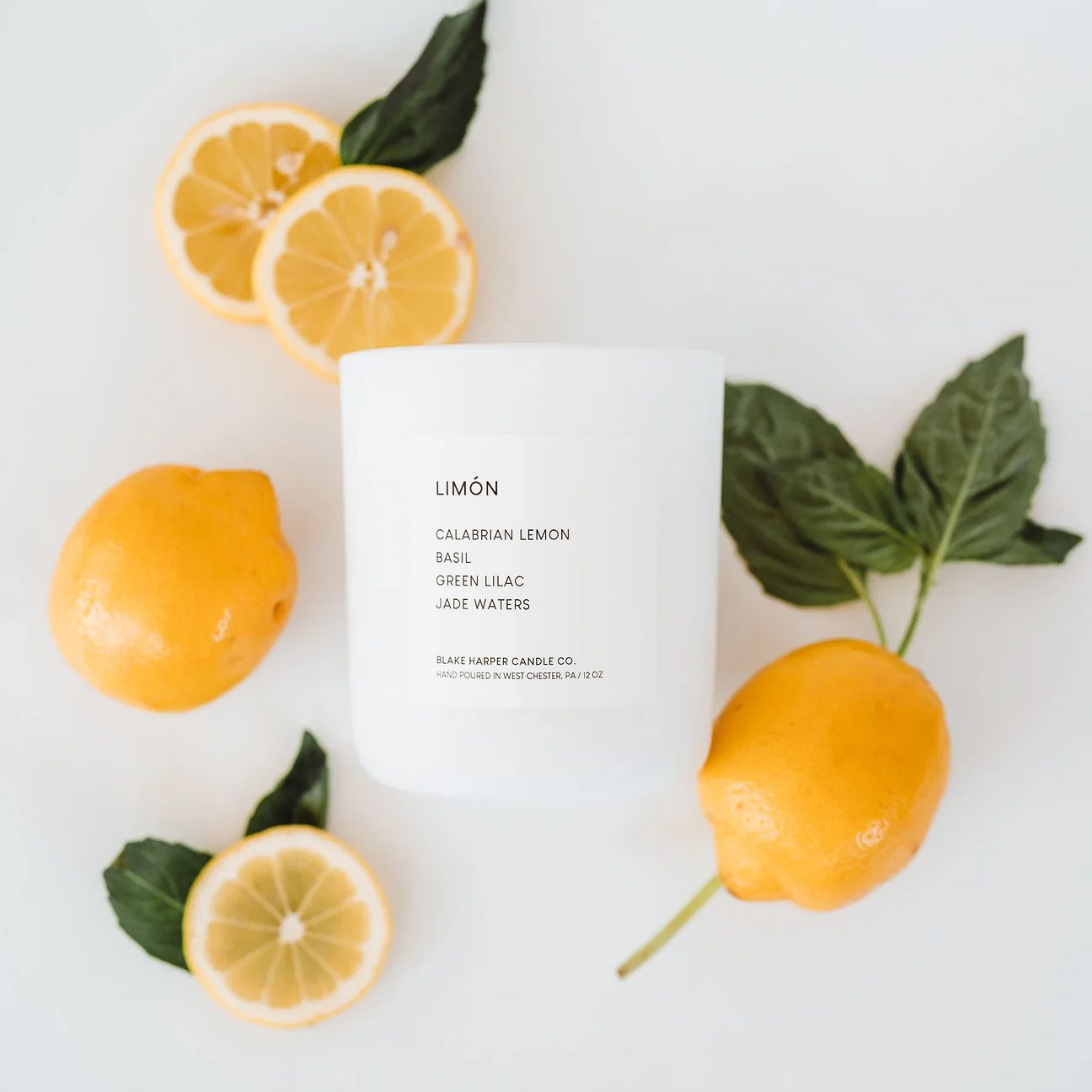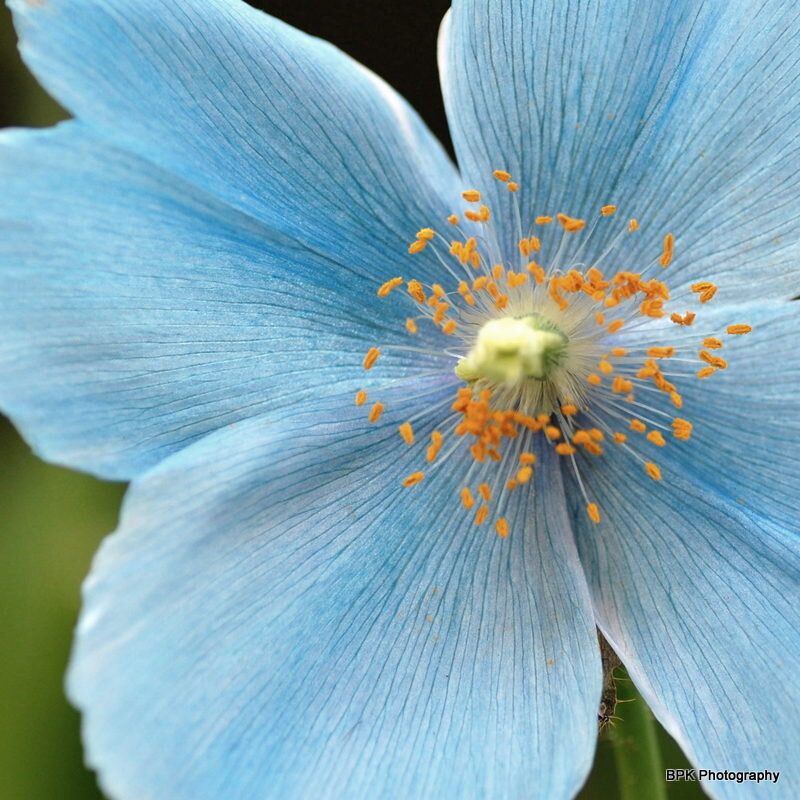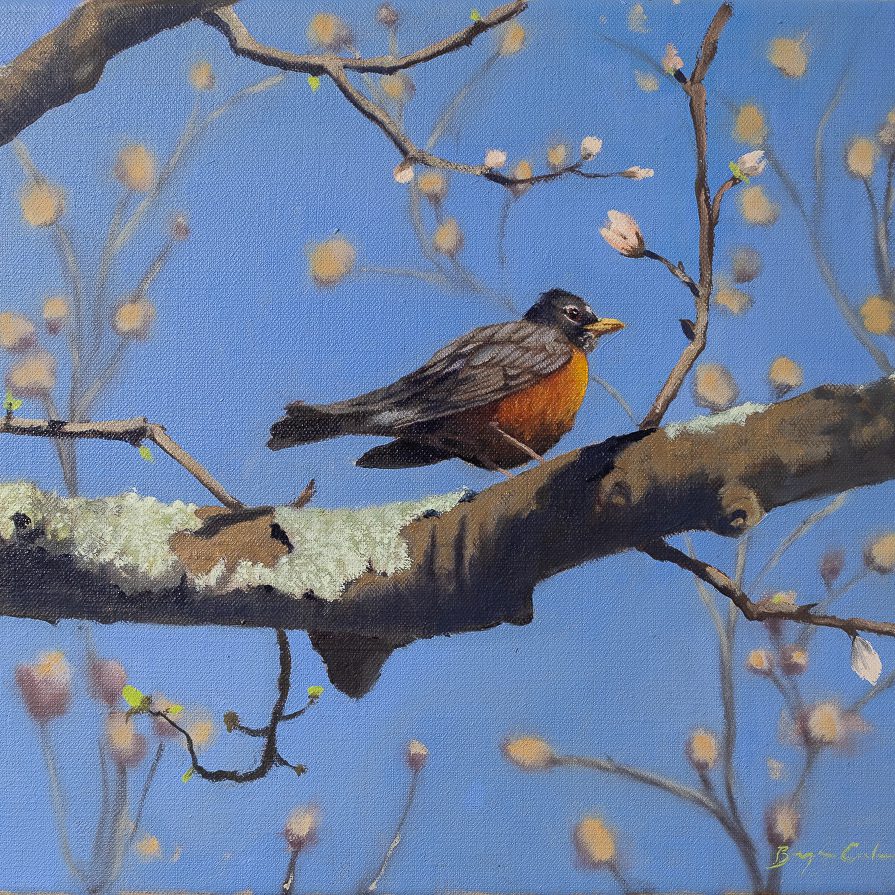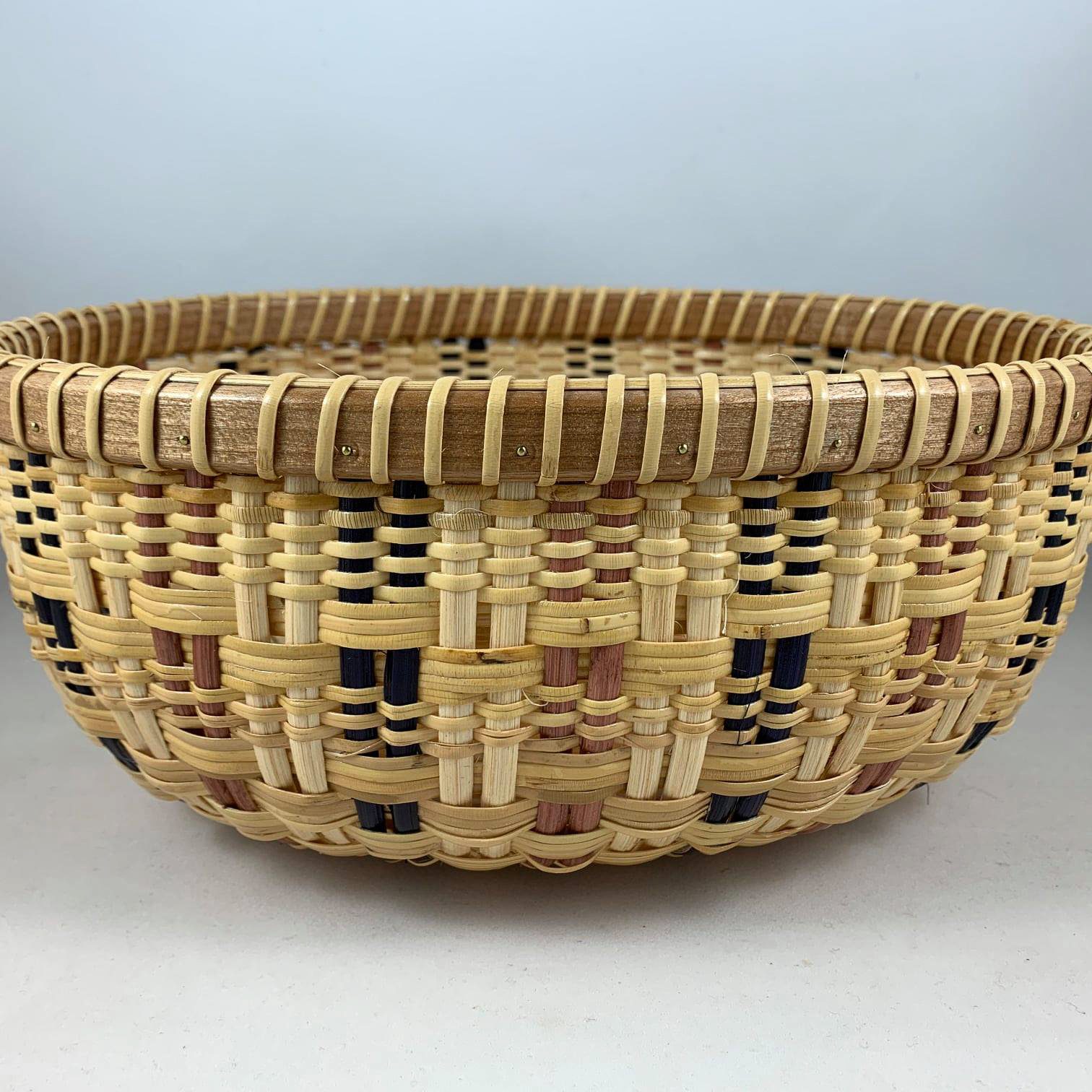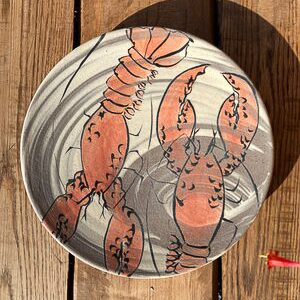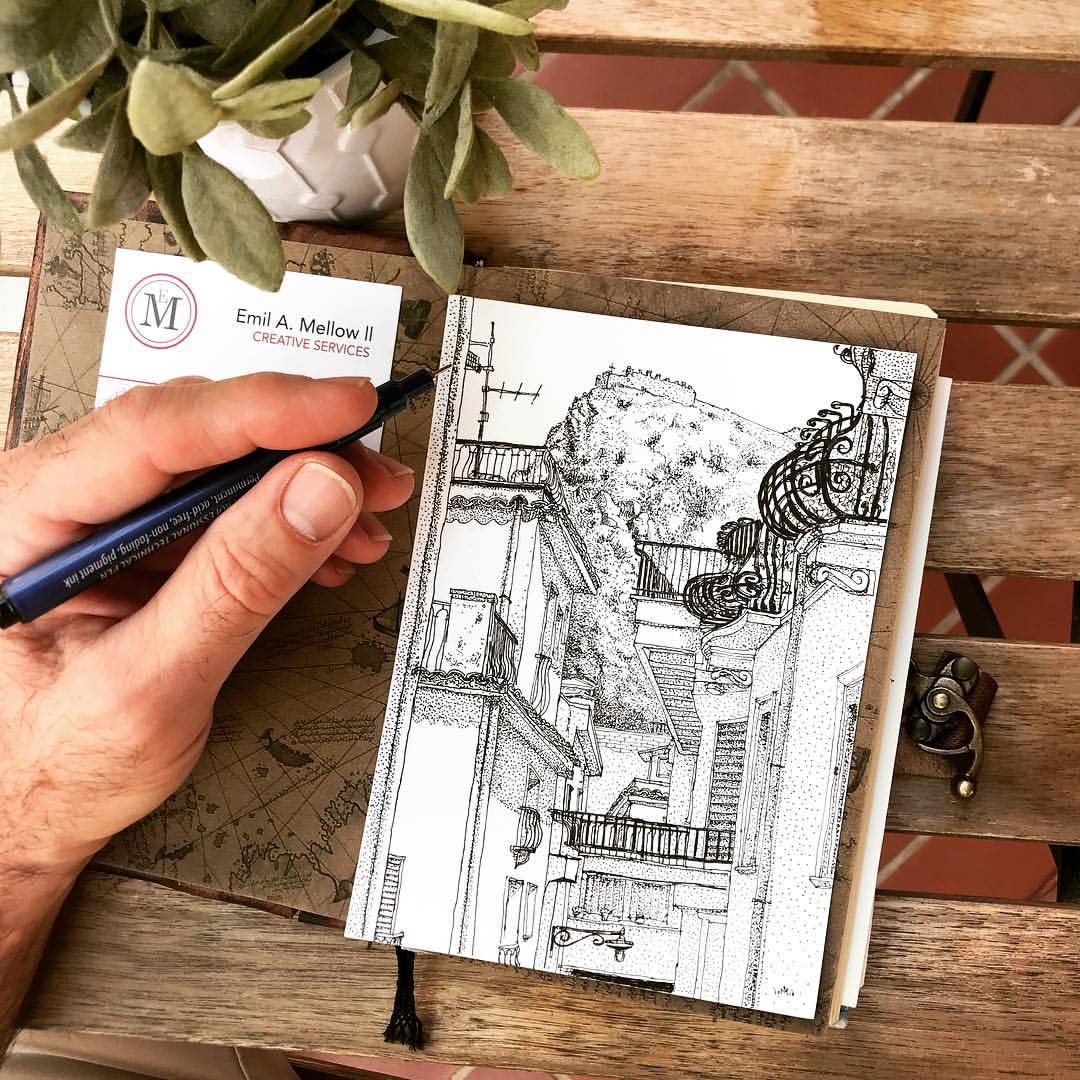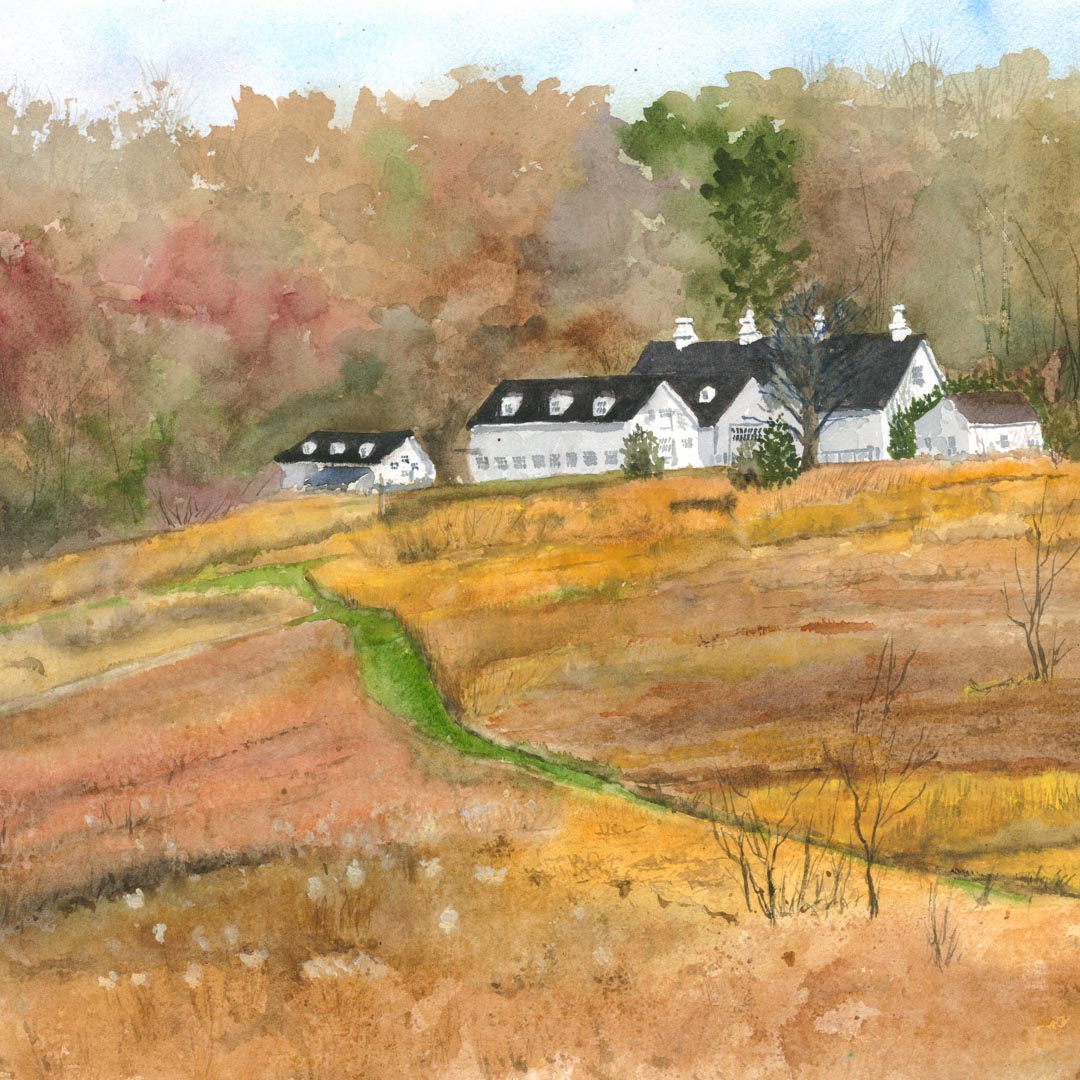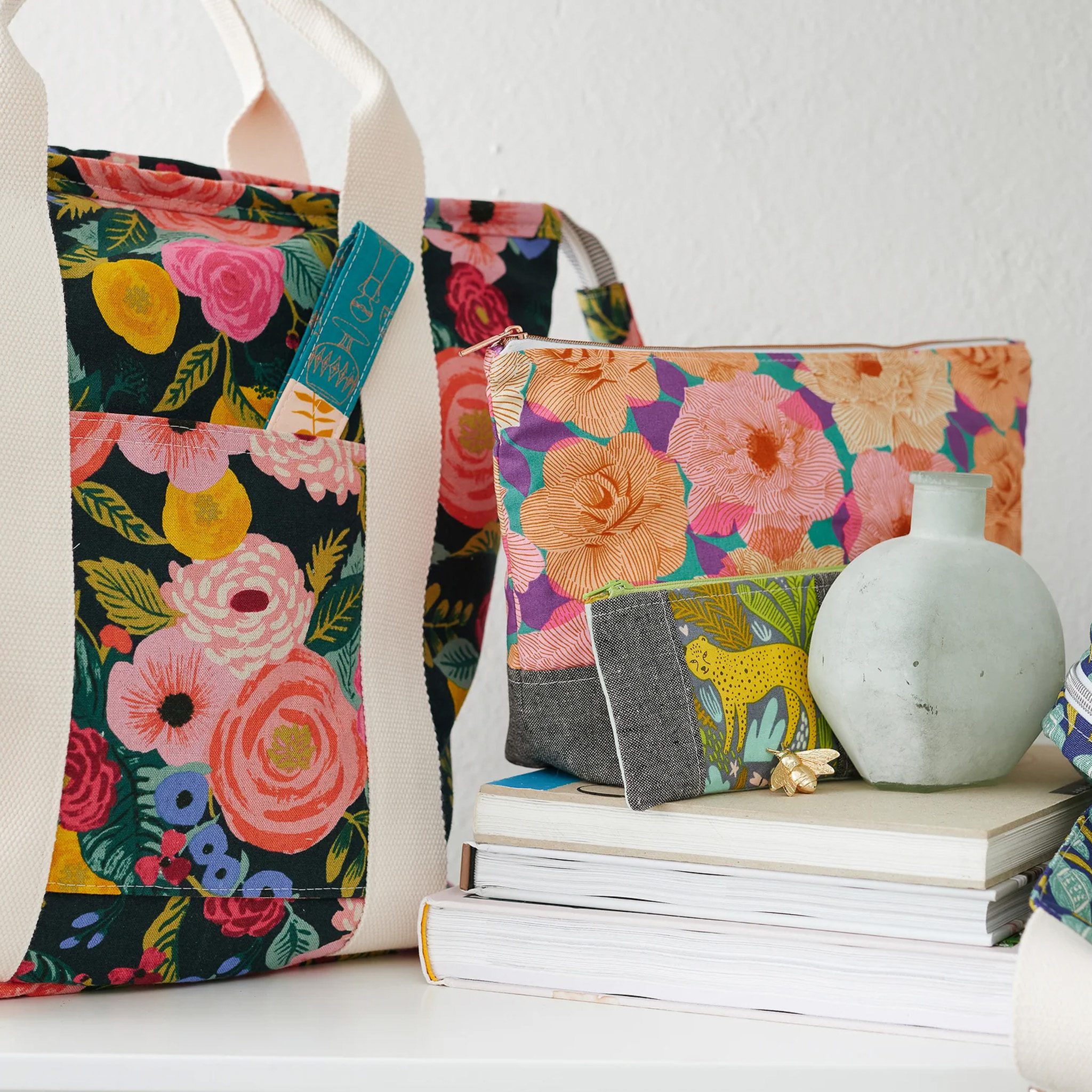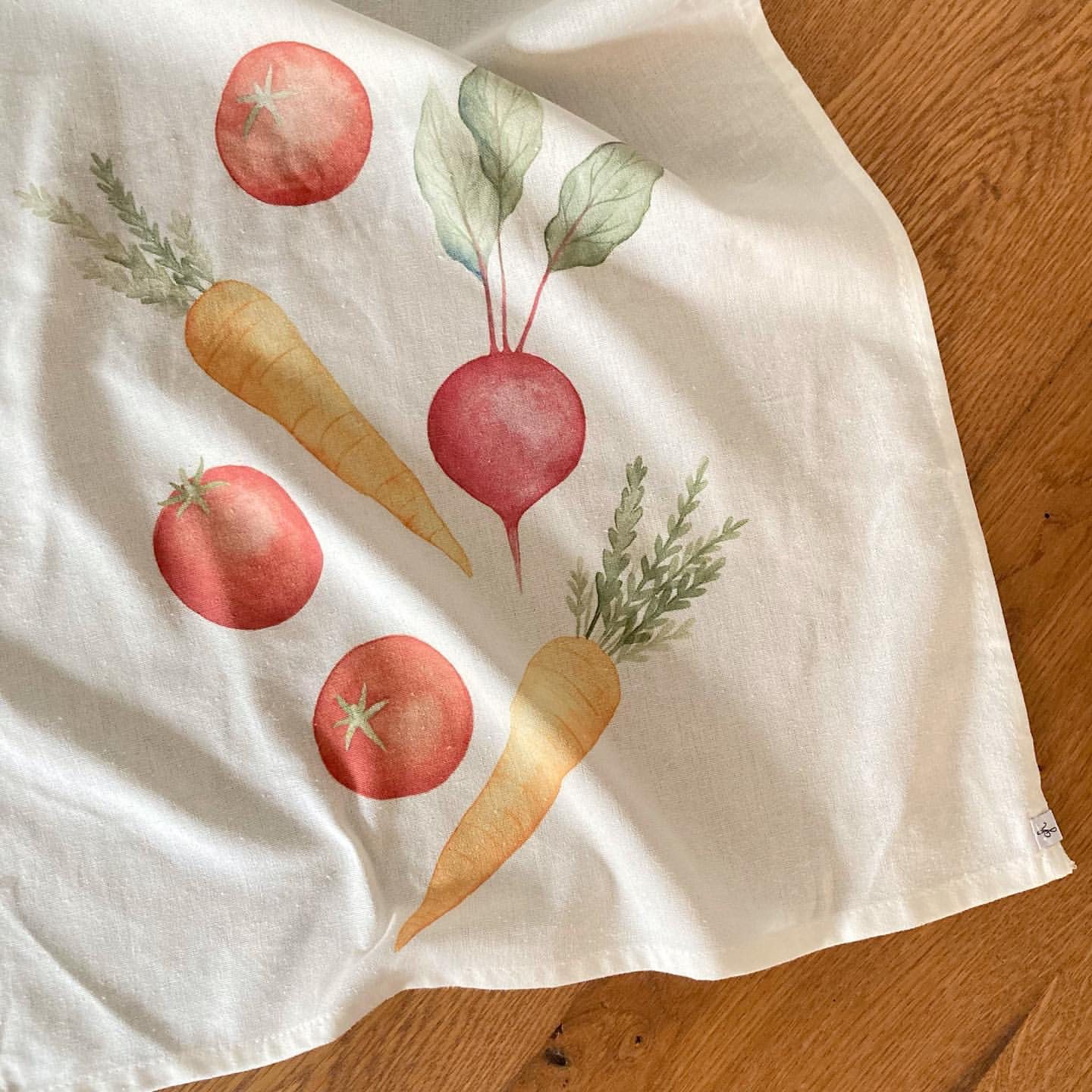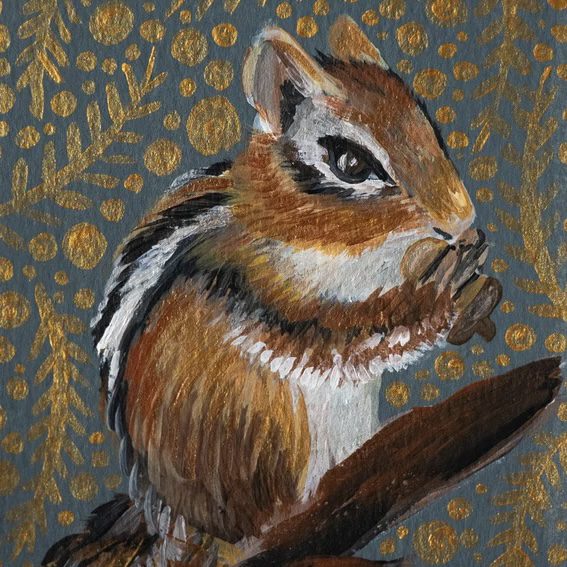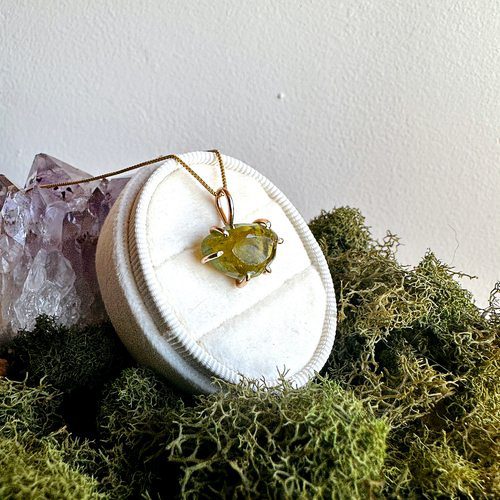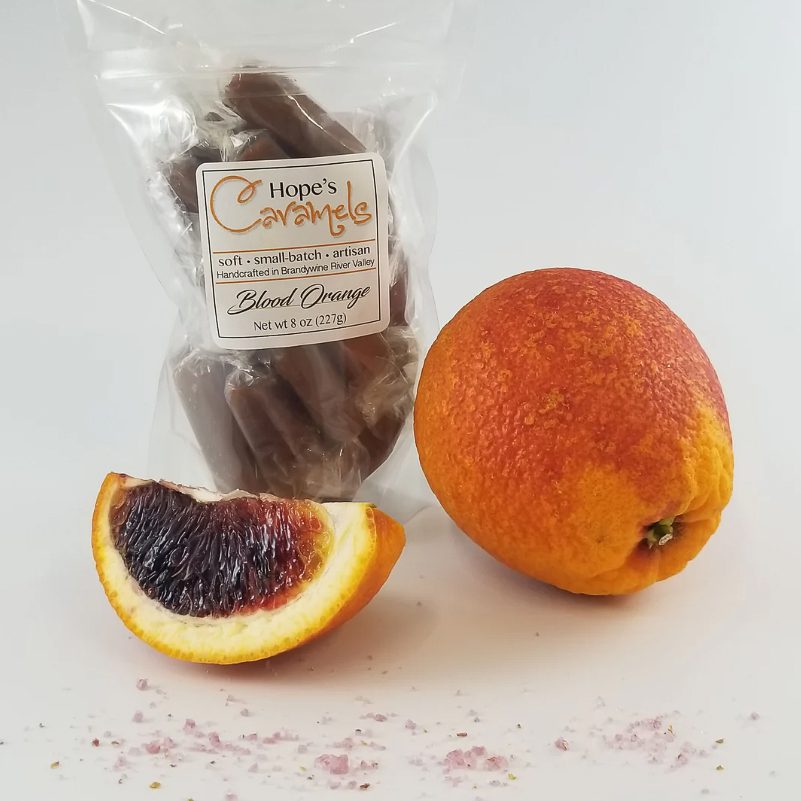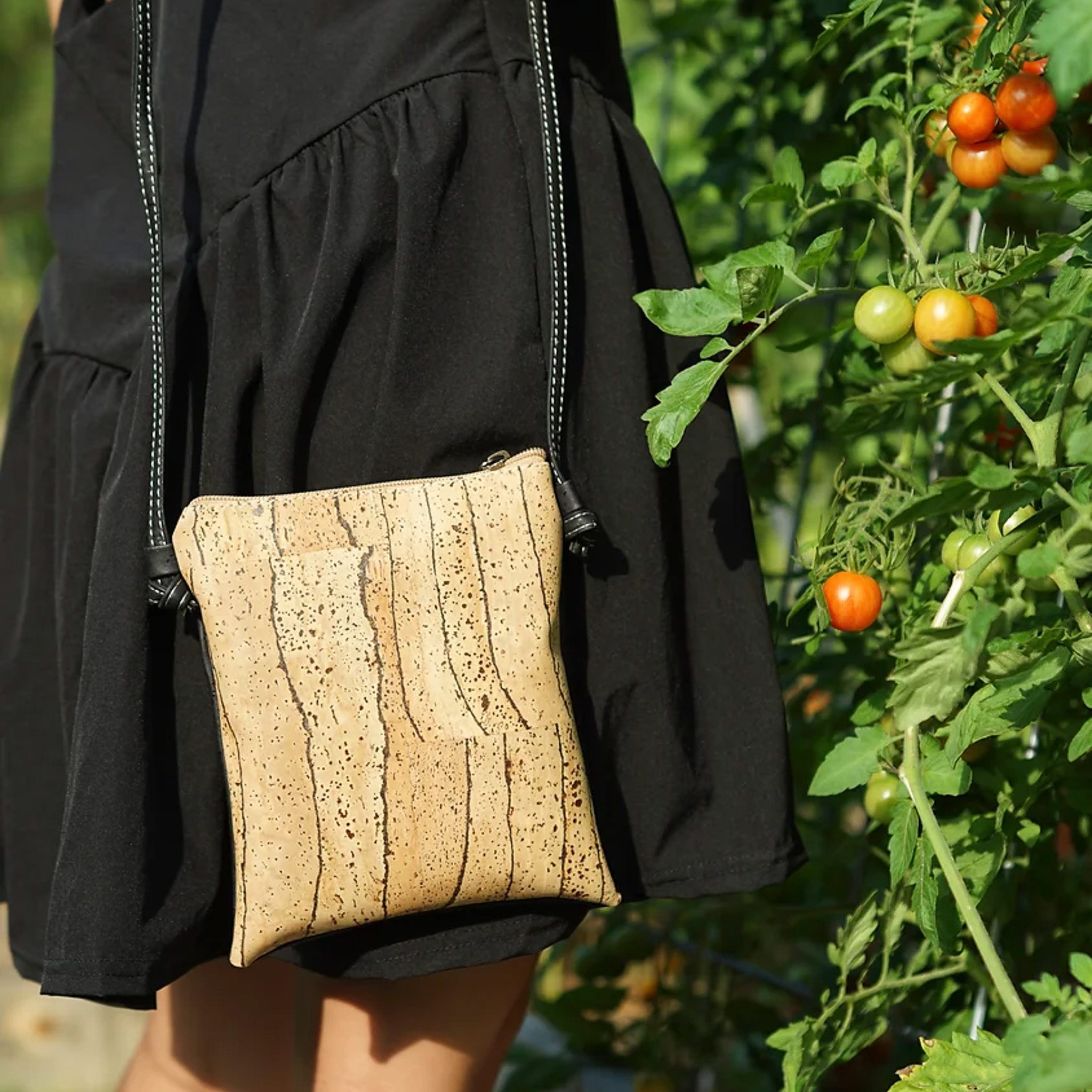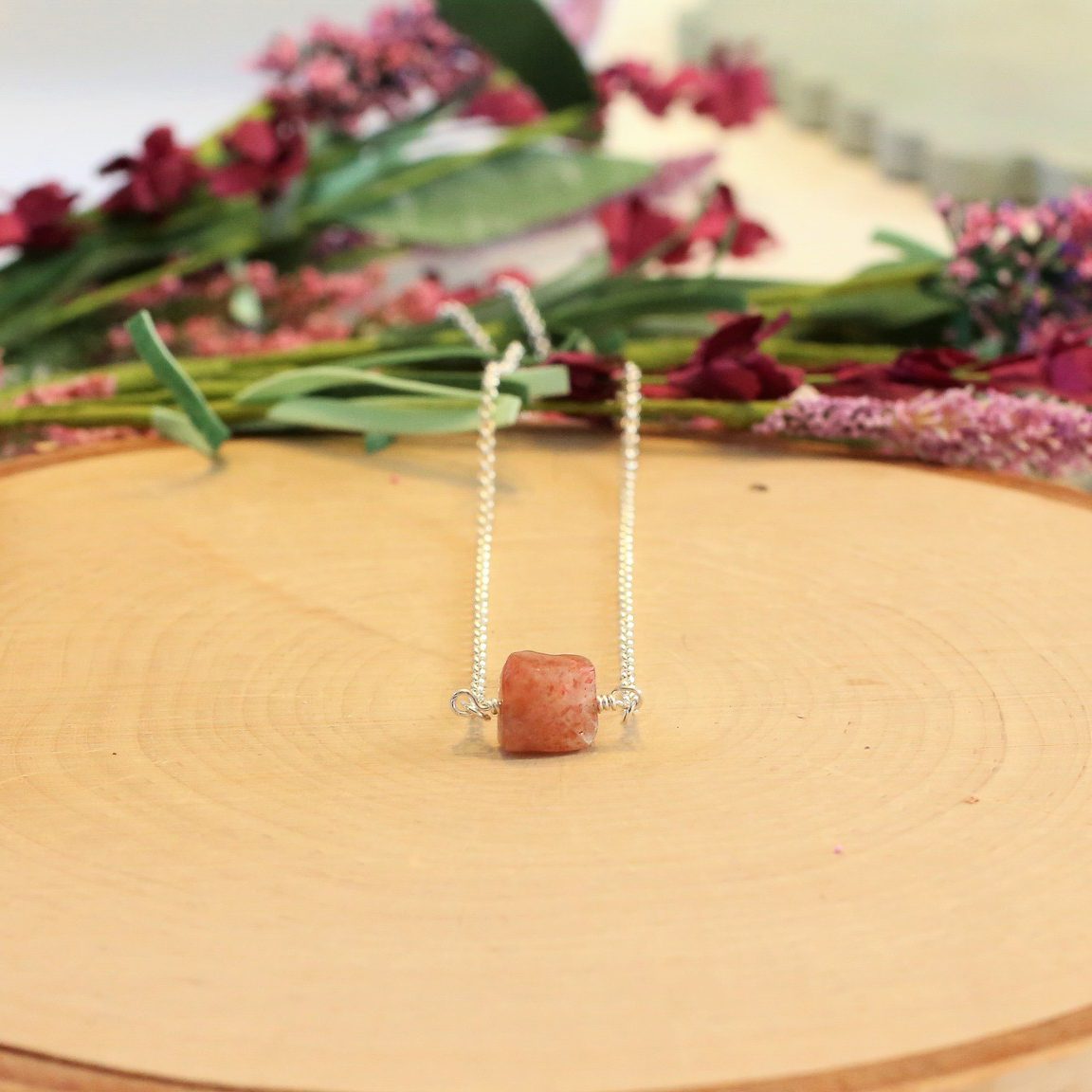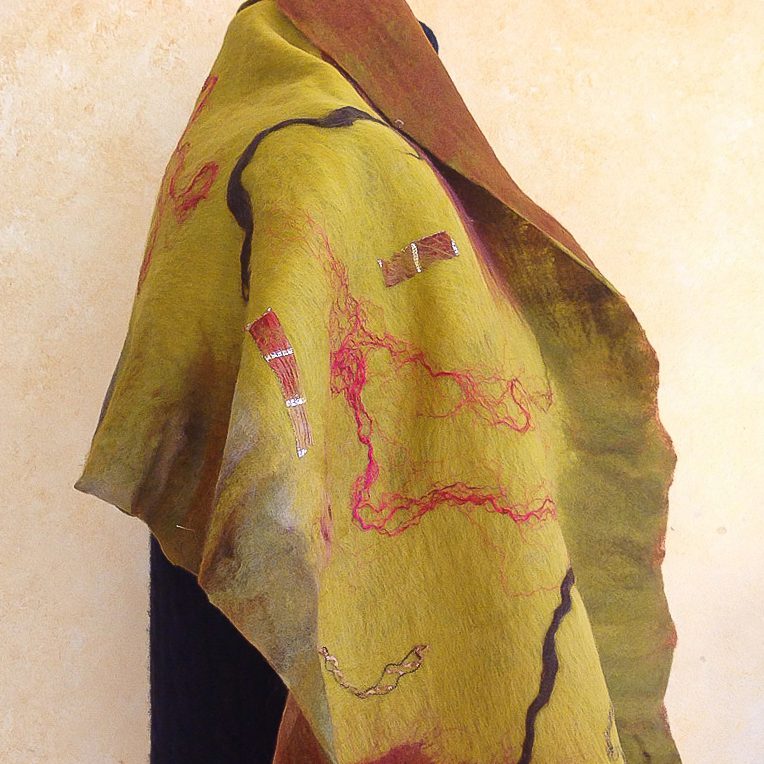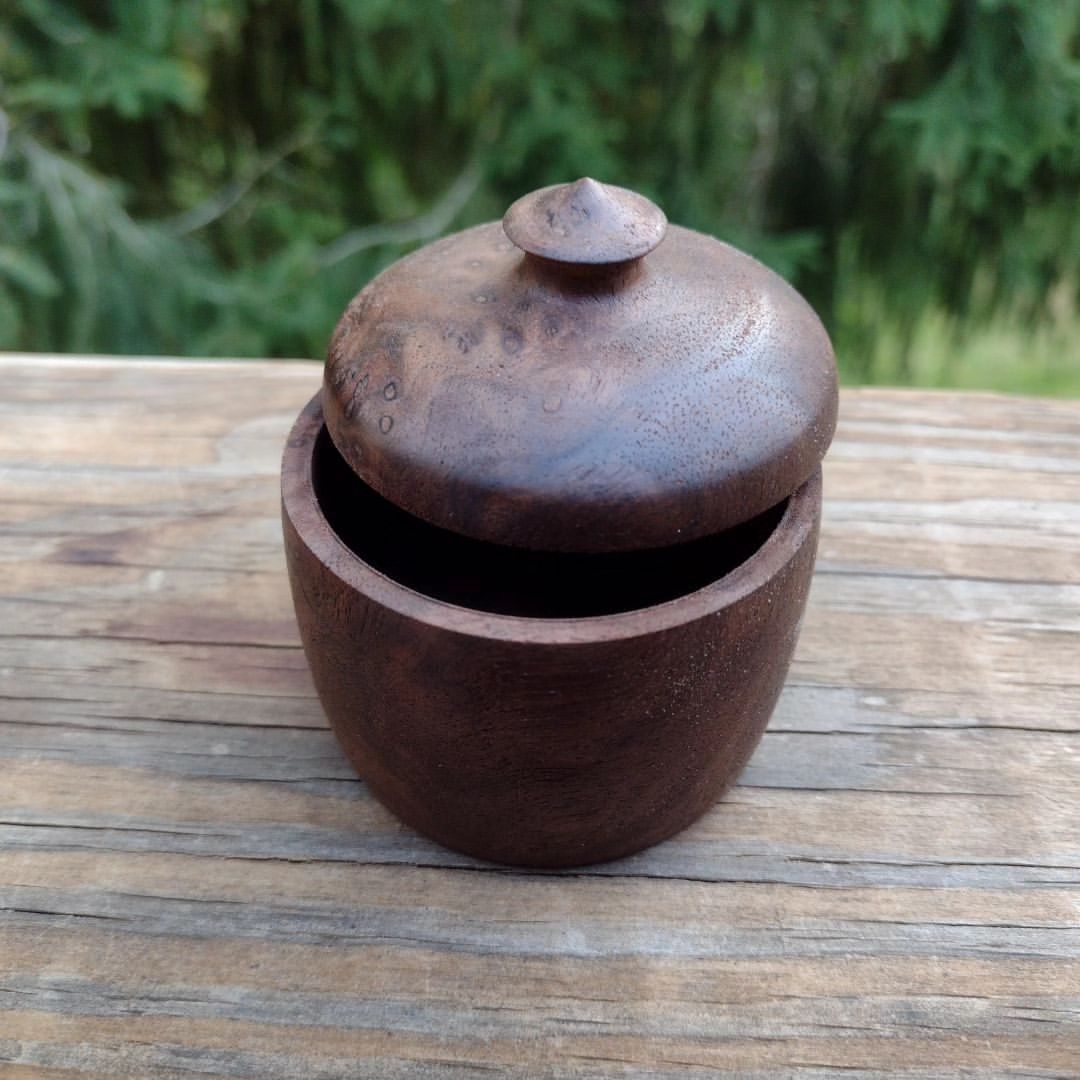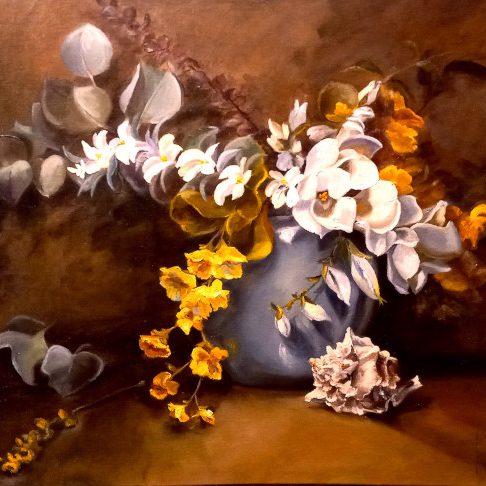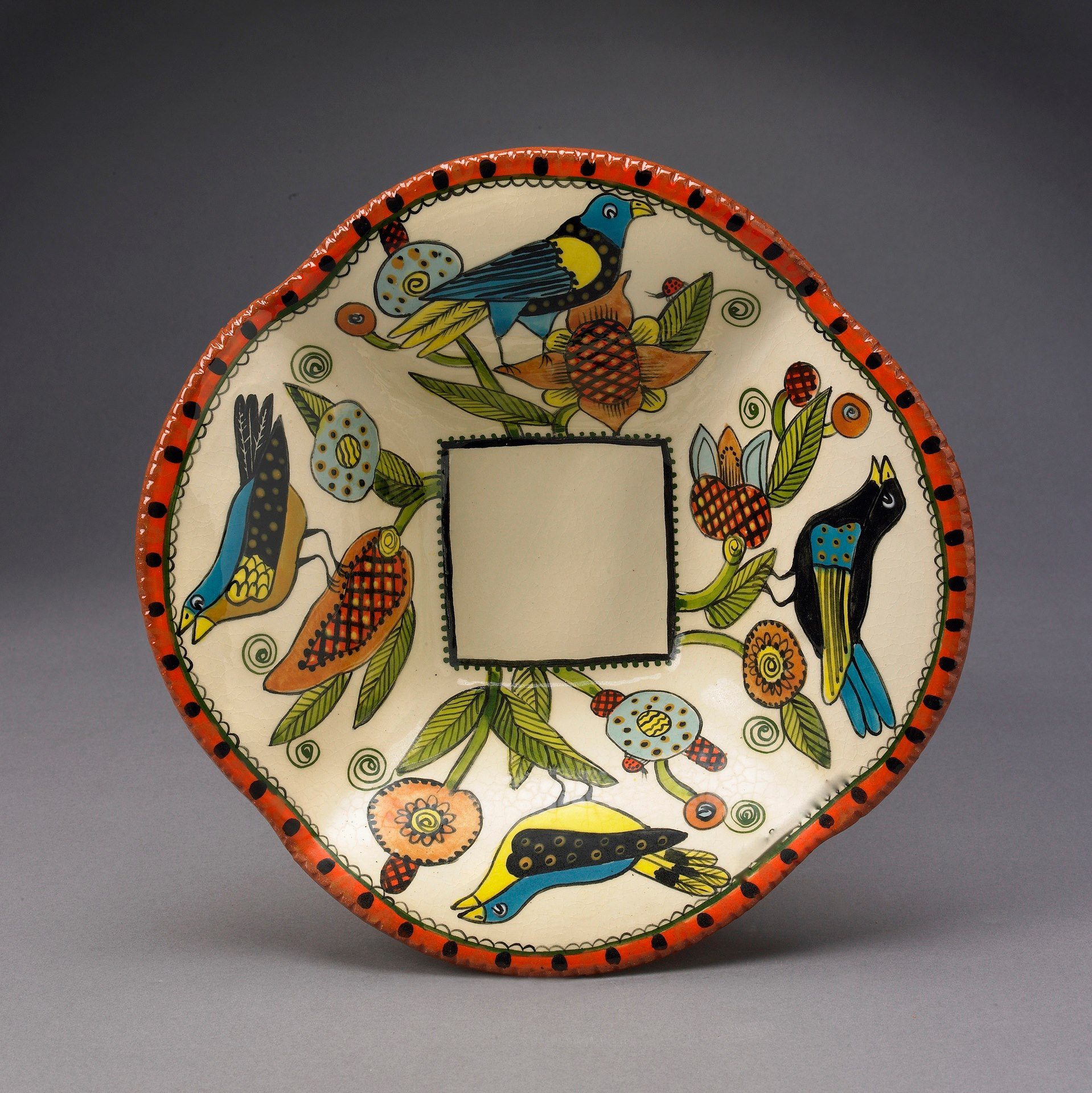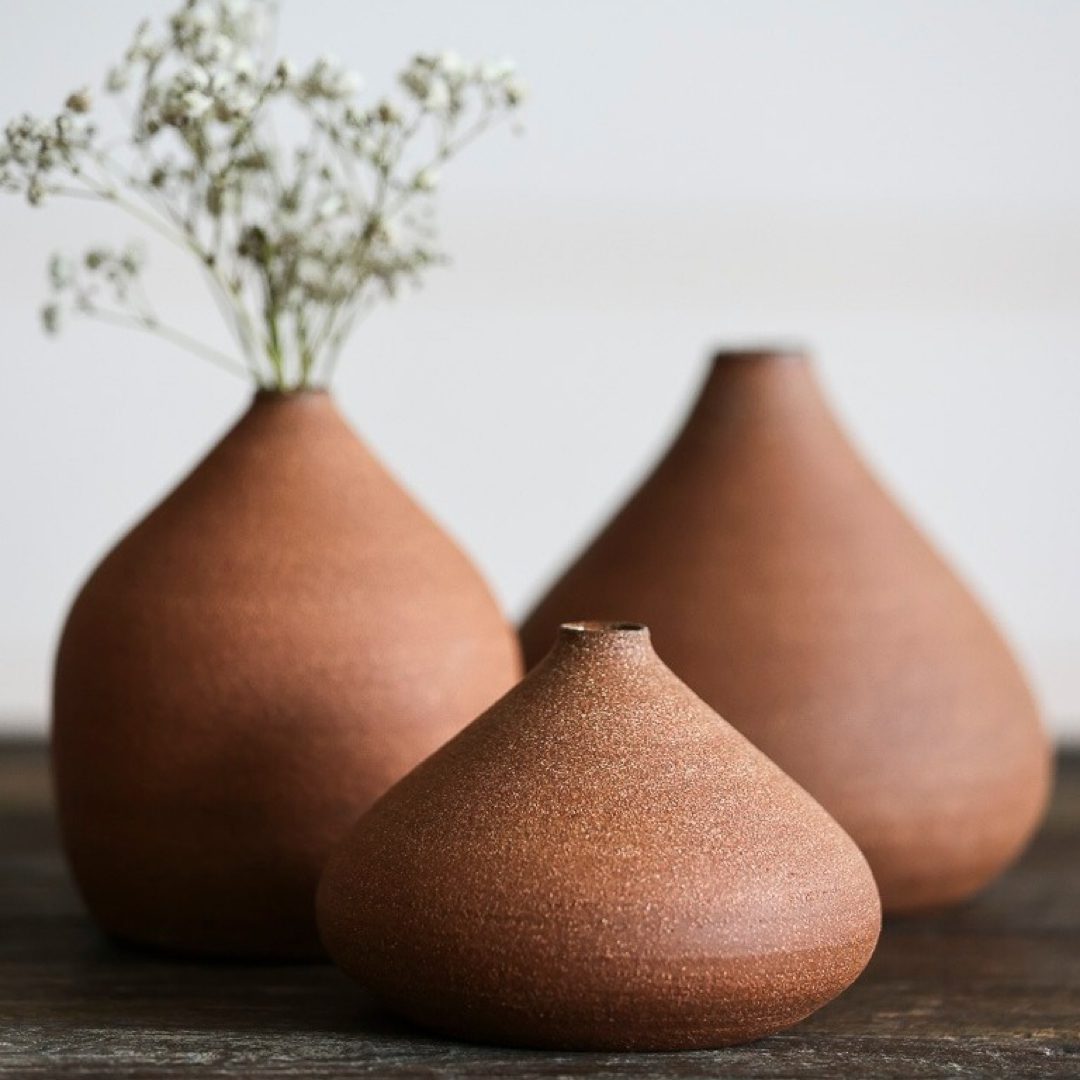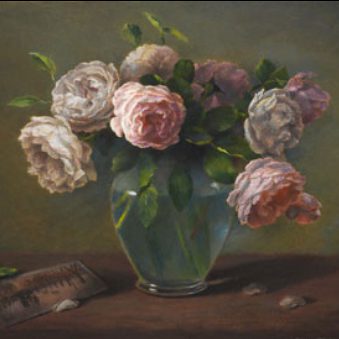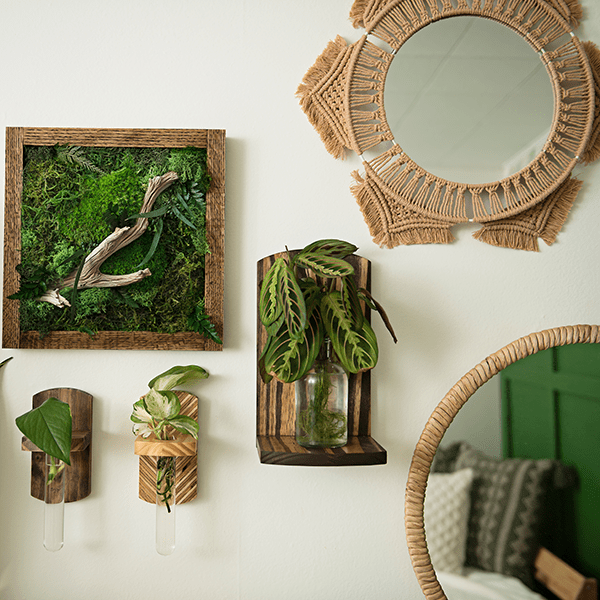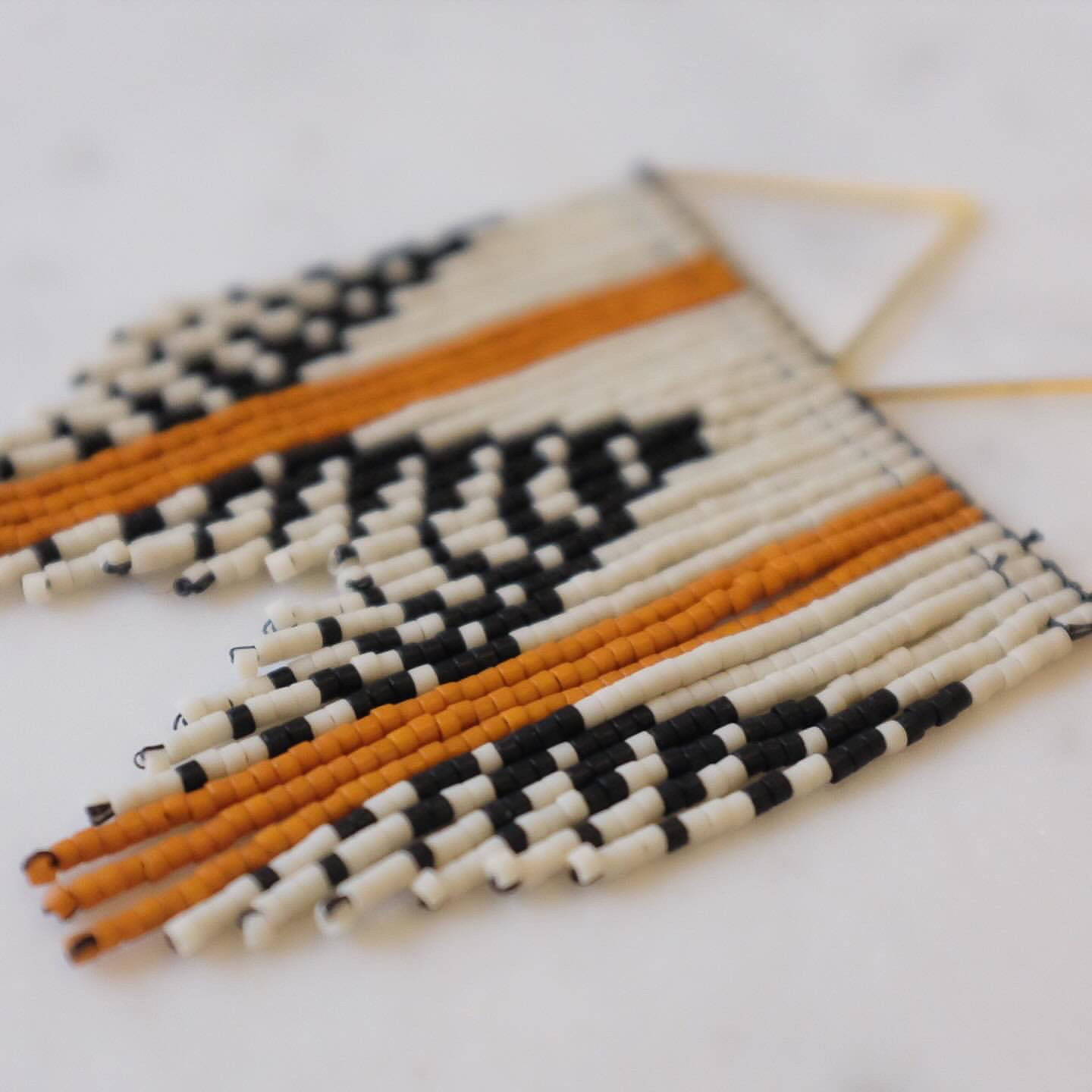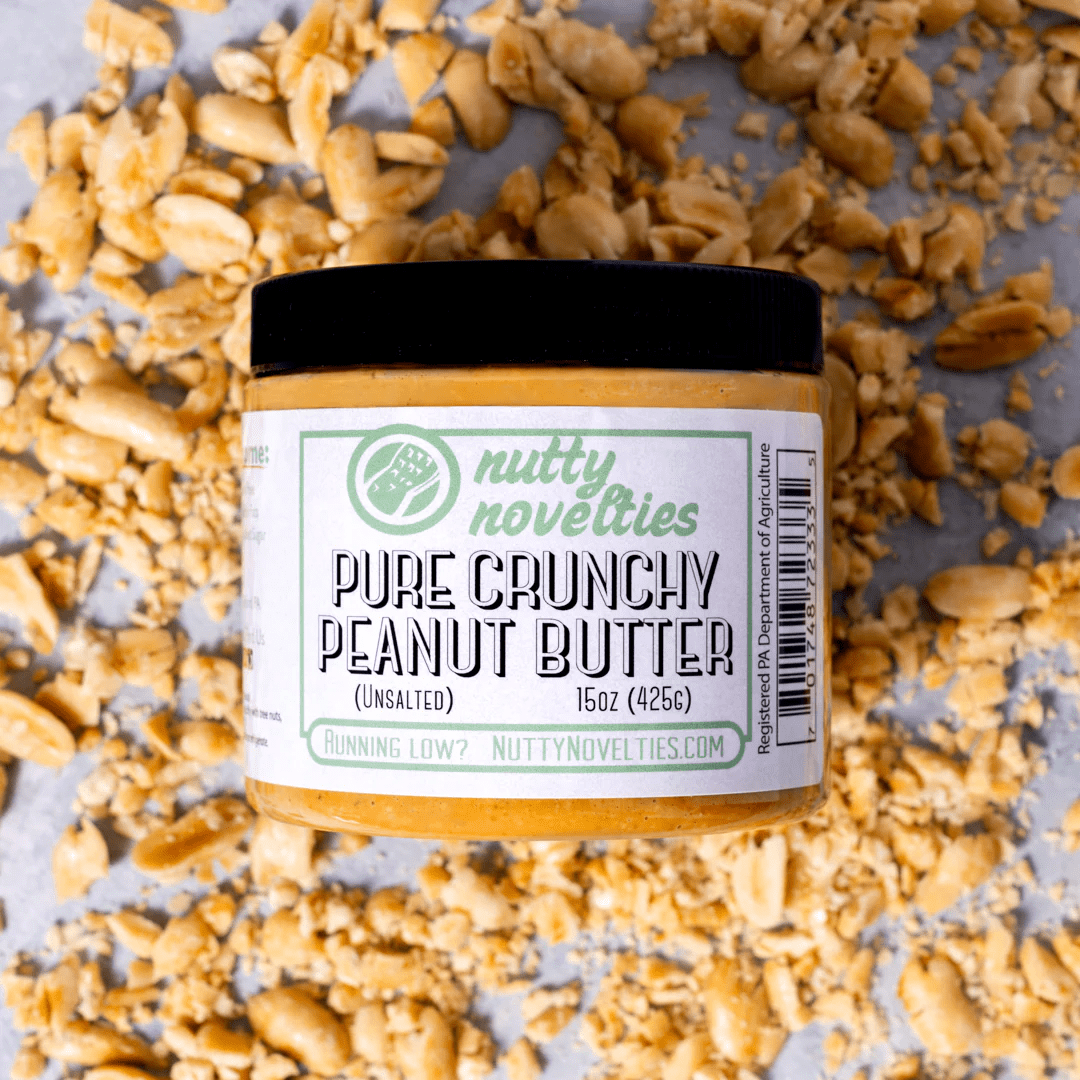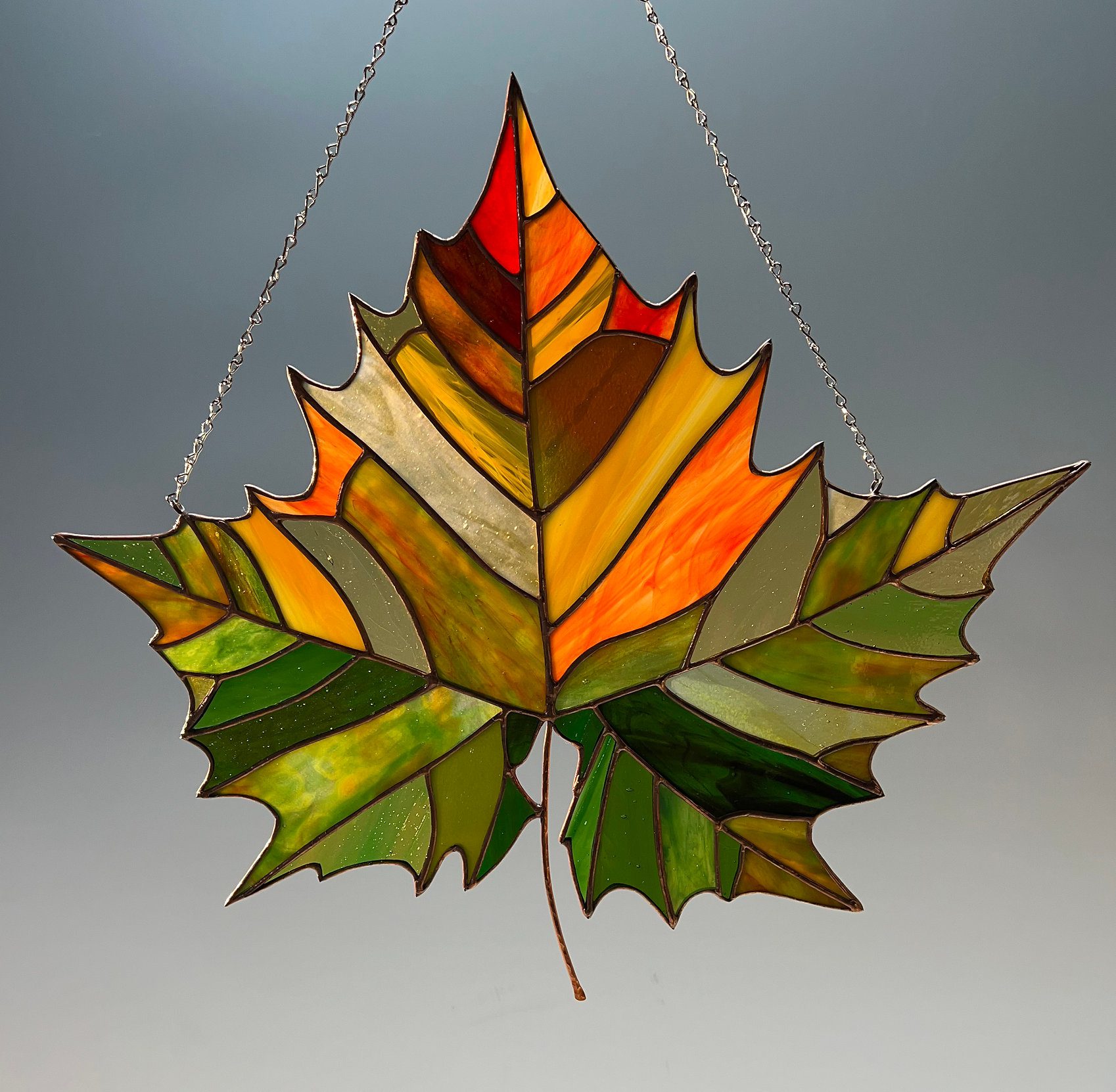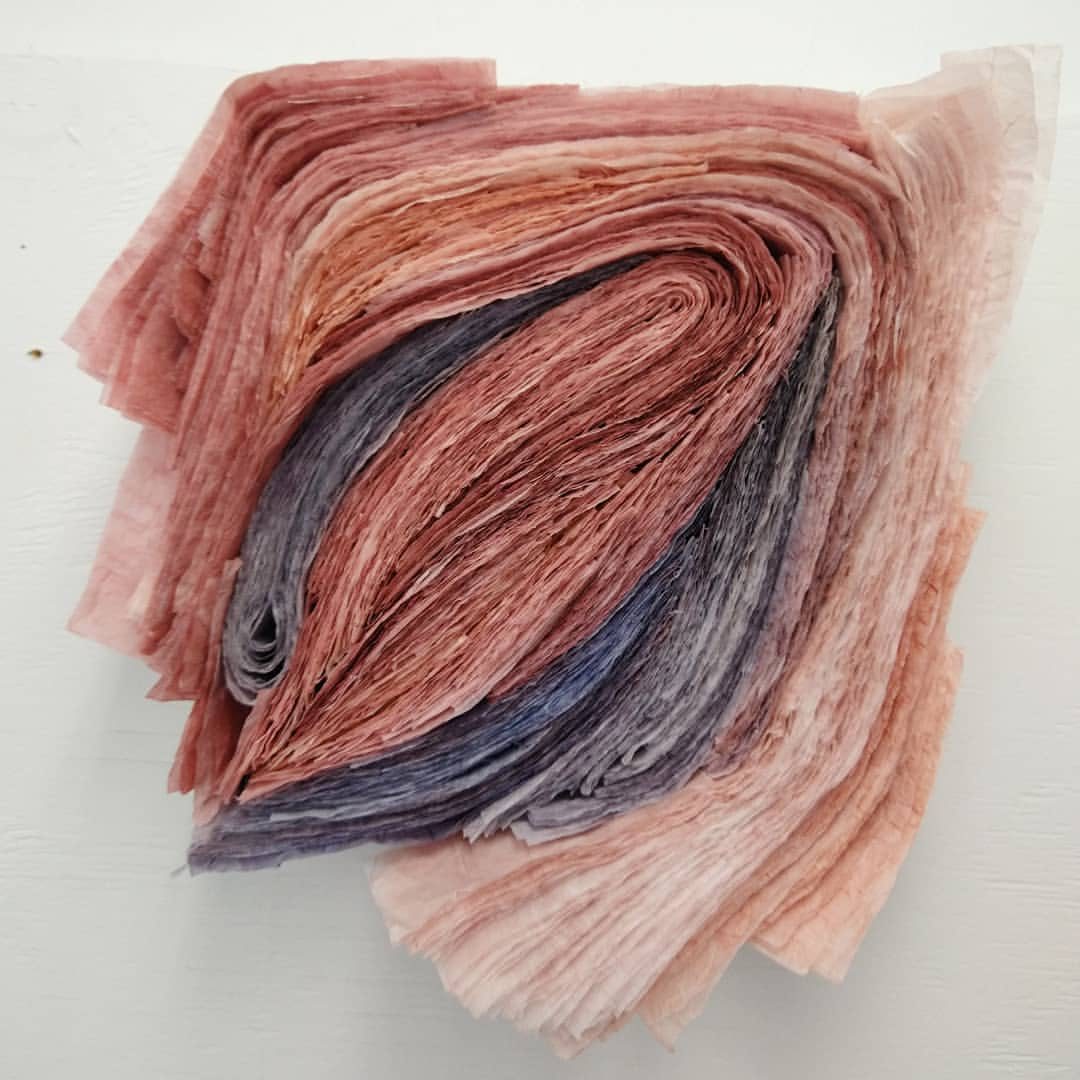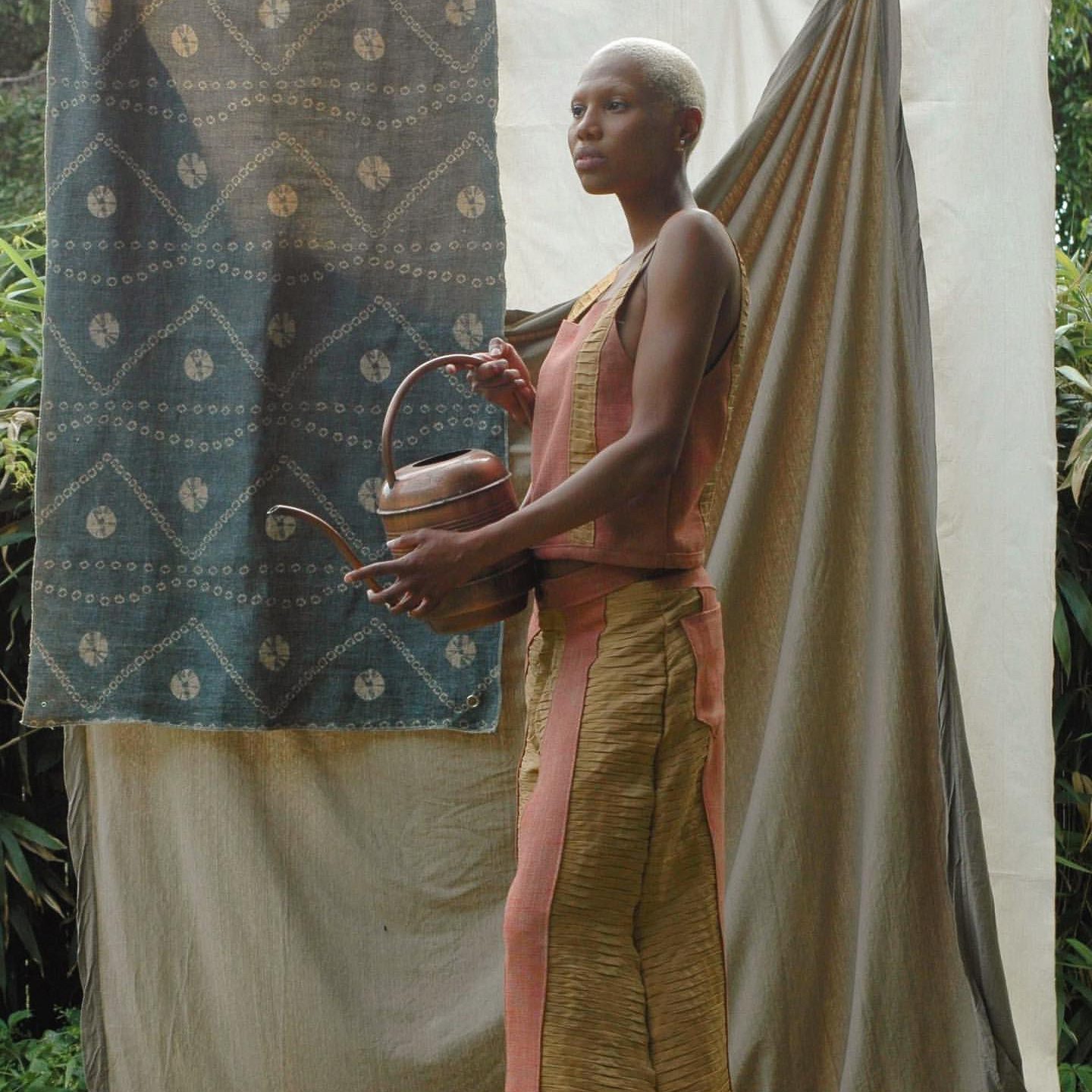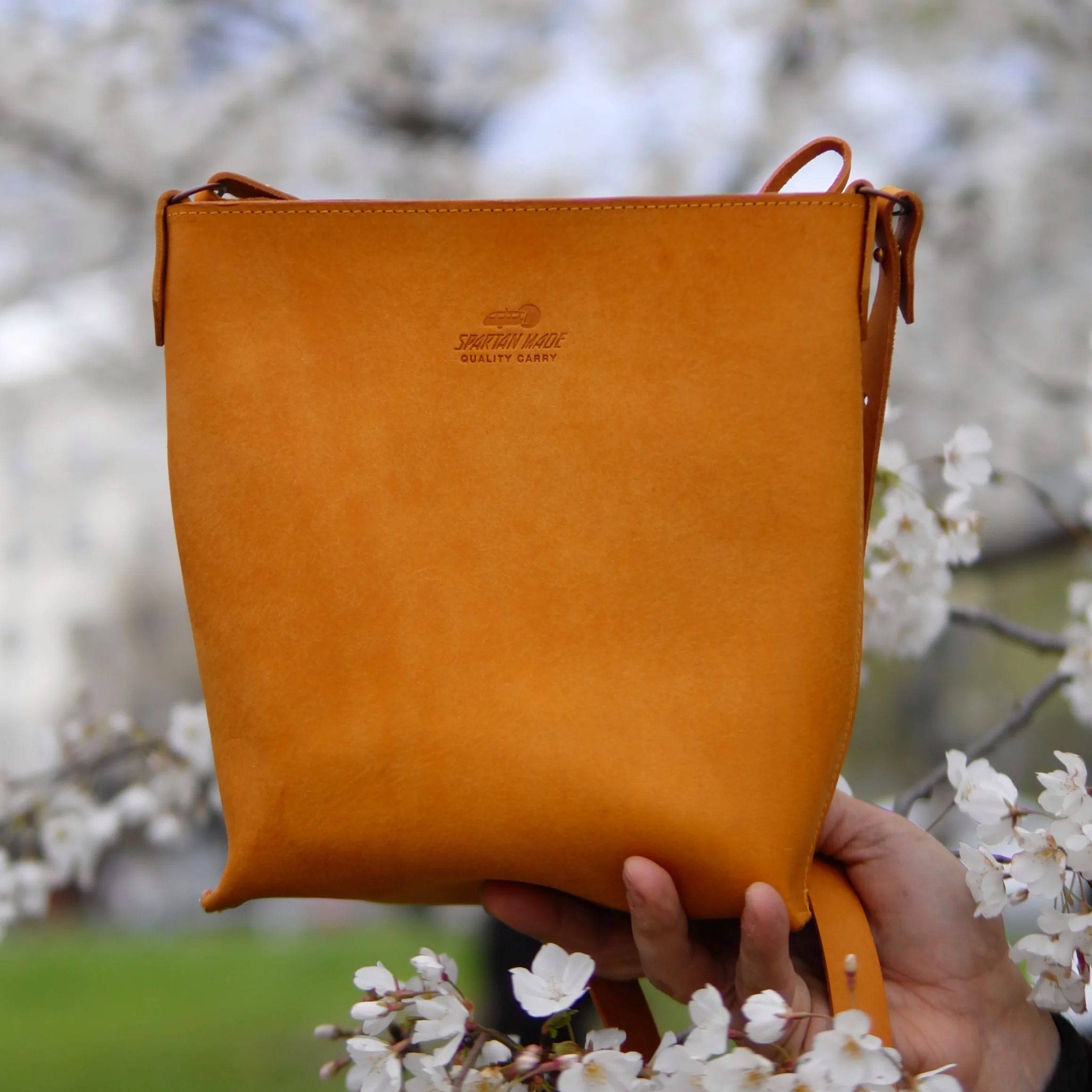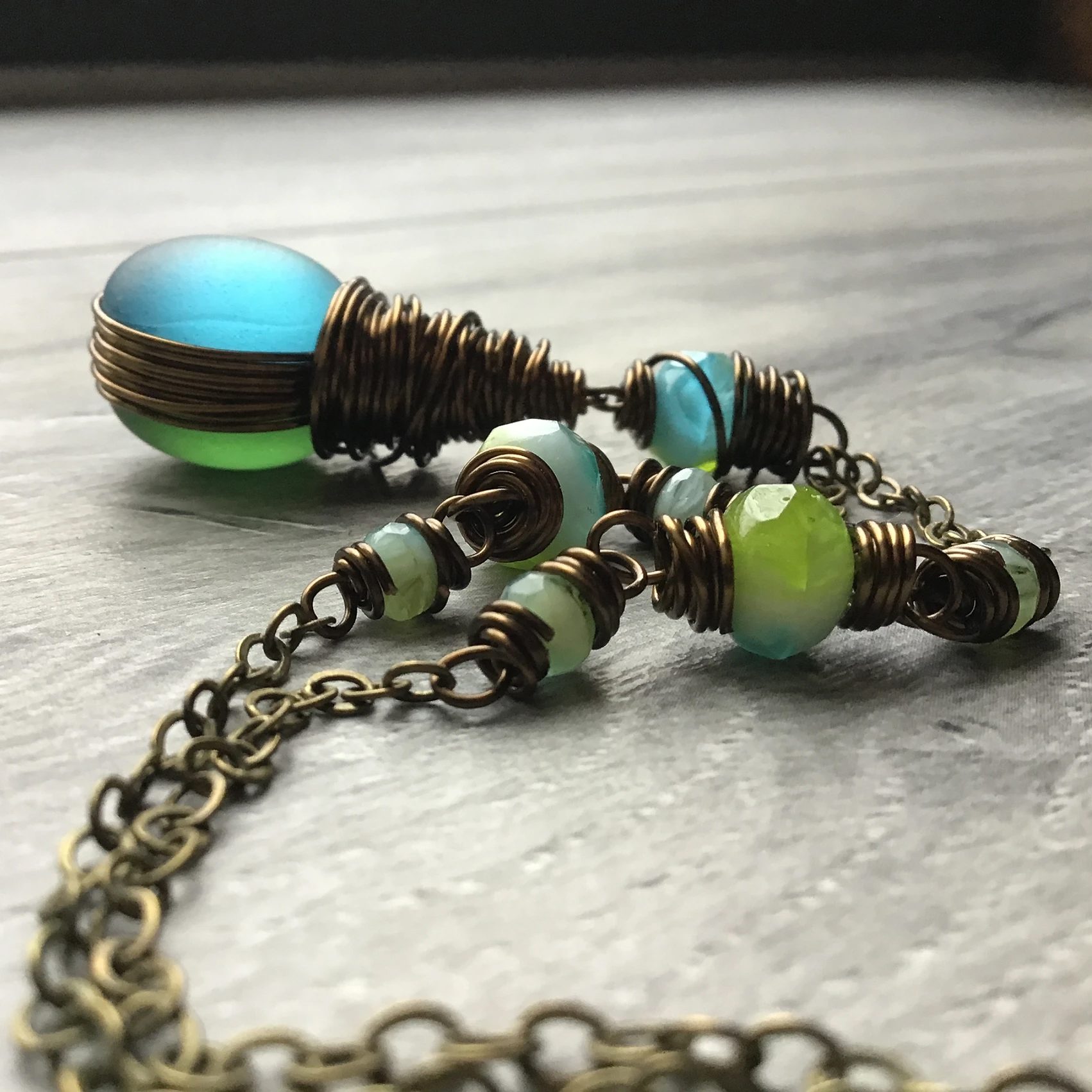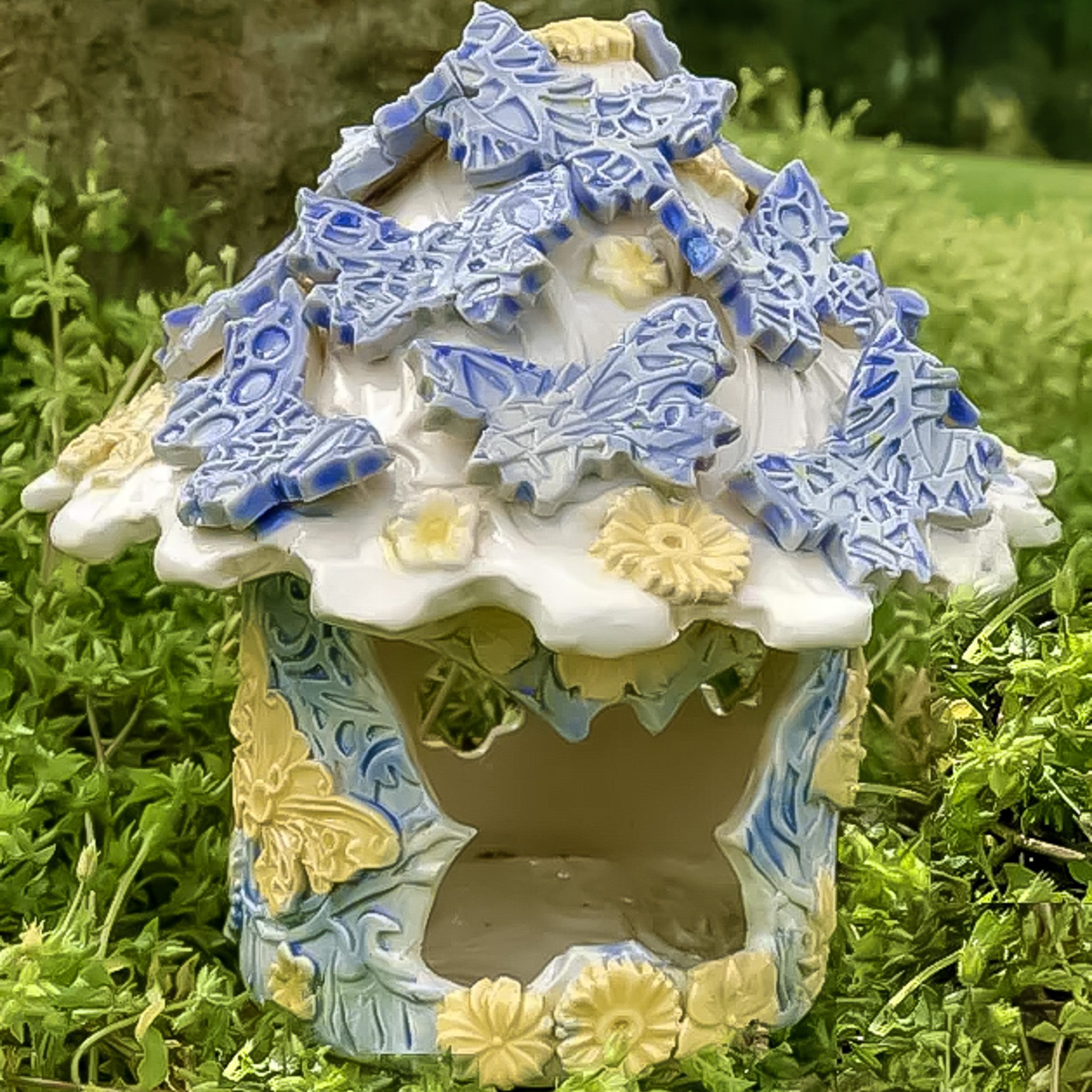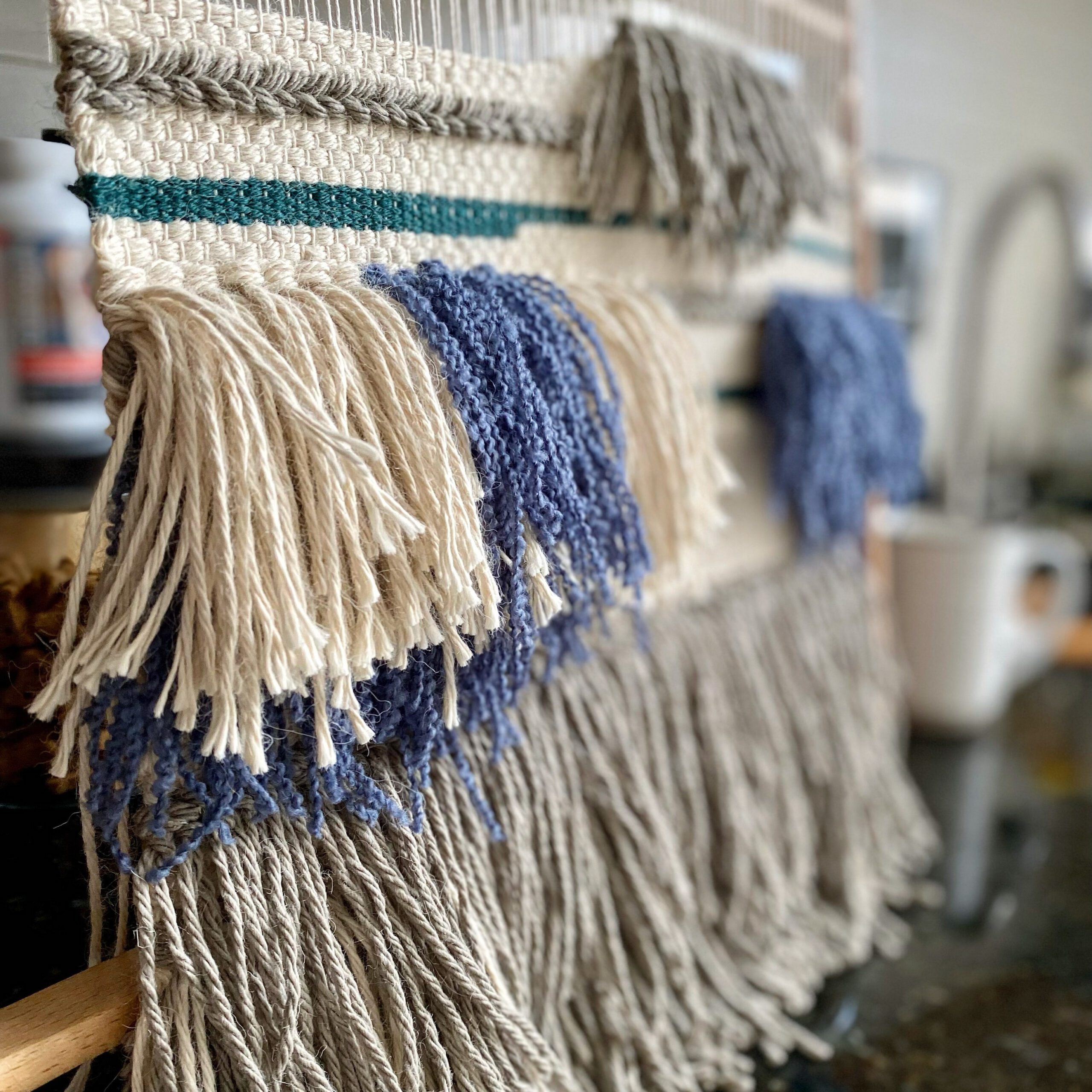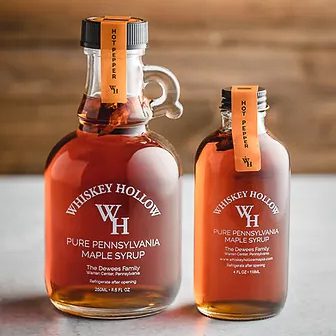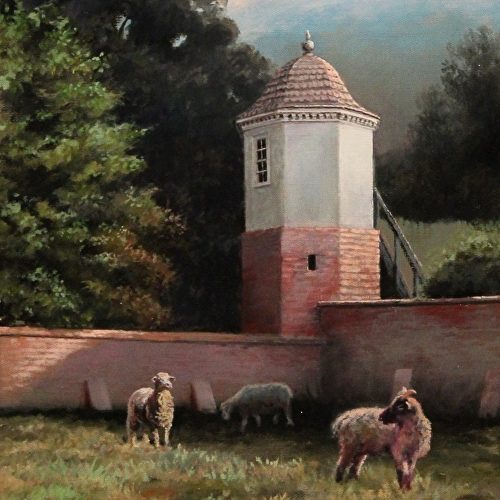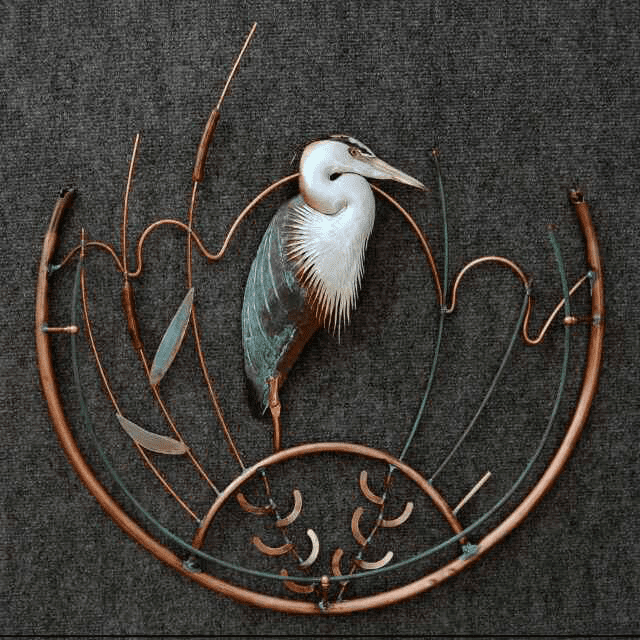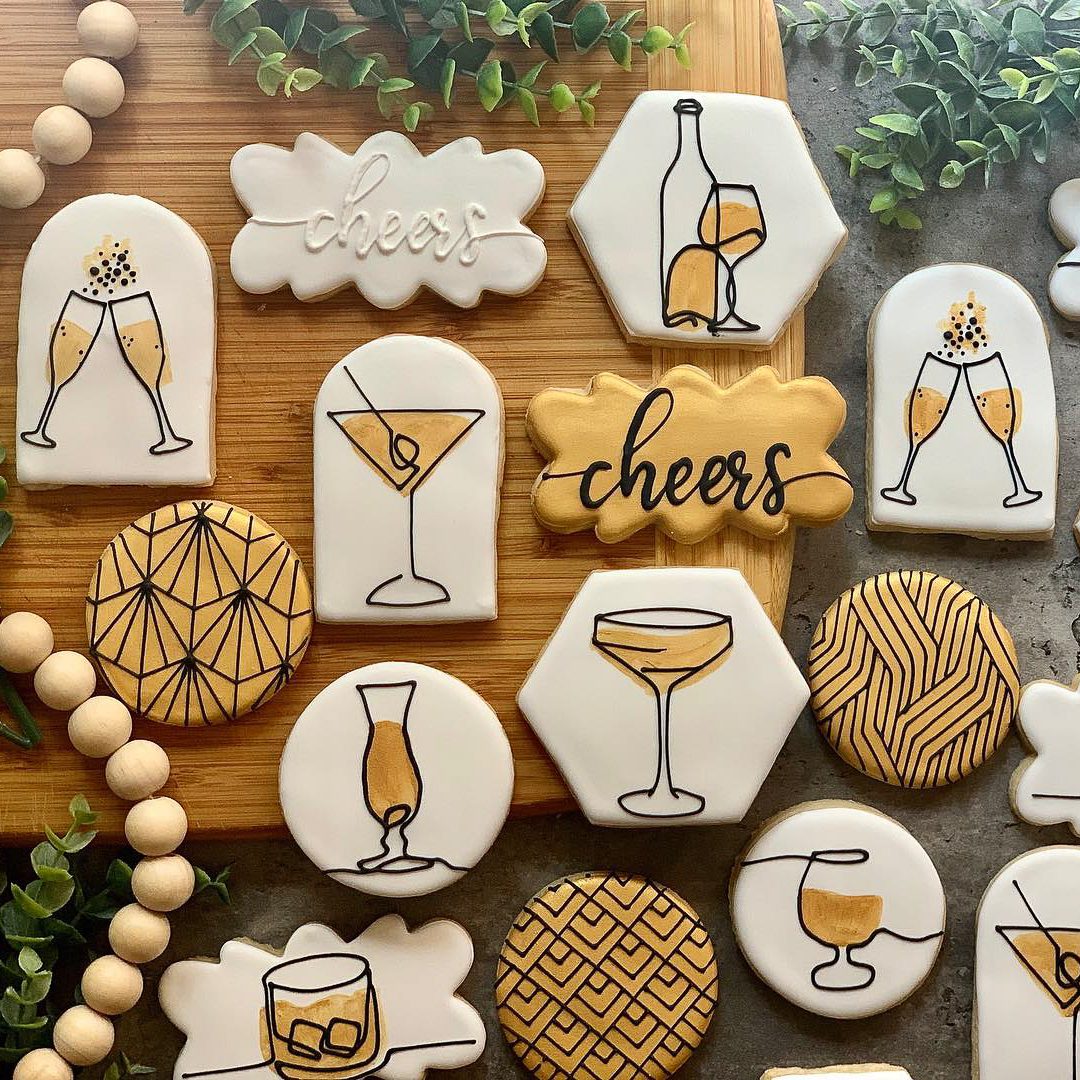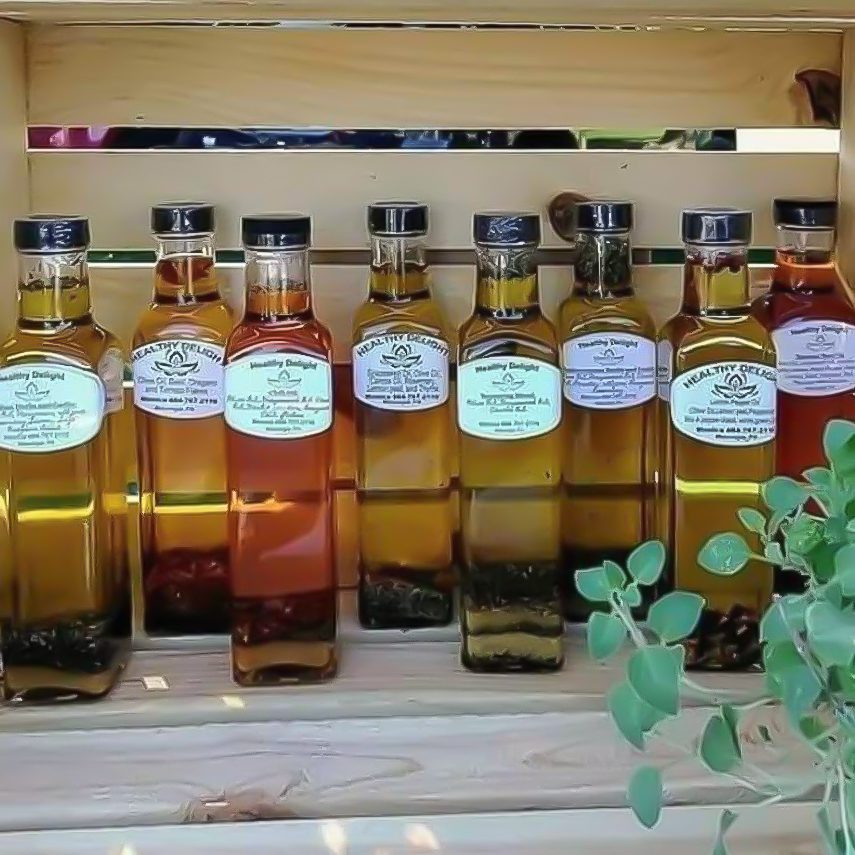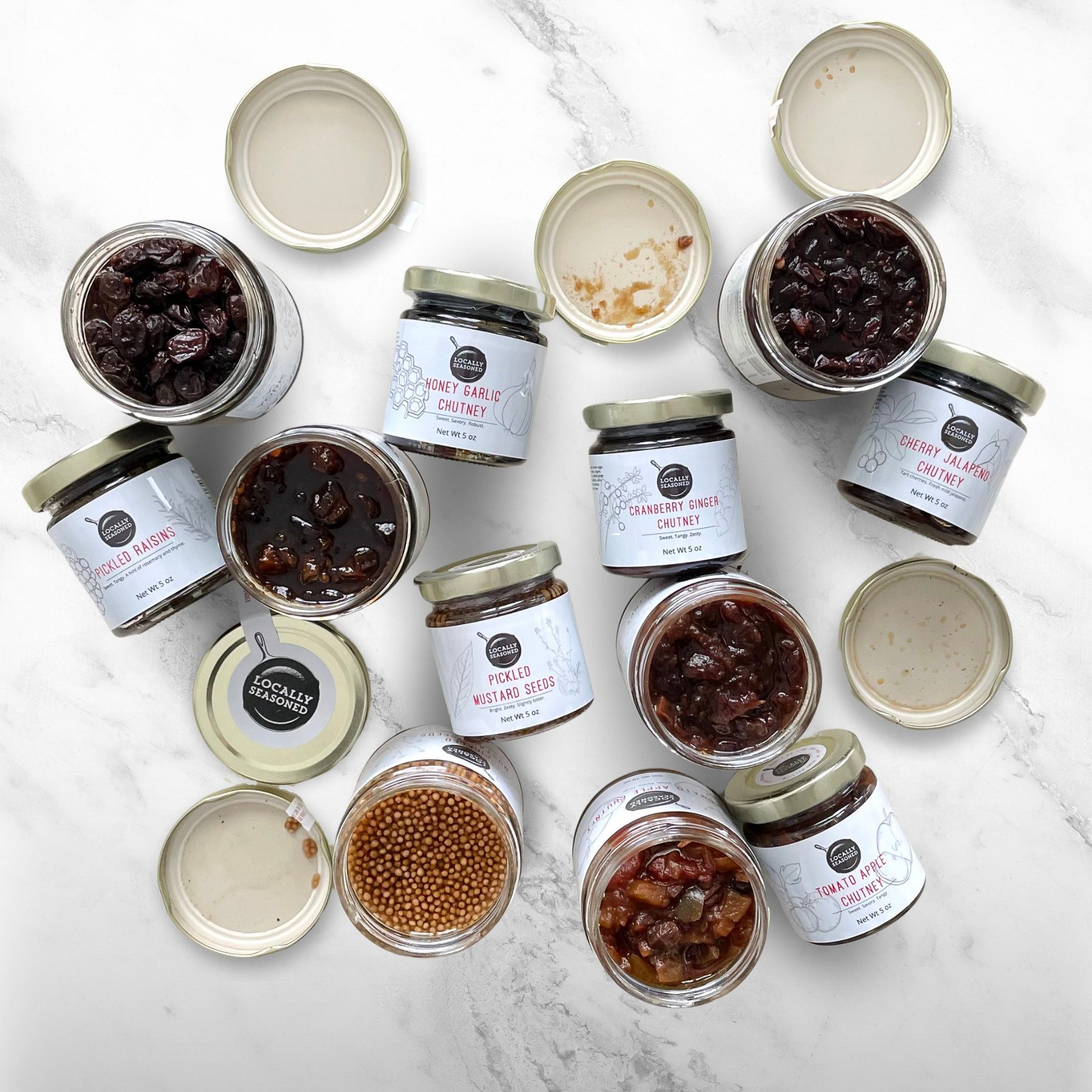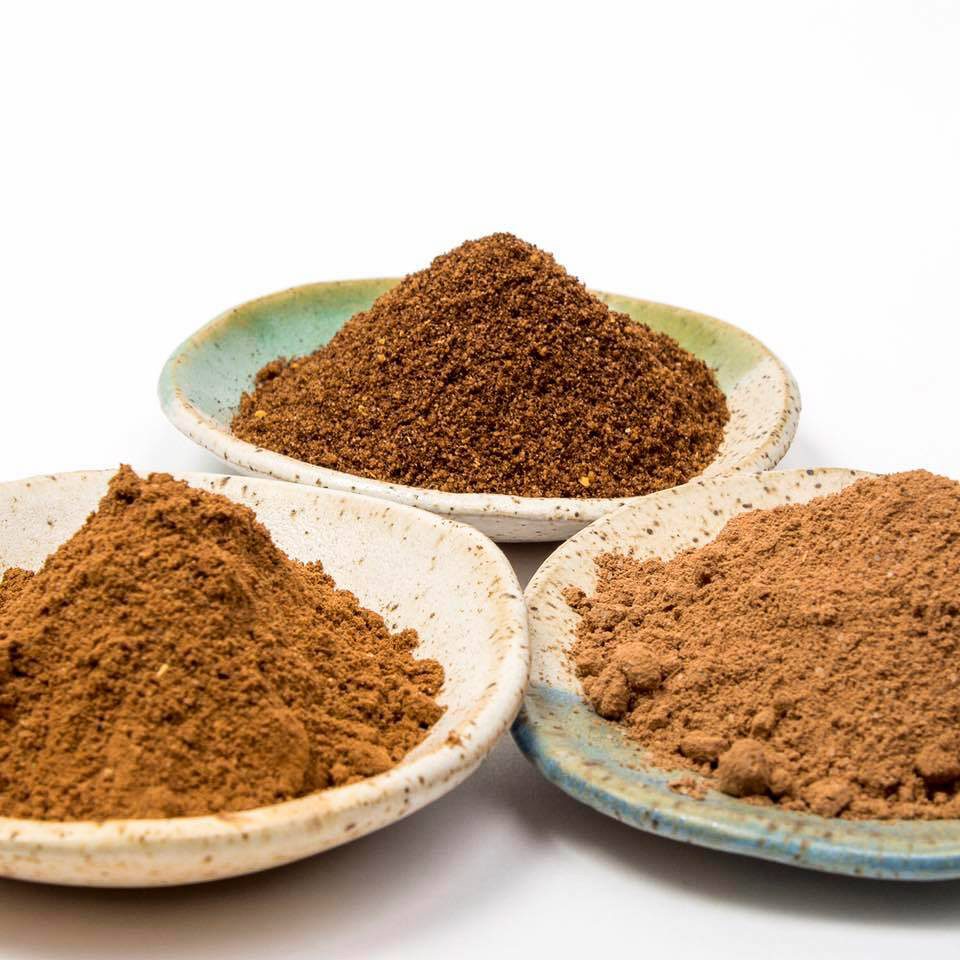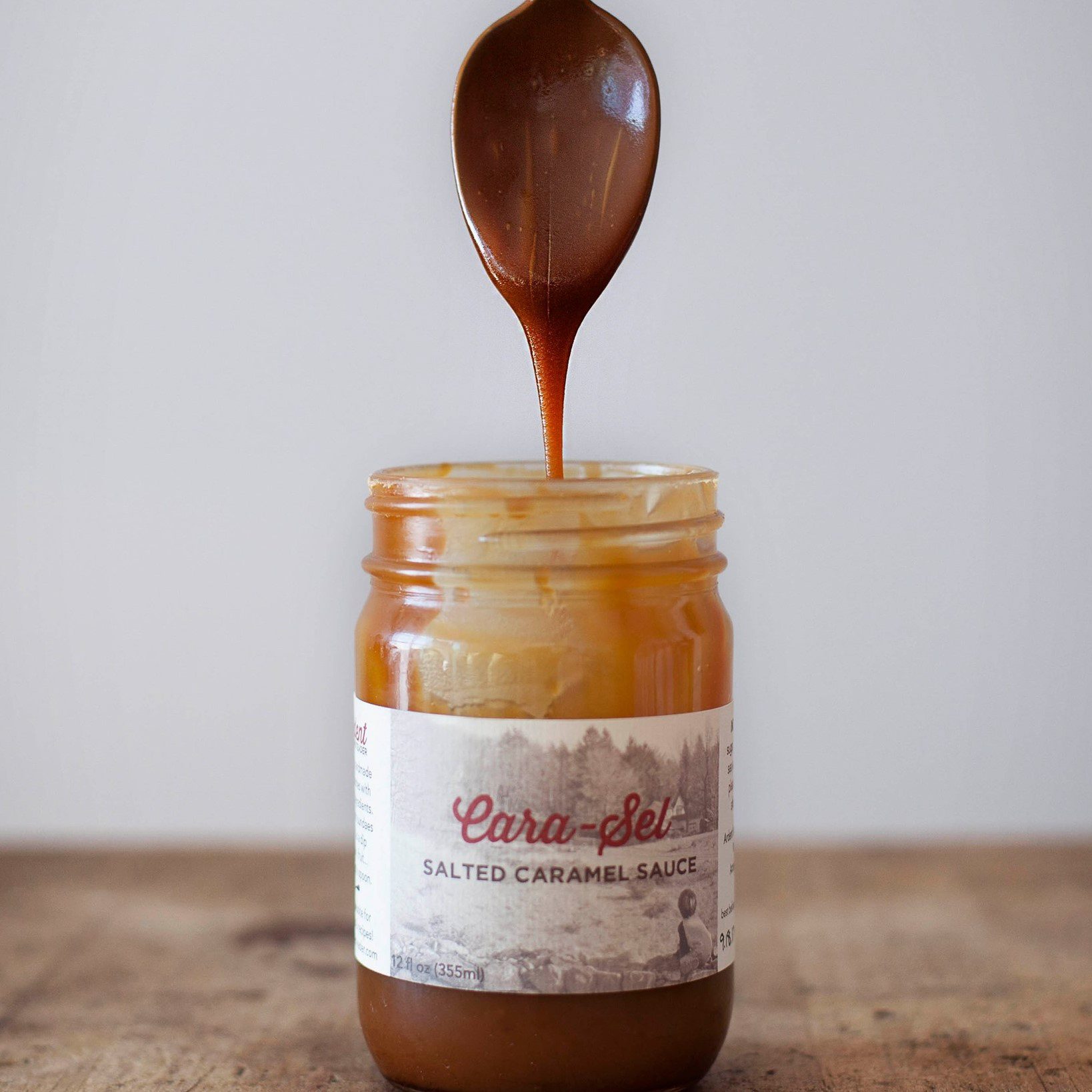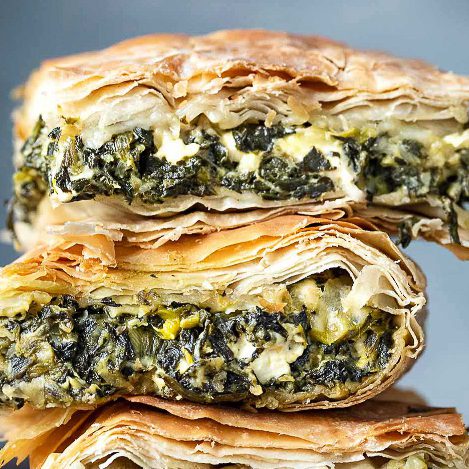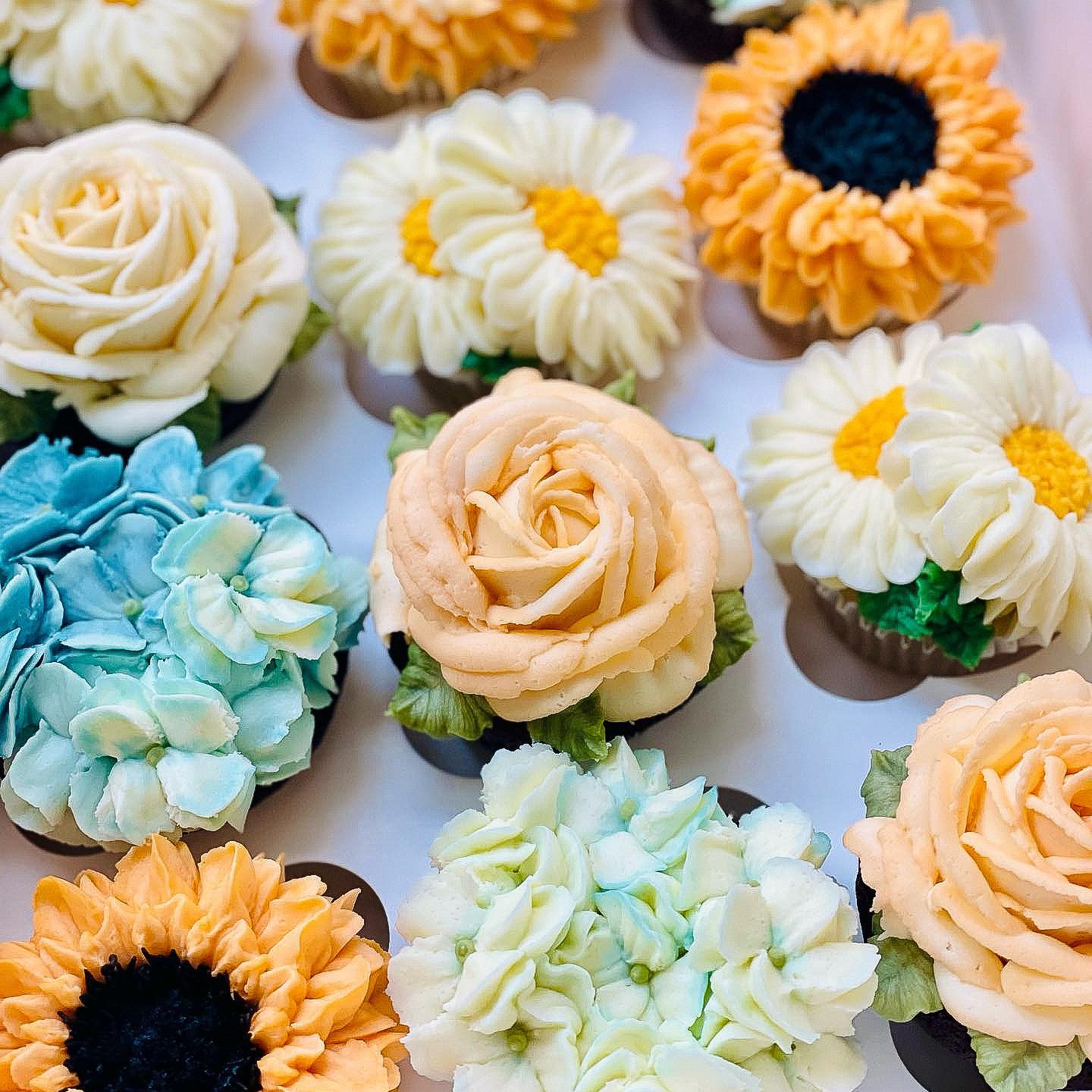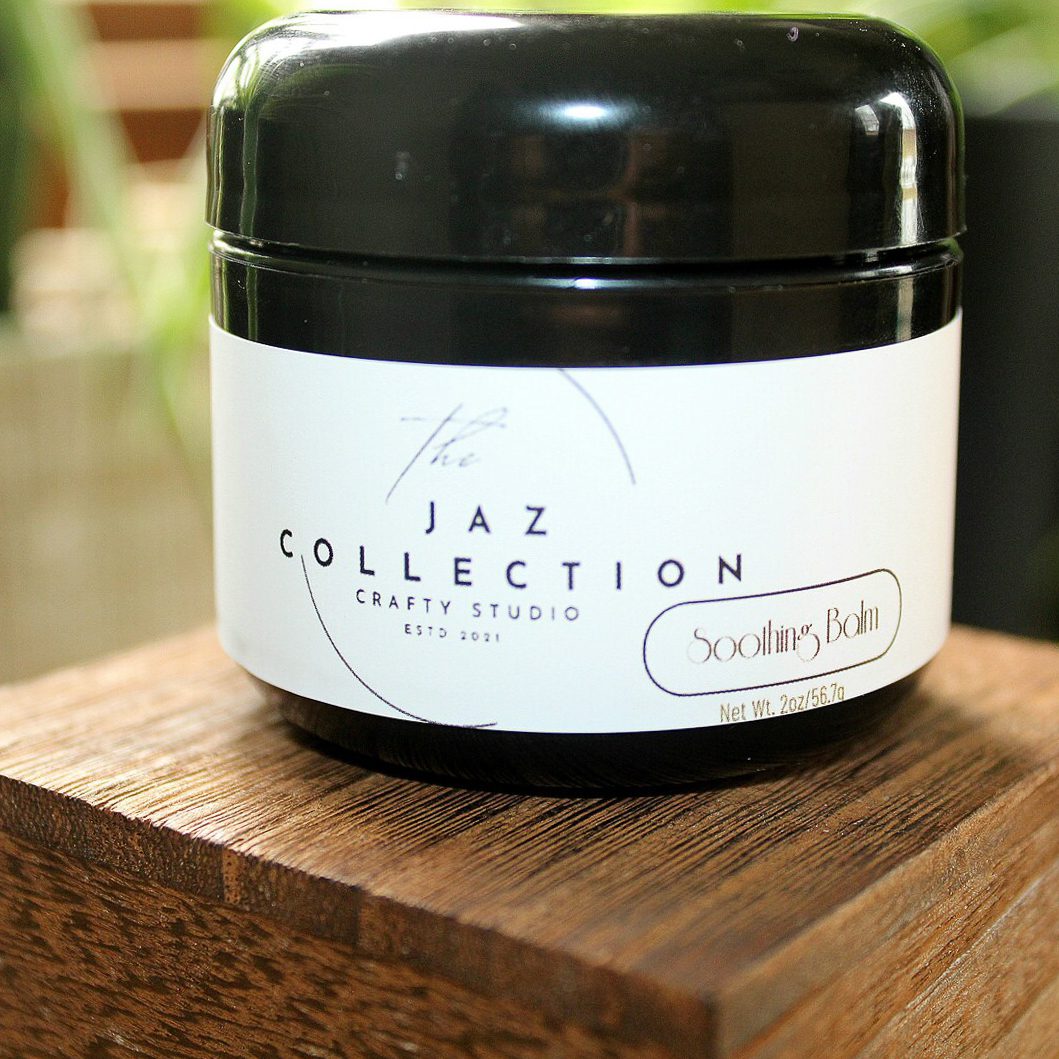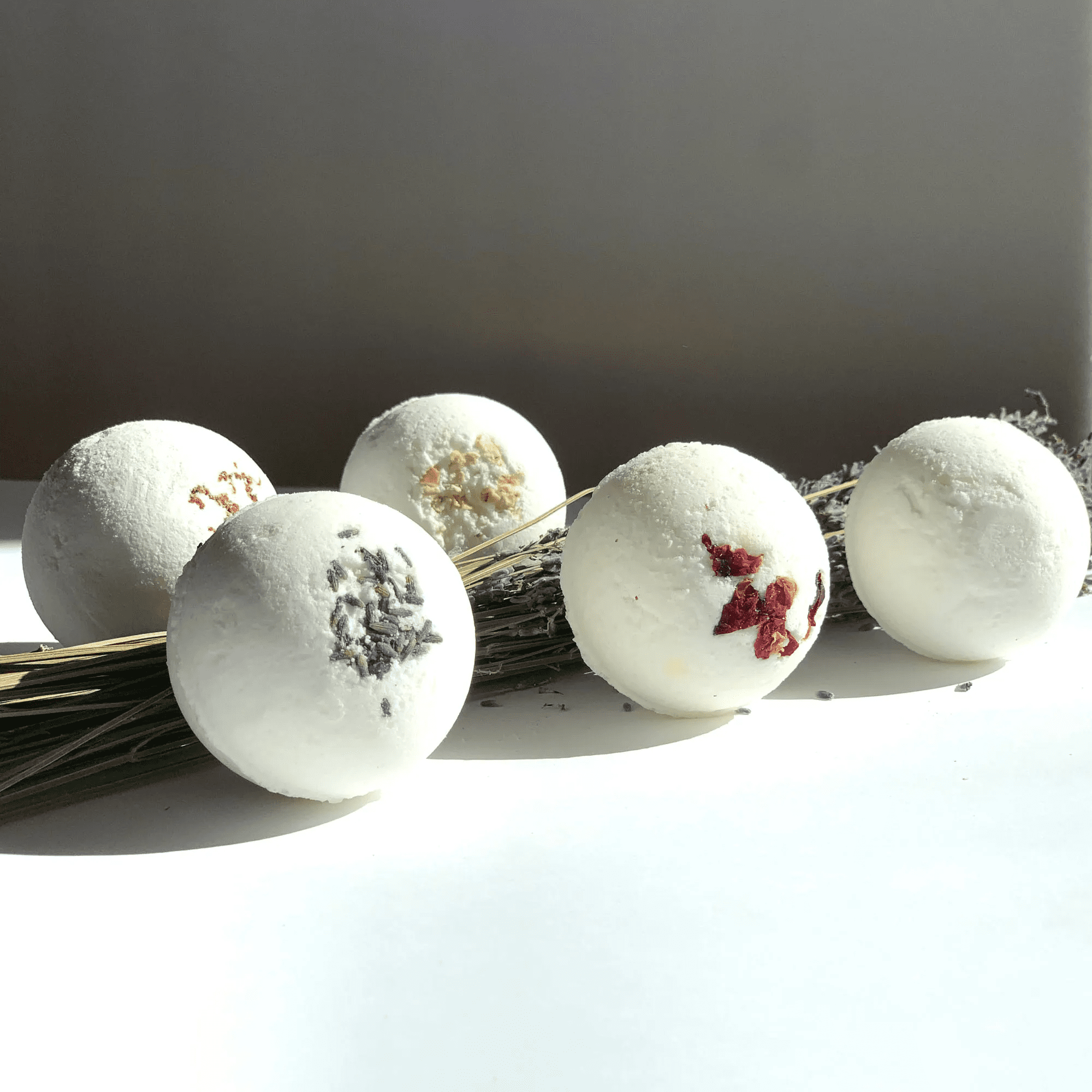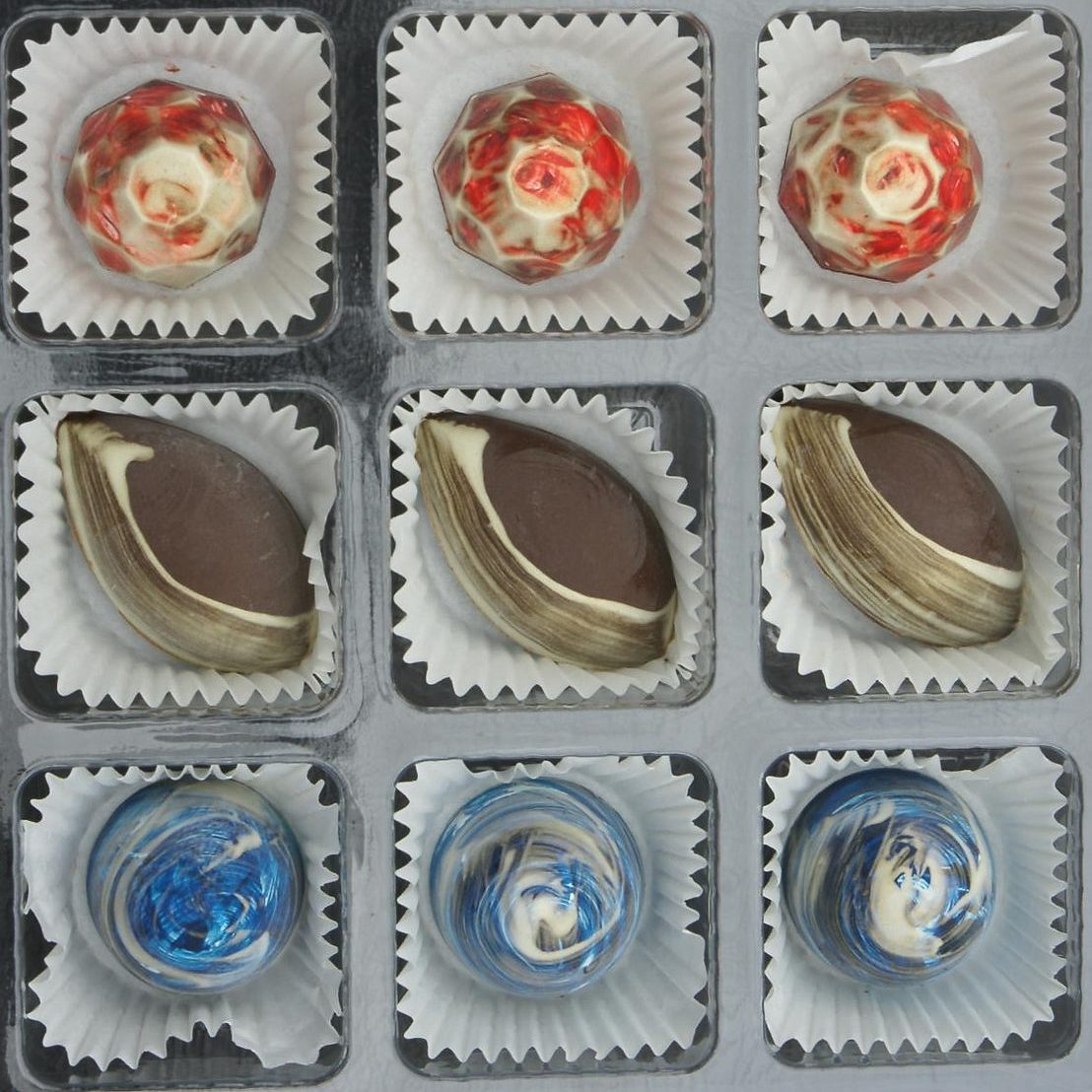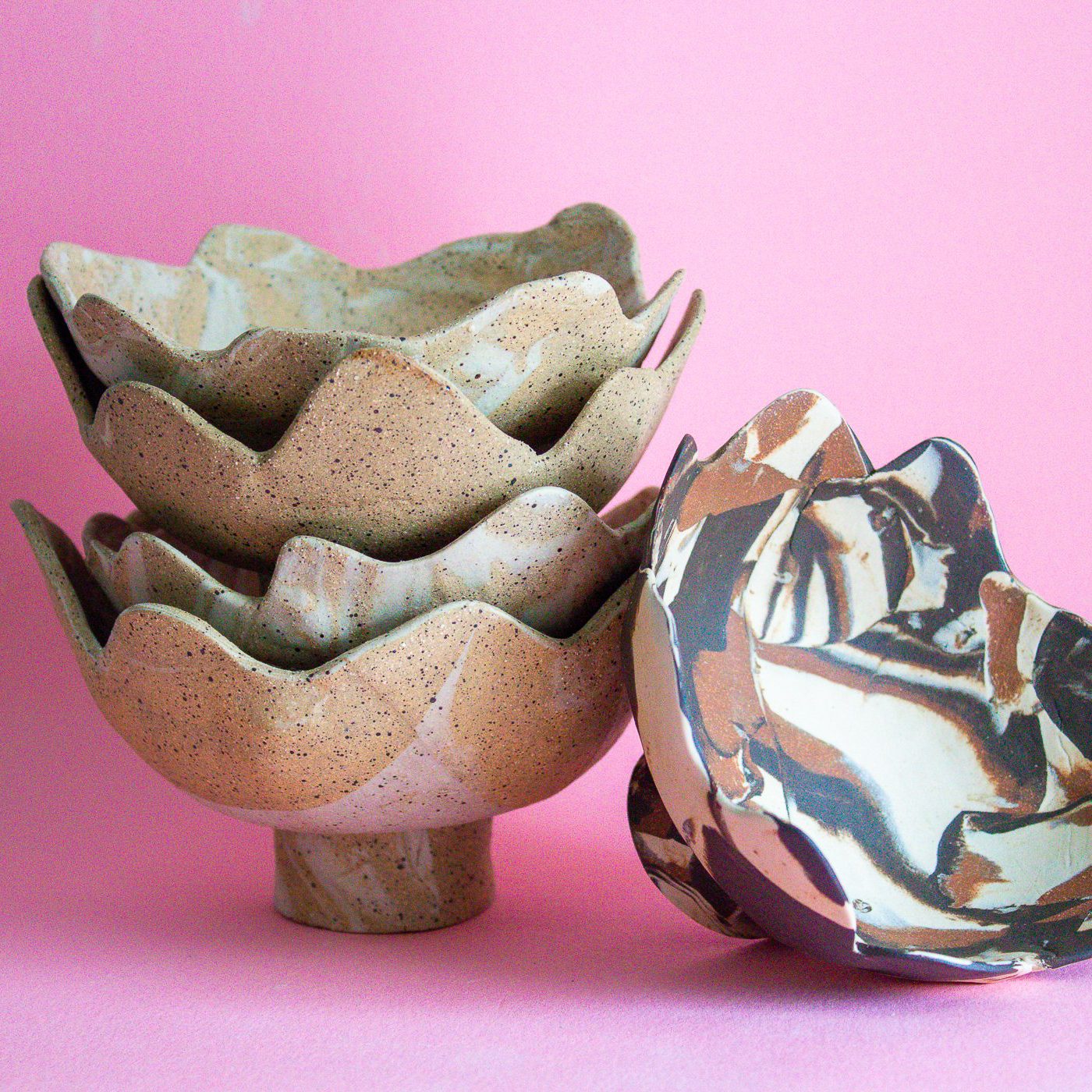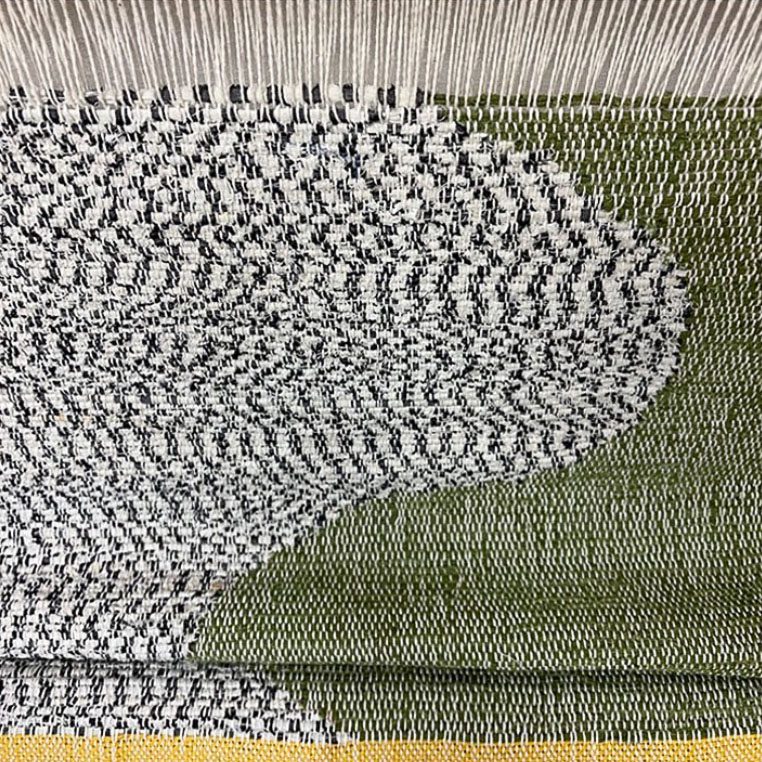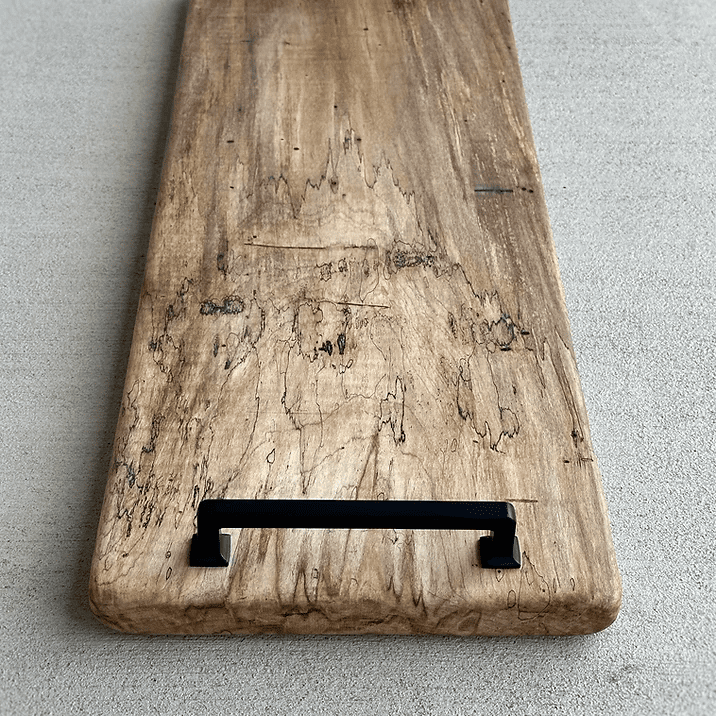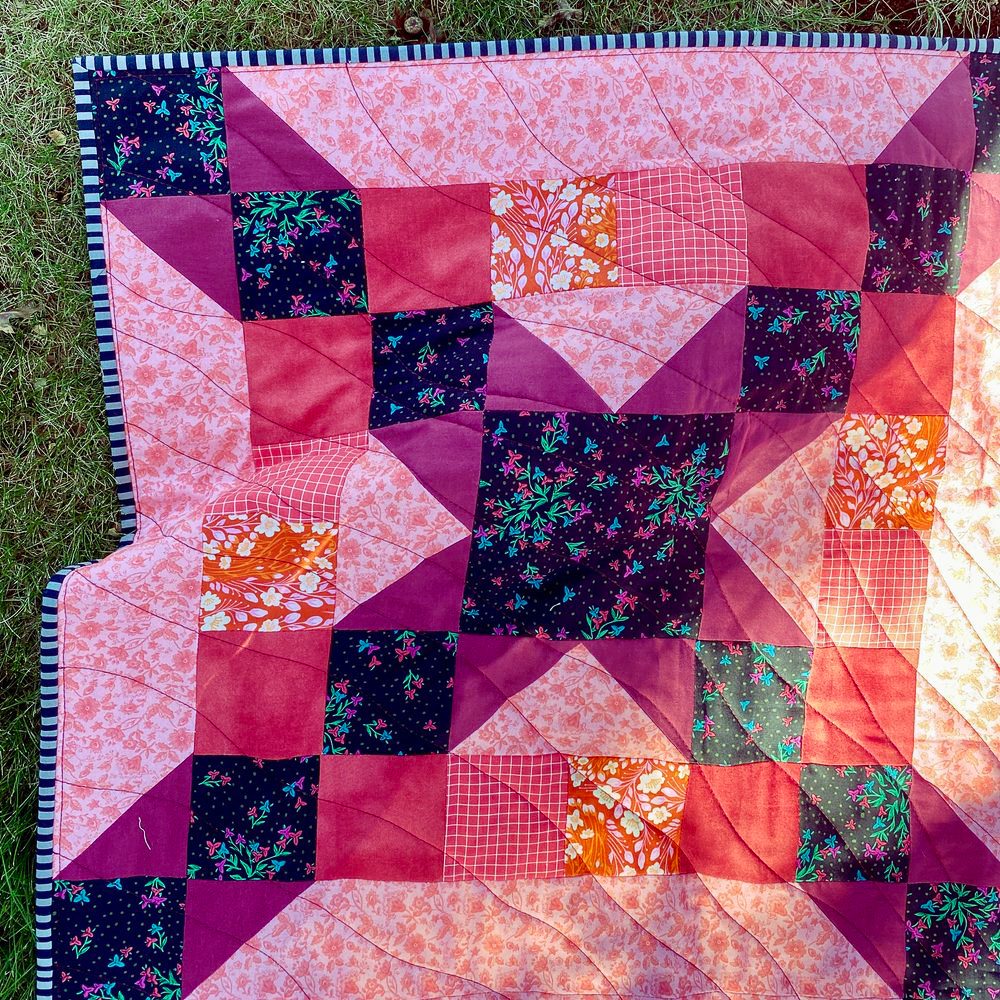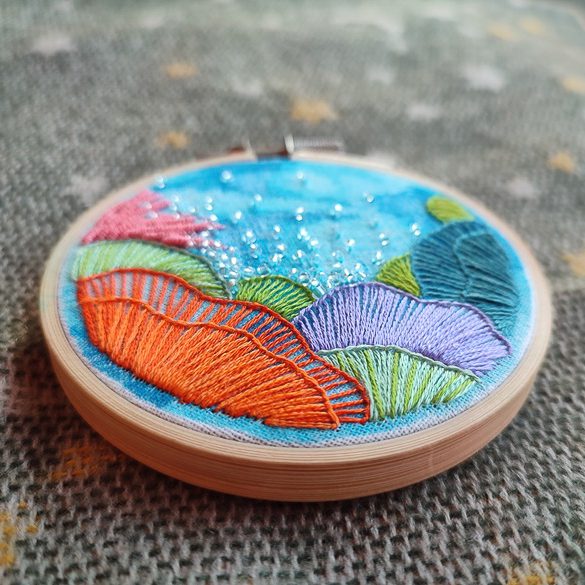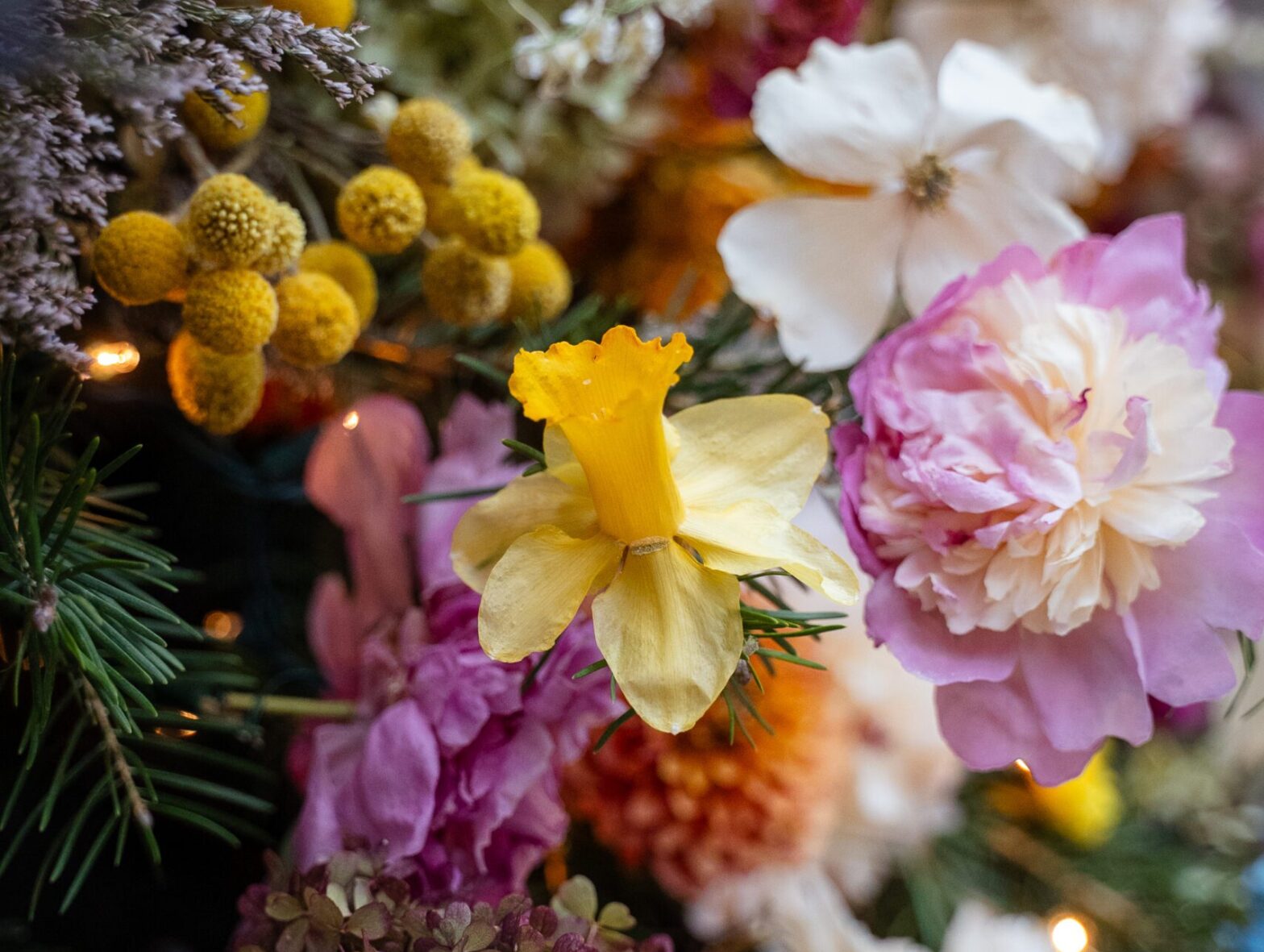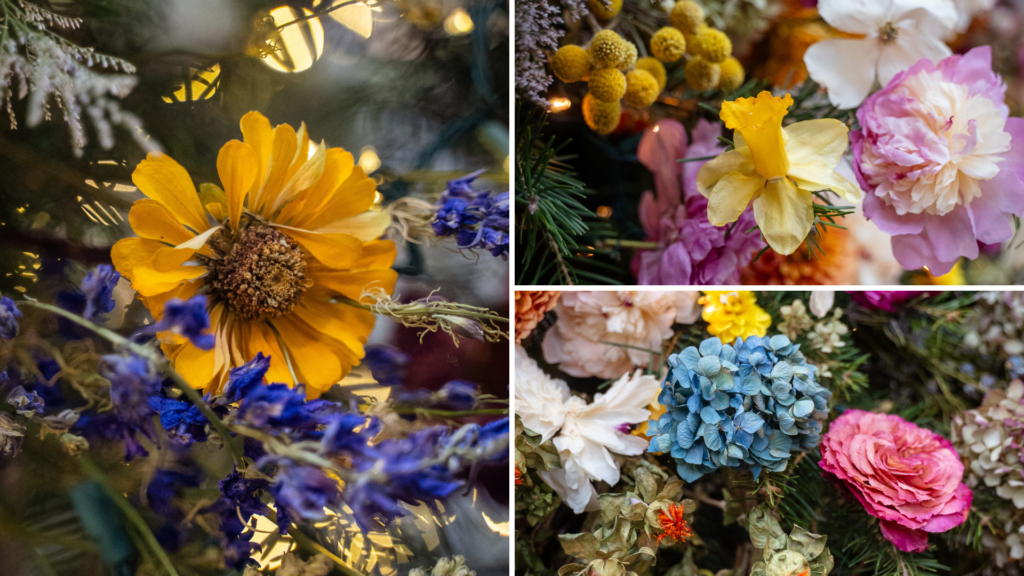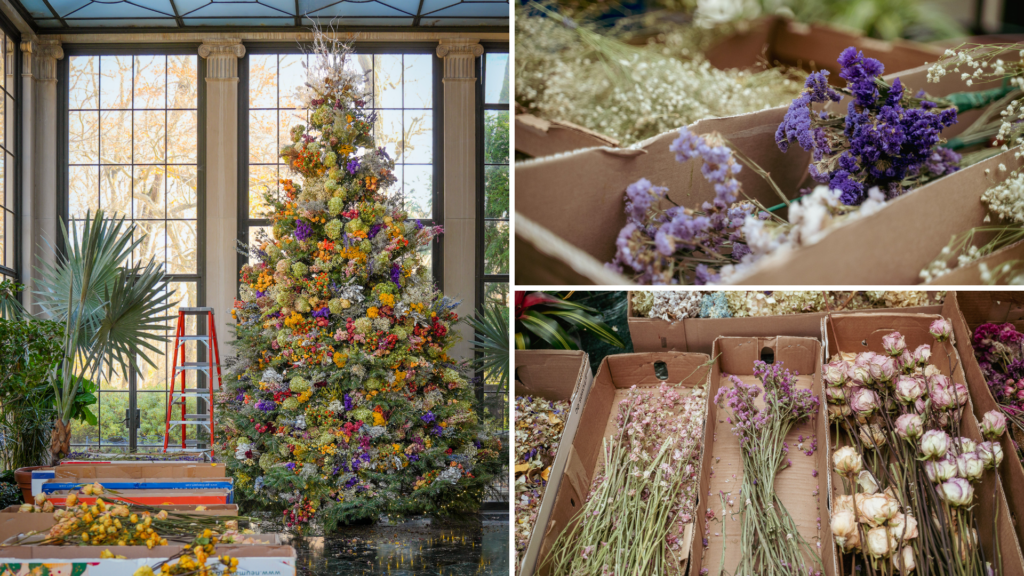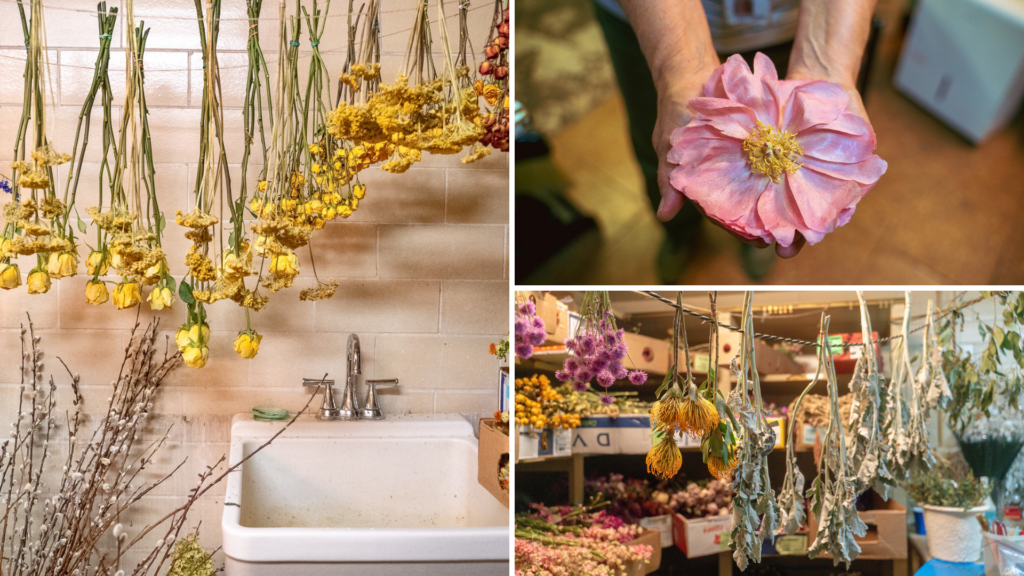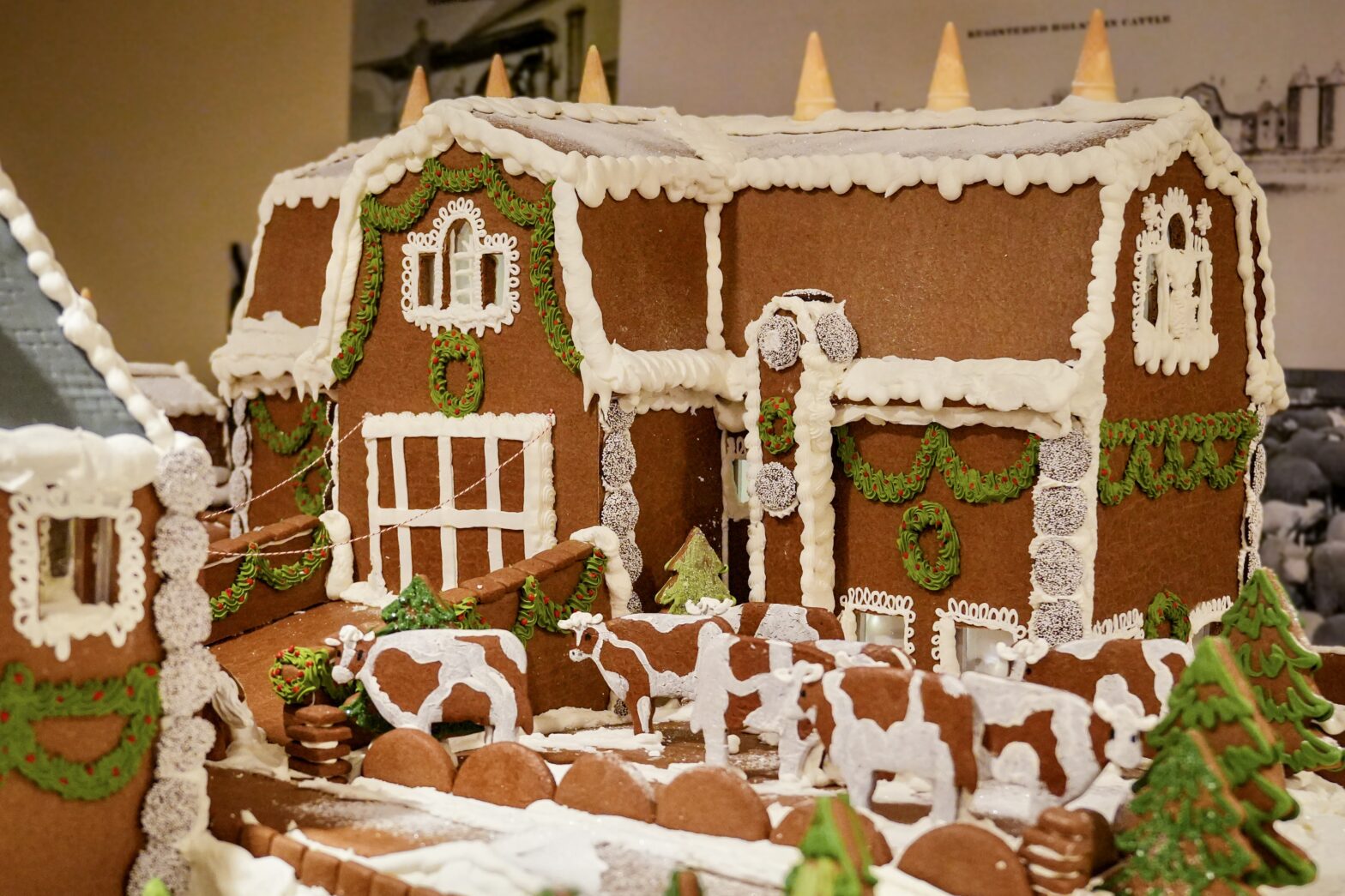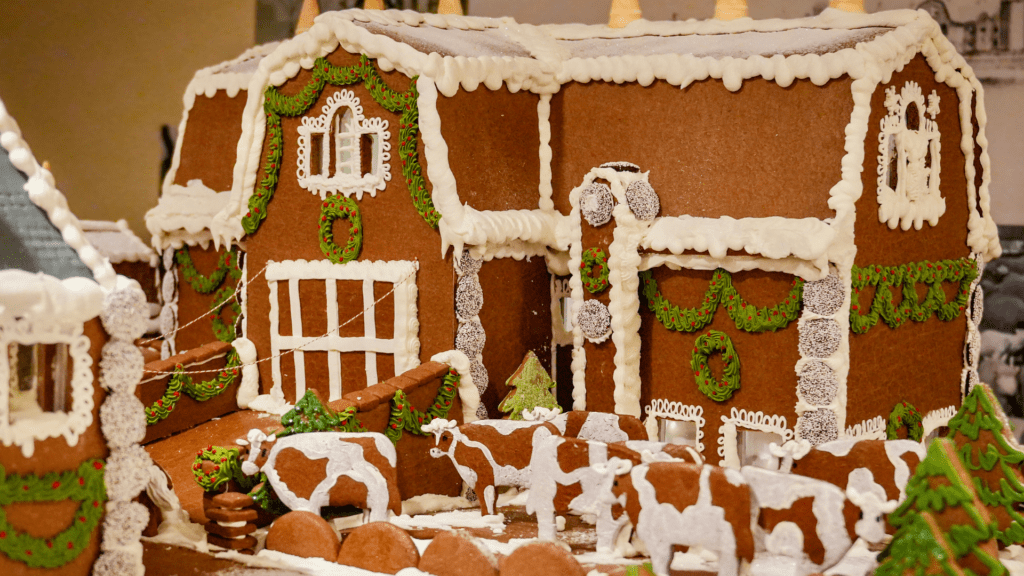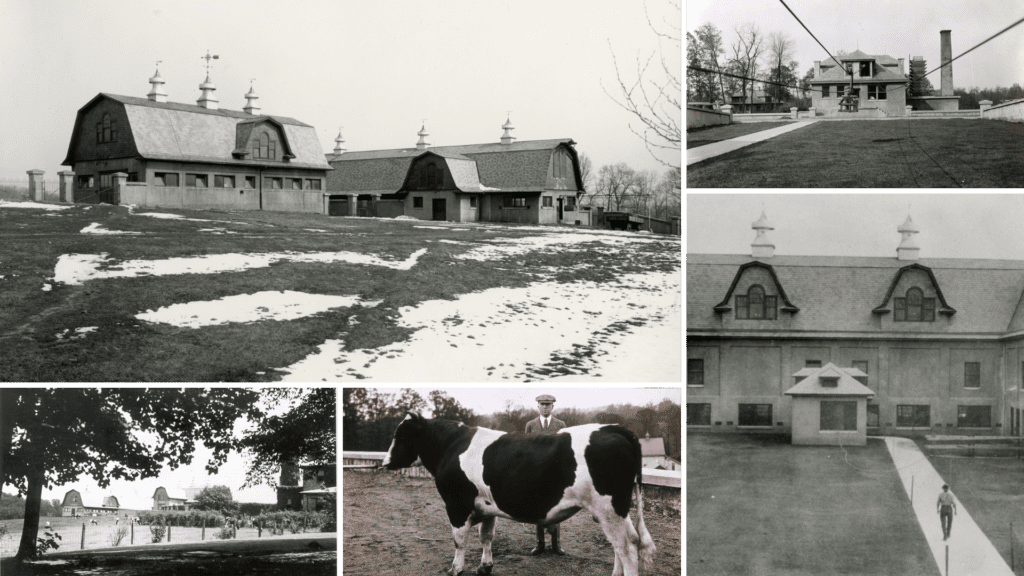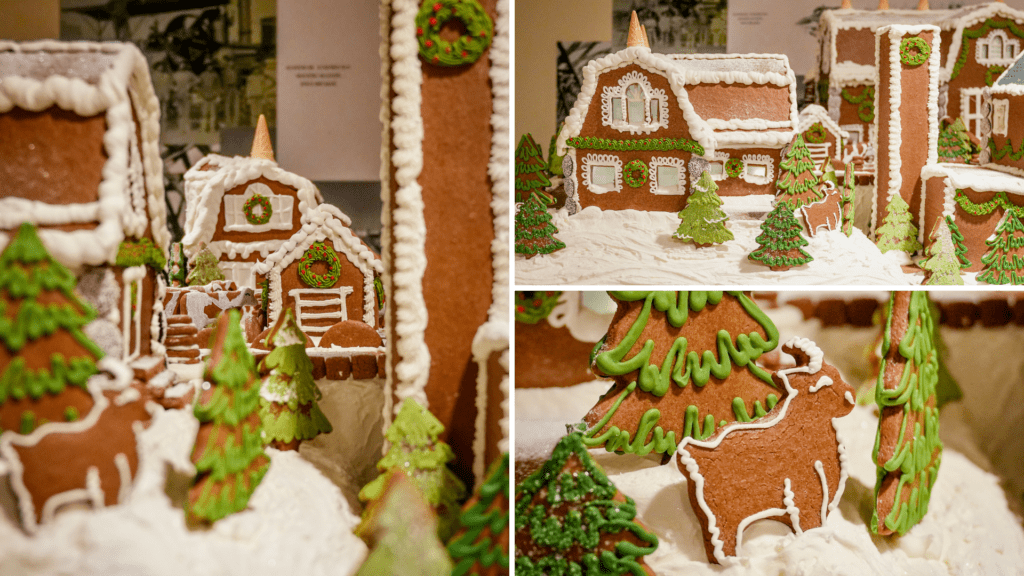Bringing the “Afric-American Picture Gallery” to Life for the First Time: Winterthur Presents Exhibition Inspired by 19th-Century Essay by Black Educator and Journalist
WINTERTHUR, DE (February 5, 2025)—Almost Unknown, The Afric-American Picture Gallery, a new exhibition at Winterthur inspired by a 19th-century essay by William J. Wilson, a free Black journalist and educator, will be on view starting May 3, 2025. Interpreted by curator and historian Jonathan Michael Square, the exhibition presents—for the first time ever—the gallery imagined by Wilson.
Square has assembled drawings, paintings, sculptures, and objects from across the Winterthur collections to represent Wilson’s gallery and Black life in the United States and across the Diaspora. The exhibition is on view May 3, 2025–January 4, 2026.
Wilson’s essay “The Afric-American Picture Gallery” was published in 1859 under the pen name “Ethiop” as a series of installments in the Anglo-African Magazine. It describes an imagined gallery space that Ethiop has curated. He leads a tour of the artworks that both celebrate and critique the experience of free and enslaved Black Americans in the 19th century.
Square was invited to Winterthur to develop an exhibition that aligned with his scholarship and interests, drawing from Winterthur’s collection of nearly 90,000 decorative art objects. This multifaceted exhibition presents Wilson’s envisioned gallery and sheds light on stories that have long been overlooked in American museums and history.
“William J. Wilson’s essay is a curious text that challenges us to consider our past, reflect on our present, and imagine a more inclusive future,” said Square. “The objects visitors will see may not be the exact ones that Wilson described. Instead, they reflect my reading of the text and its relevance today as it is revealed in the Winterthur collection.”
Almost Unknown brings to light what Wilson’s essay described as an “almost unknown Gallery” by sharing objects from Winterthur’s collection. They include a silhouette attributed to Moses Williams, a modest trivet made in early America in the form of an African symbol, and copies of Harriet Beecher Stowe’s Uncle Tom’s Cabin and Phillis Wheatley’s Poems on Various Subjects, among others.
Jonathan Michael Square is assistant professor of Black Visual Culture at Parsons School of Design. He holds a Ph.D. from New York University, an M.A. from the University of Texas at Austin, and a B.A. from Cornell University. He was previously a lecturer in the Committee on Degree in History and Literature at Harvard University and a fellow in the Costume Institute at the Metropolitan Museum of Art. He curated Past is Present: Black Artists Respond to the Complicated Histories of Slavery at the Herron School of Art and Design (2022–23), Freedom from Truth: Self Portraits of Nell Painter (2019–20), Odalisque Atlas: White History as Told Through Art (2019–20), and Slavery in the Hands of Harvard (2019). He has been published extensively in academic journals and popular press. A proponent in the power of social media as a platform for radical pedagogy, Square founded and runs the digital humanities project Fashioning the Self in Slavery and Freedom.
A special house tour will highlight Square’s interpretation of the essay. In addition, the symposium Looking Back to the Future: Realizing “The Afric-American Picture Gallery” will take place at Winterthur on November 14 and 15, 2025. The symposium is designed to engage a diverse audience including educators at both college and secondary levels, museum professionals, scholars and enthusiasts of African American history, and the wider community. The keynote speaker will be Fred Wilson, curator of Mining the Museum, the seminal 1992 exhibition at what is now the Maryland Center for History and Culture. Wilson used that museum’s collections to confront and challenge perceptions about history, culture, and race, and the installation continues to influence scholars and museum professionals today.
# # #
ABOUT WINTERTHUR MUSEUM, GARDEN & LIBRARY
Winterthur—known worldwide for its preeminent collection of American decorative arts, naturalistic garden, and research library for the study of American art and material culture—offers a variety of tours, exhibitions, programs, and activities throughout the year. Admission includes an introductory house tour, exhibitions, a narrated tram ride (weather and space permitting), and the Winterthur Garden.
Winterthur is located on Route 52, six miles northwest of Wilmington, Delaware, and five miles south of U.S. Route 1. Winterthur is committed to accessible programming for all. For information, including special services, call 800.448.3883 or visit winterthur.org. Winterthur is closed seasonally from early January through late February.
Contact: Lisa McVey
lmcvey@winterthur.org
302.888.4803 O 484.888.1727 M

